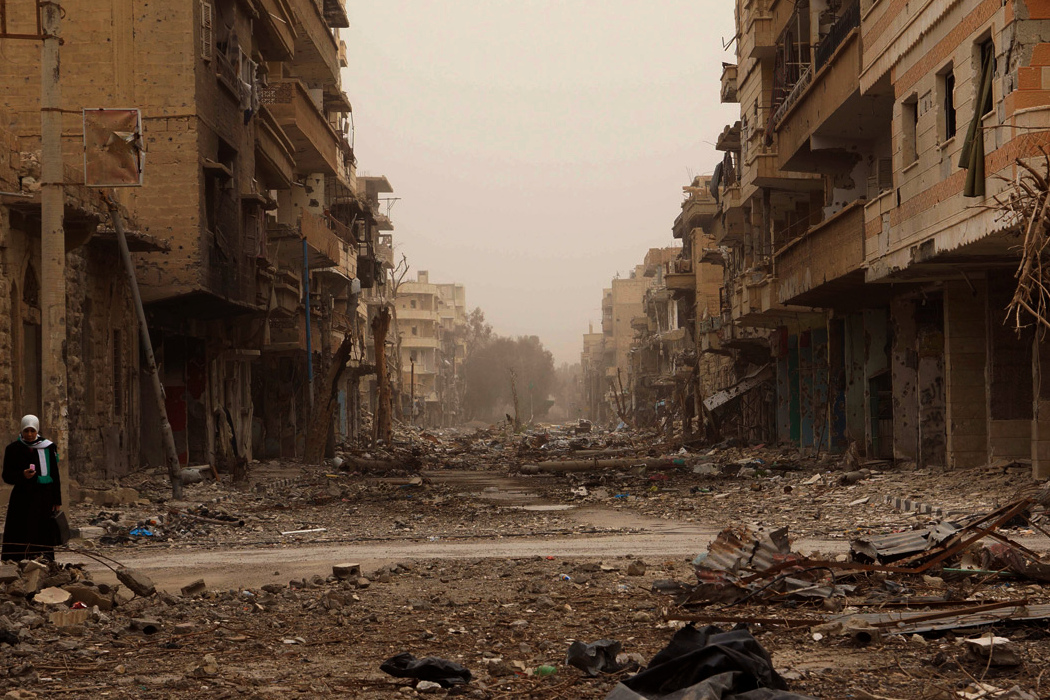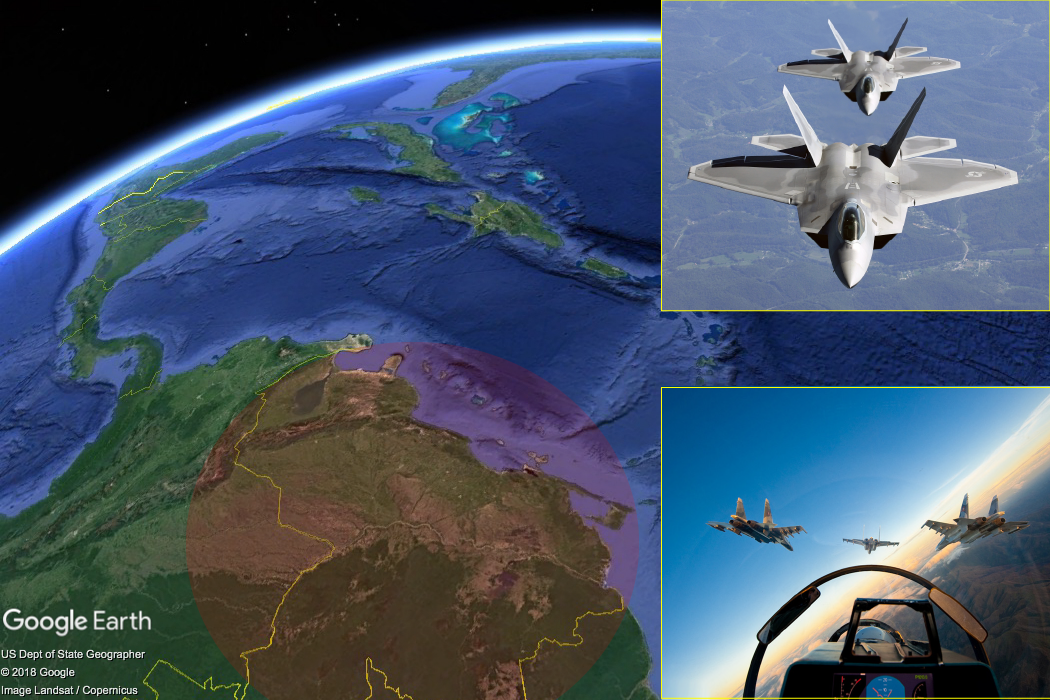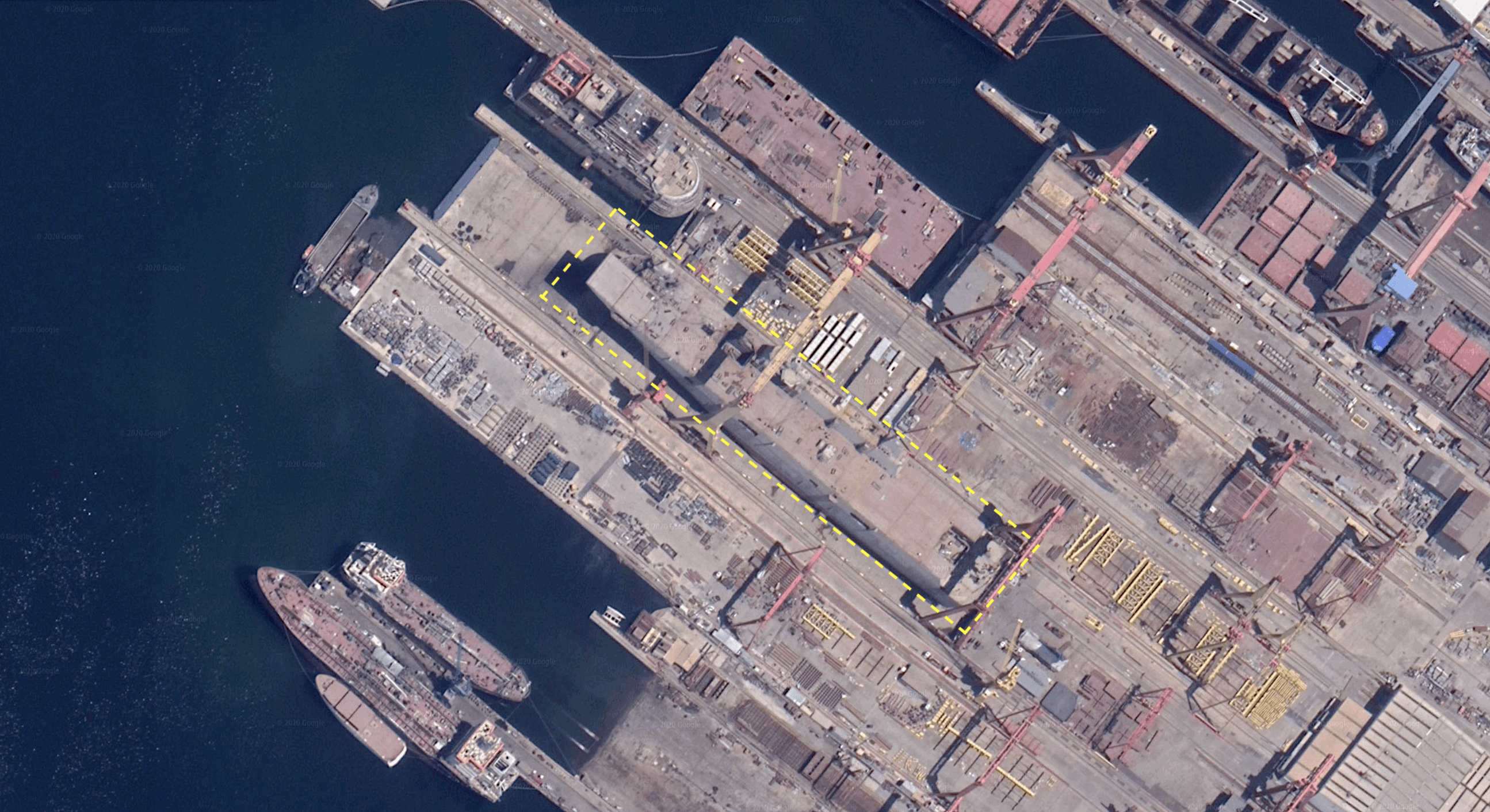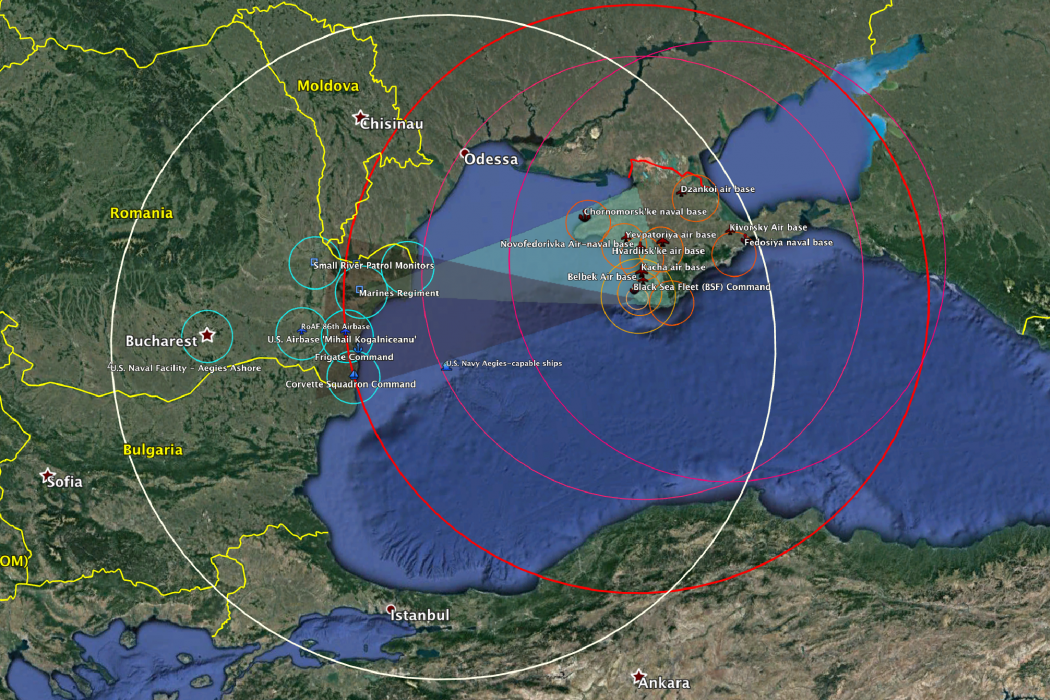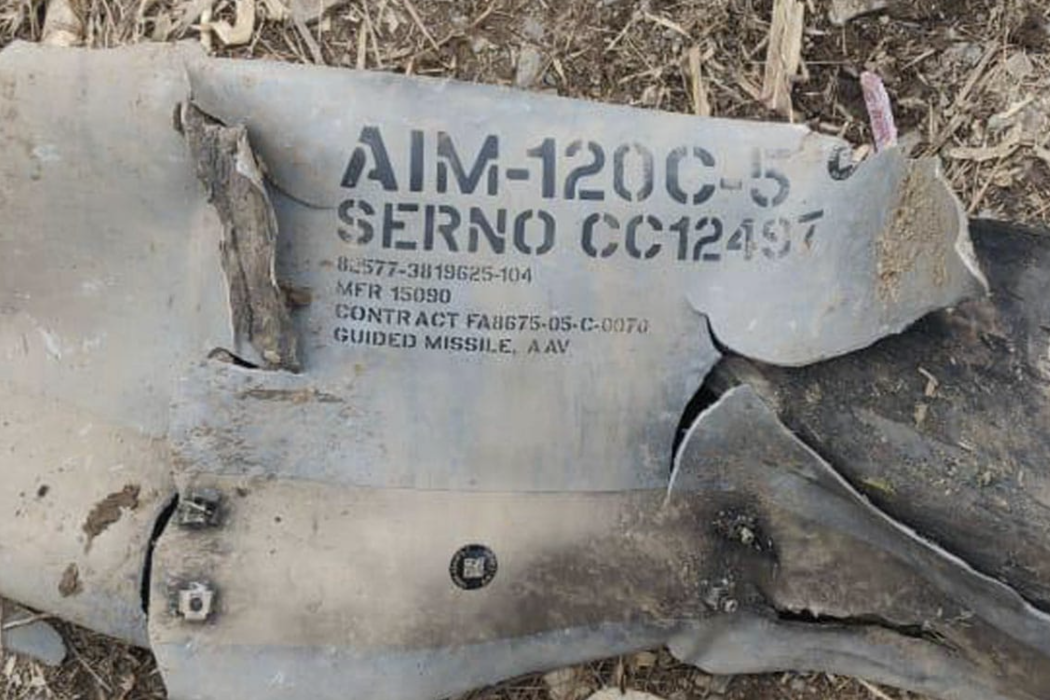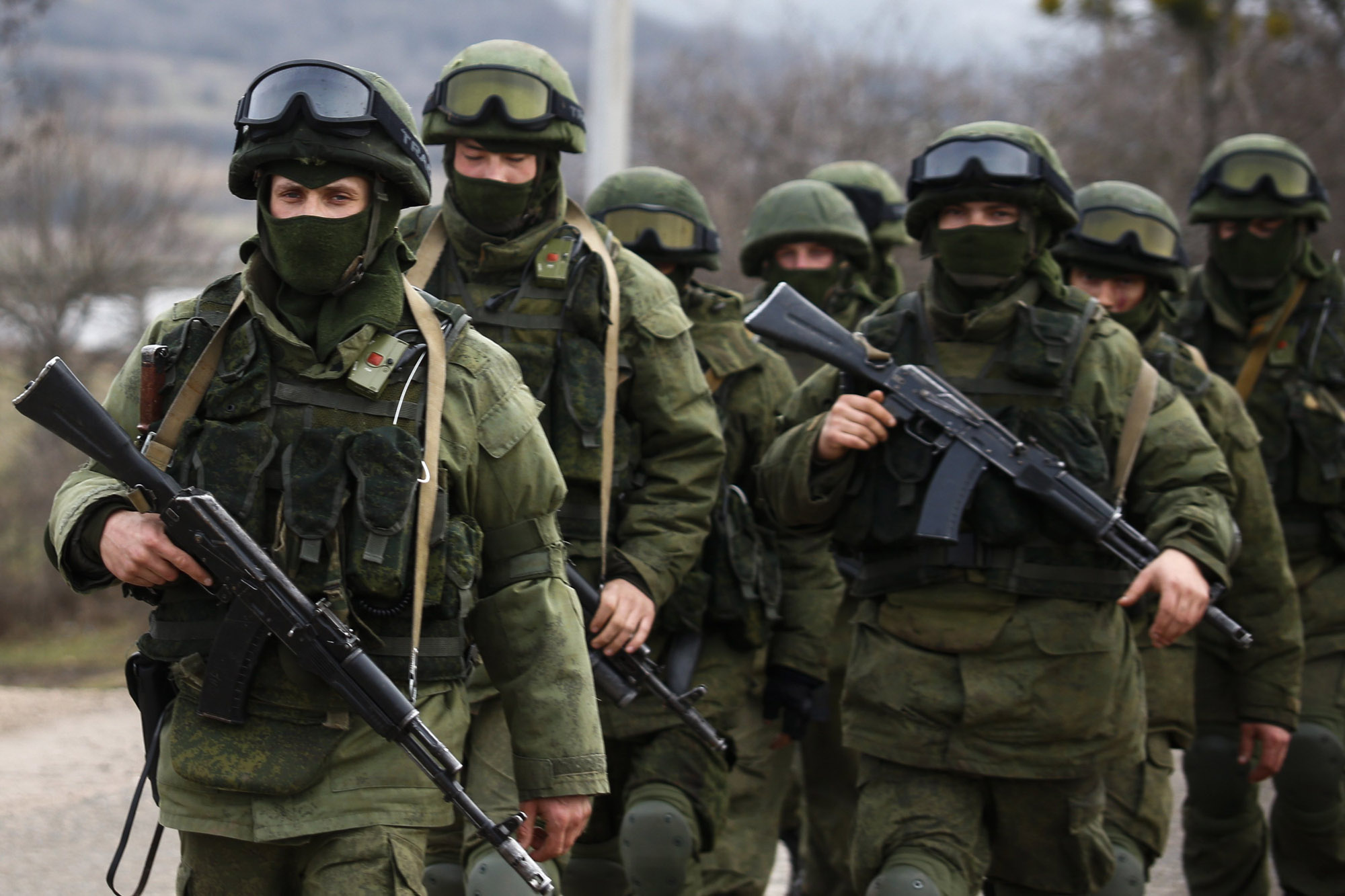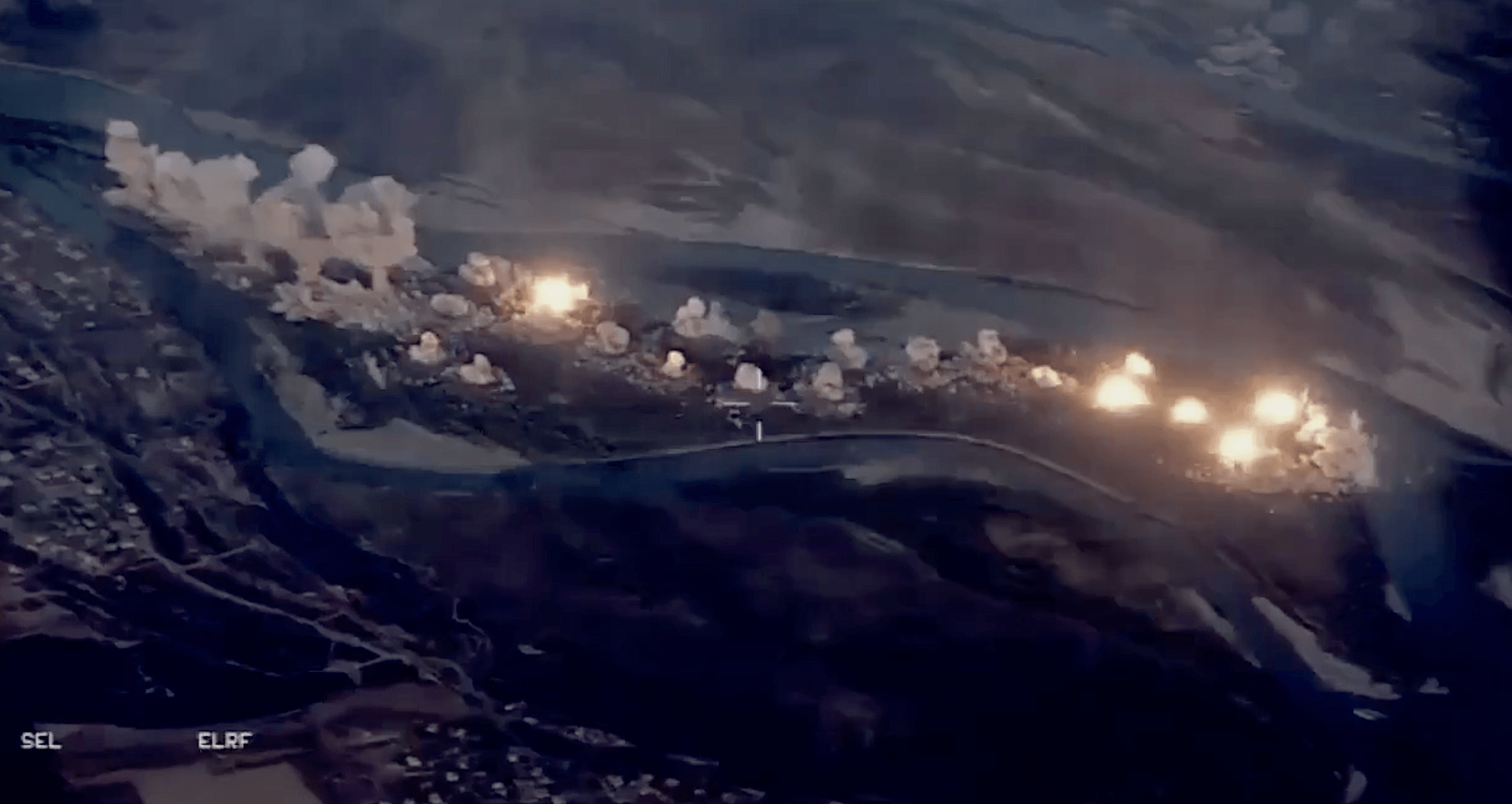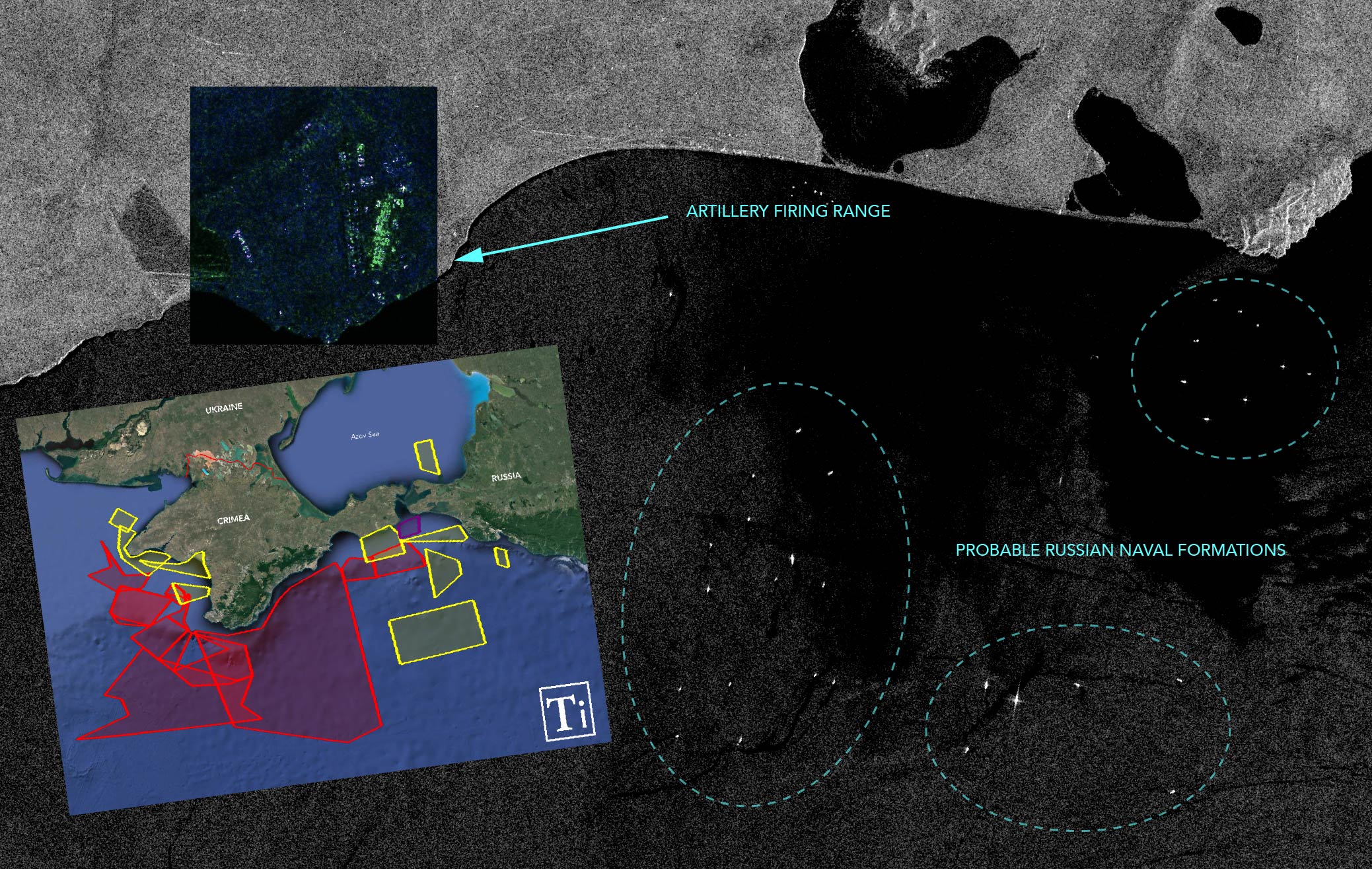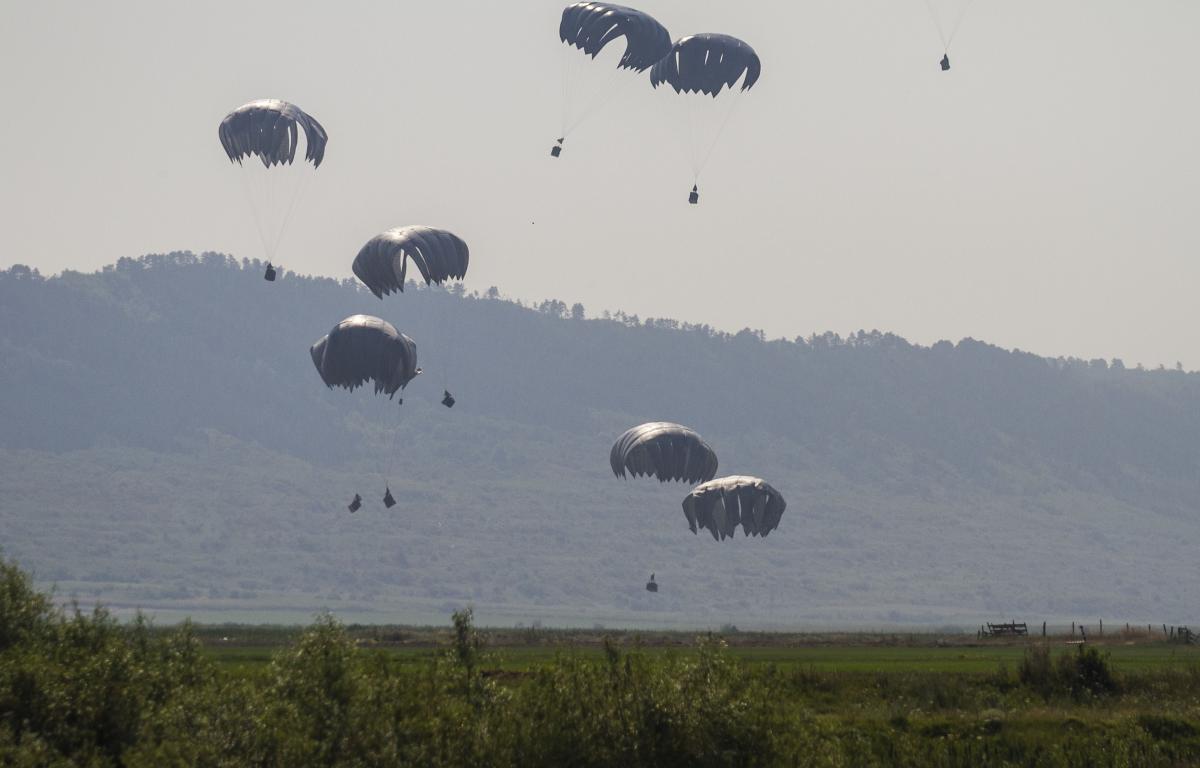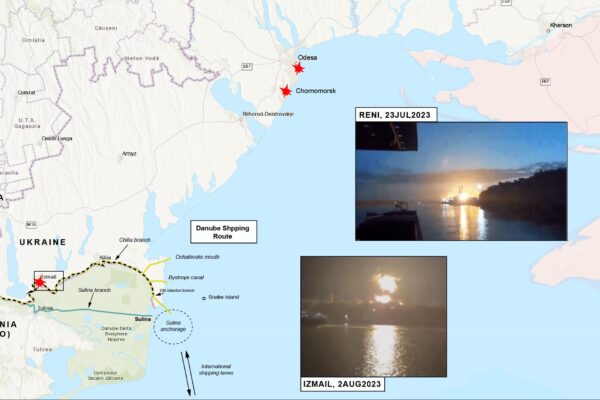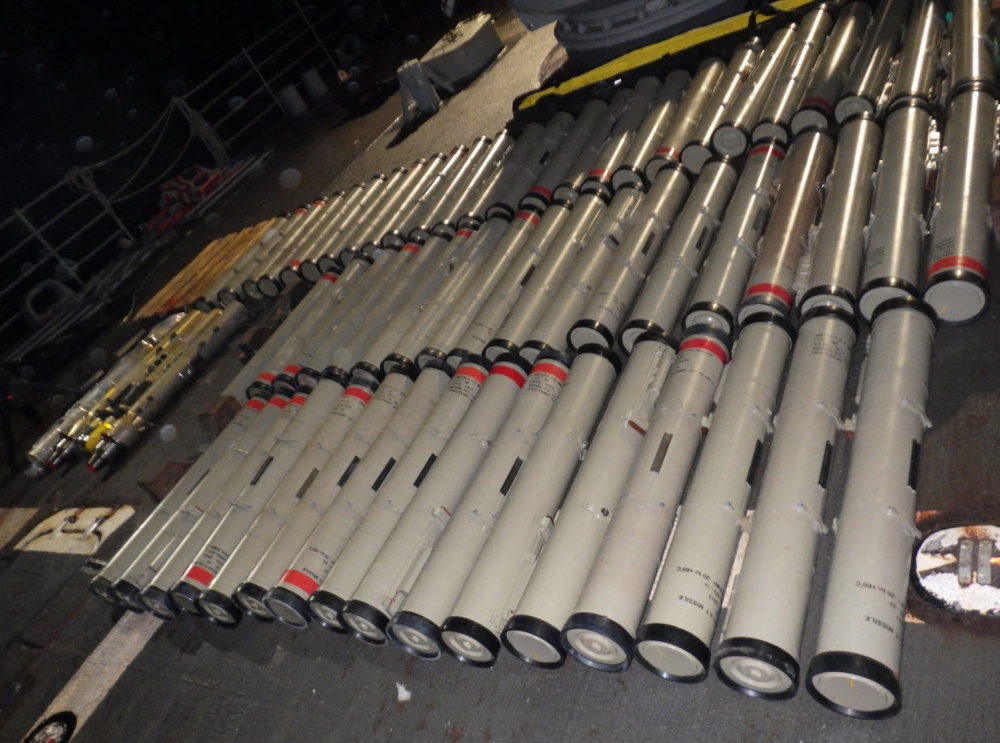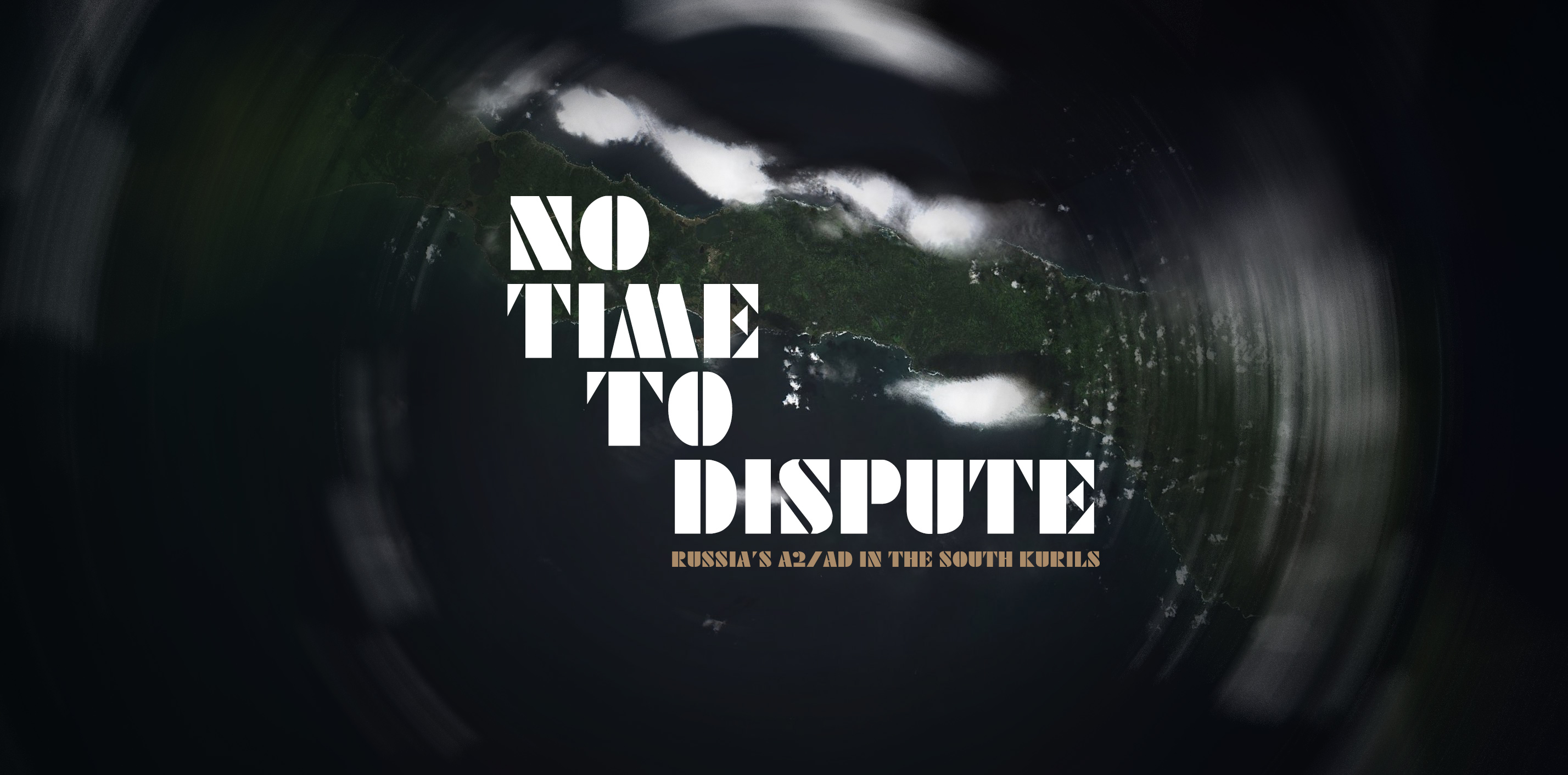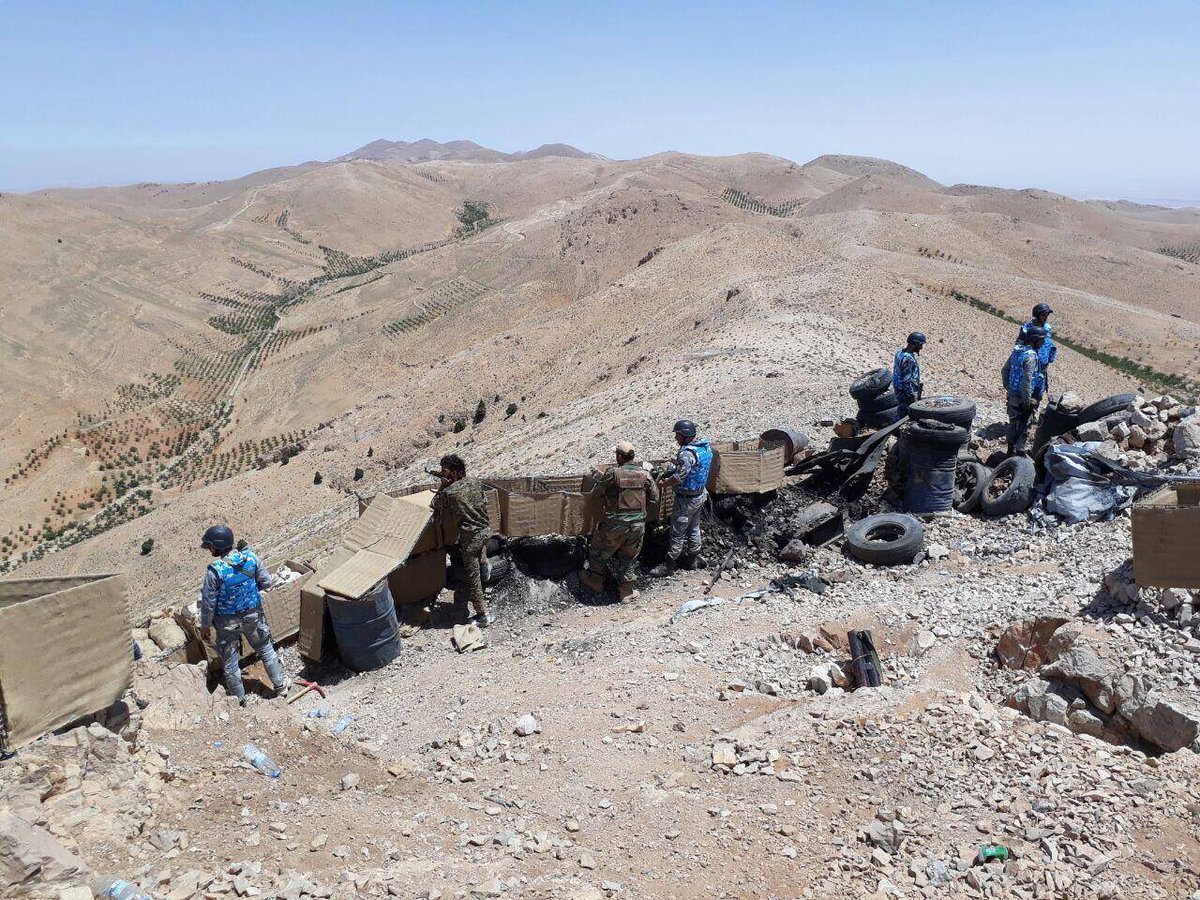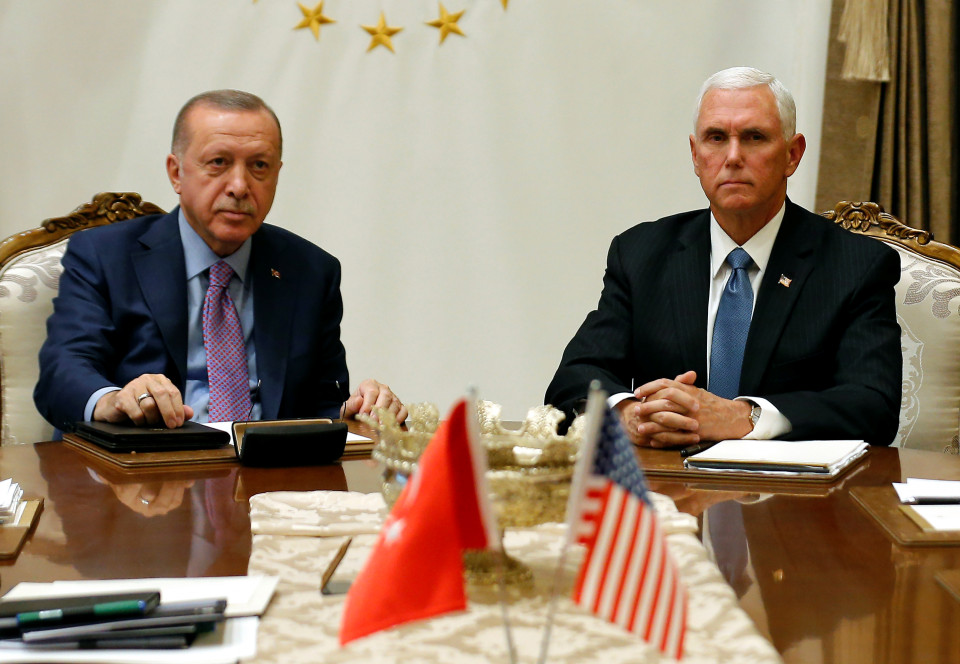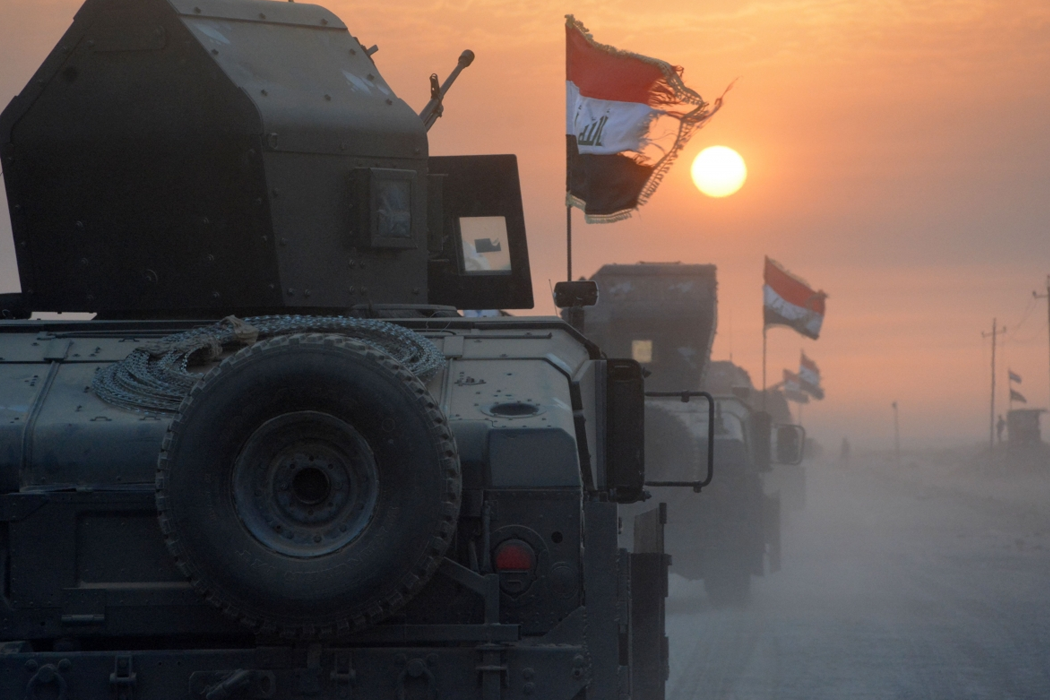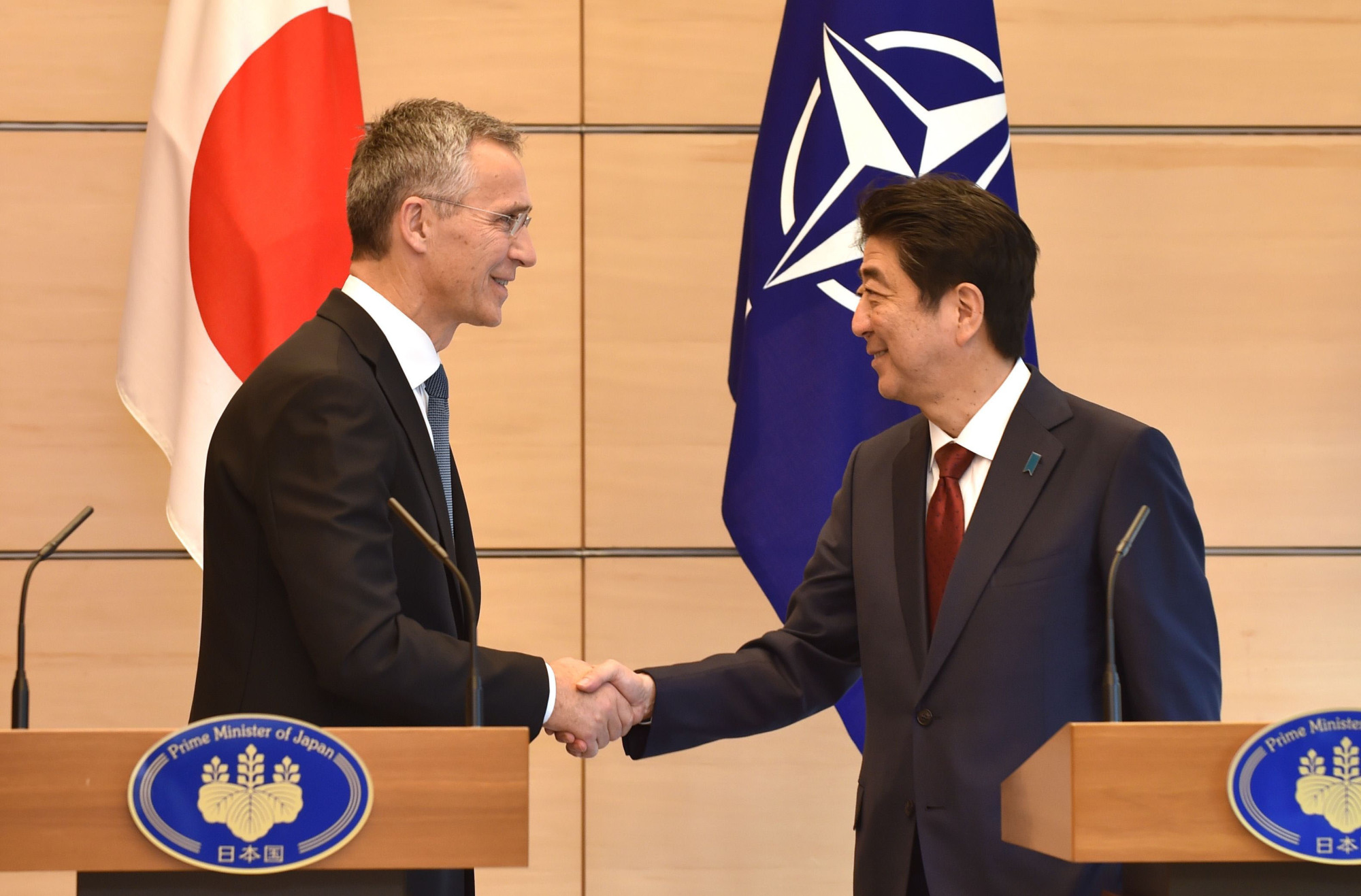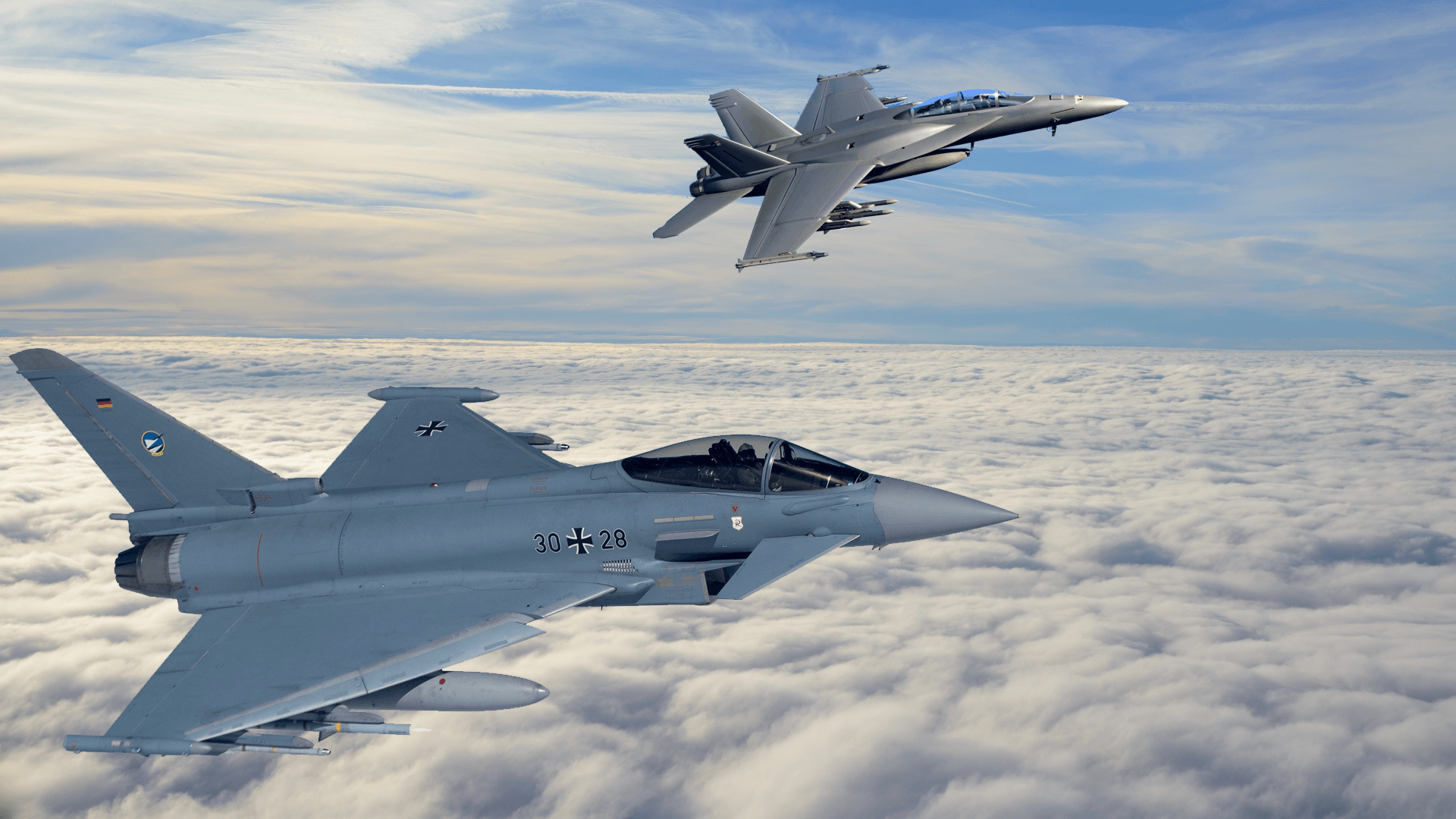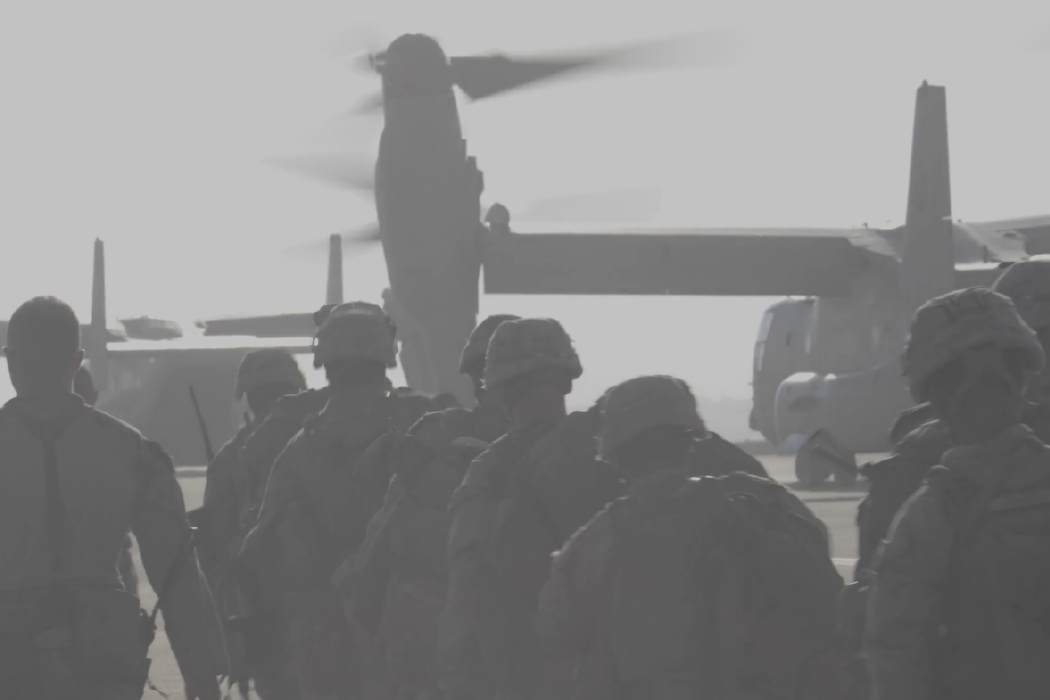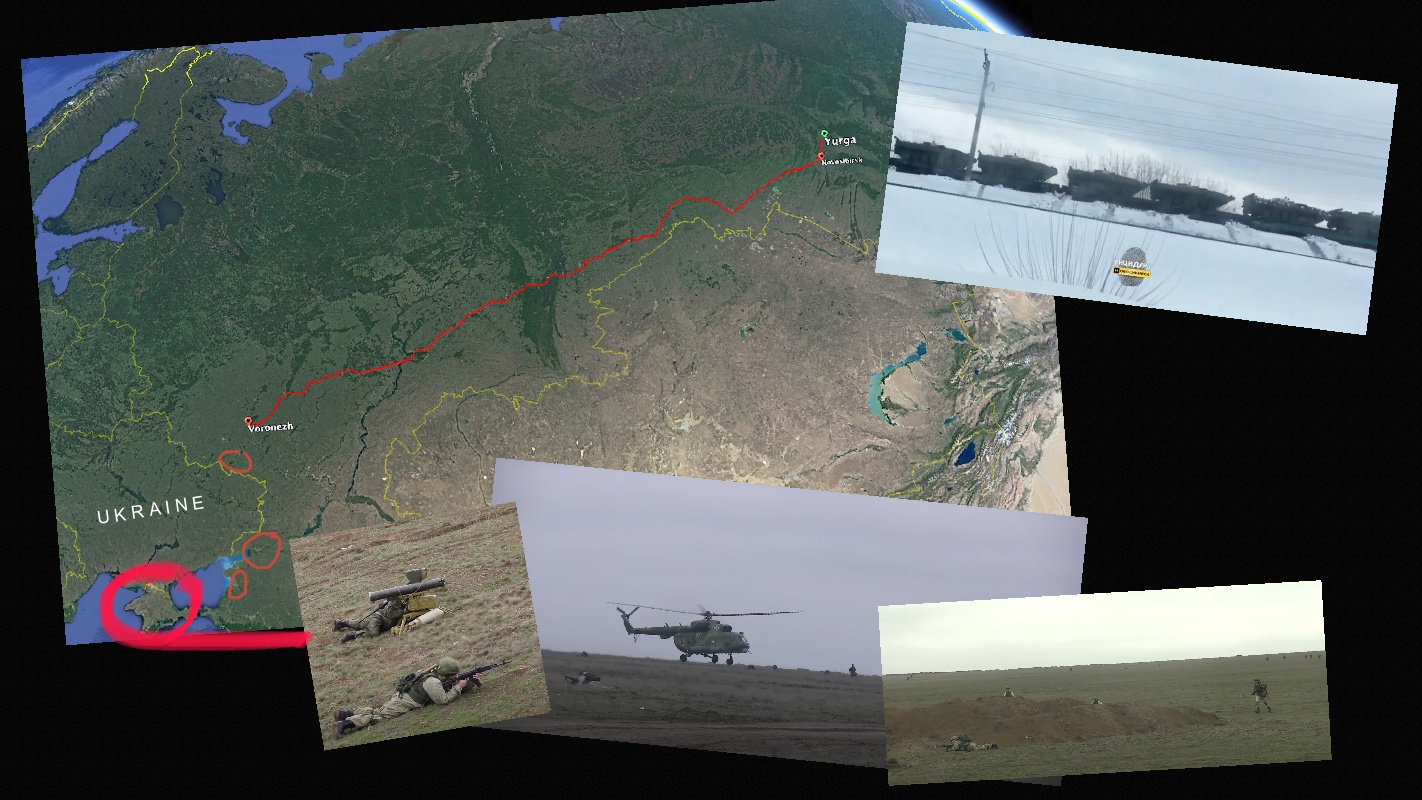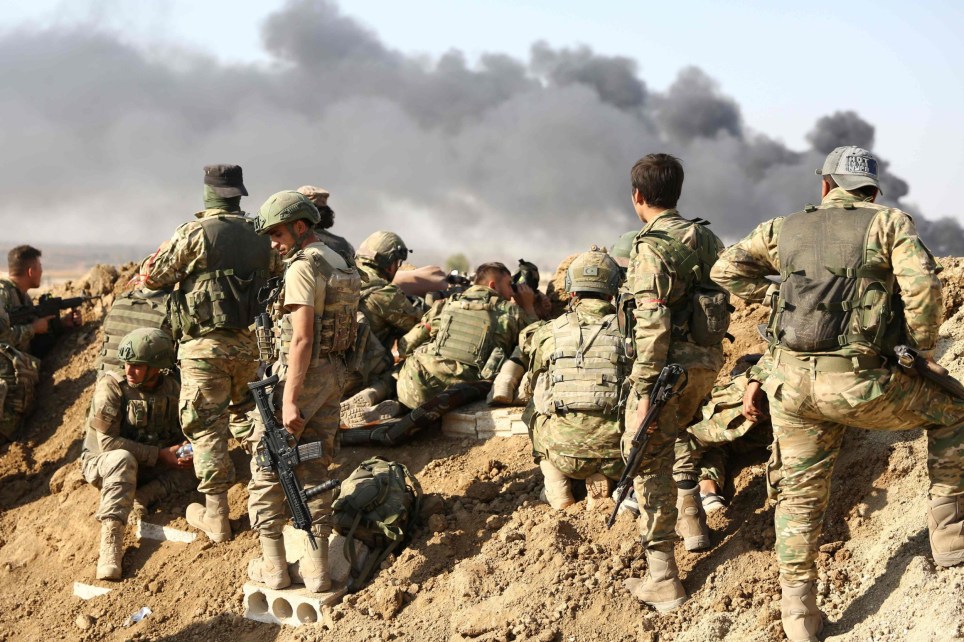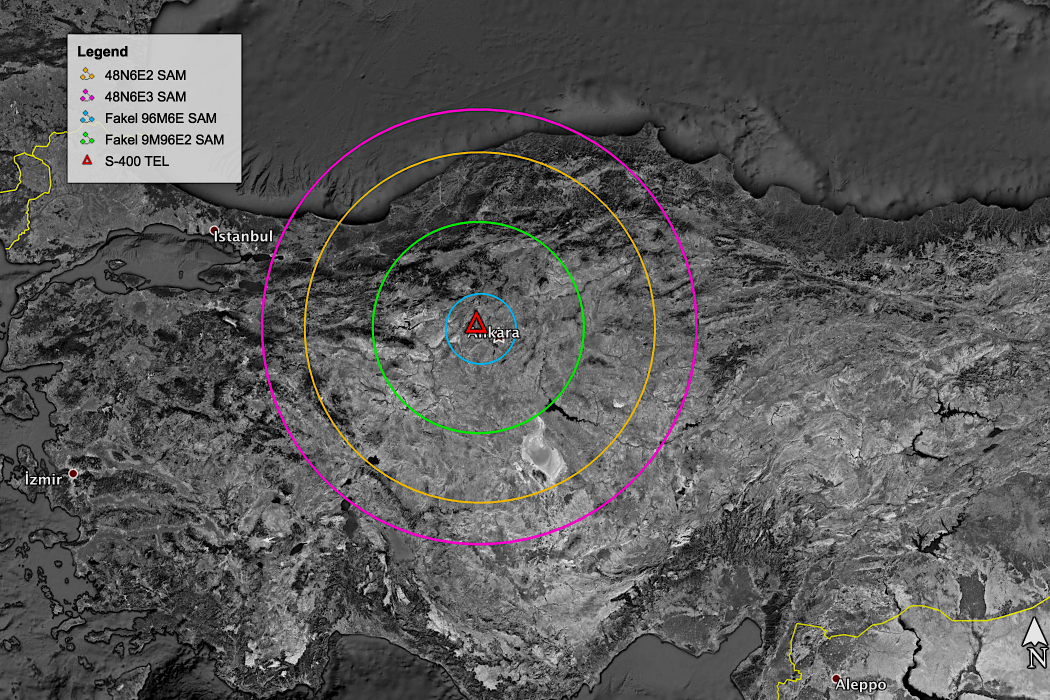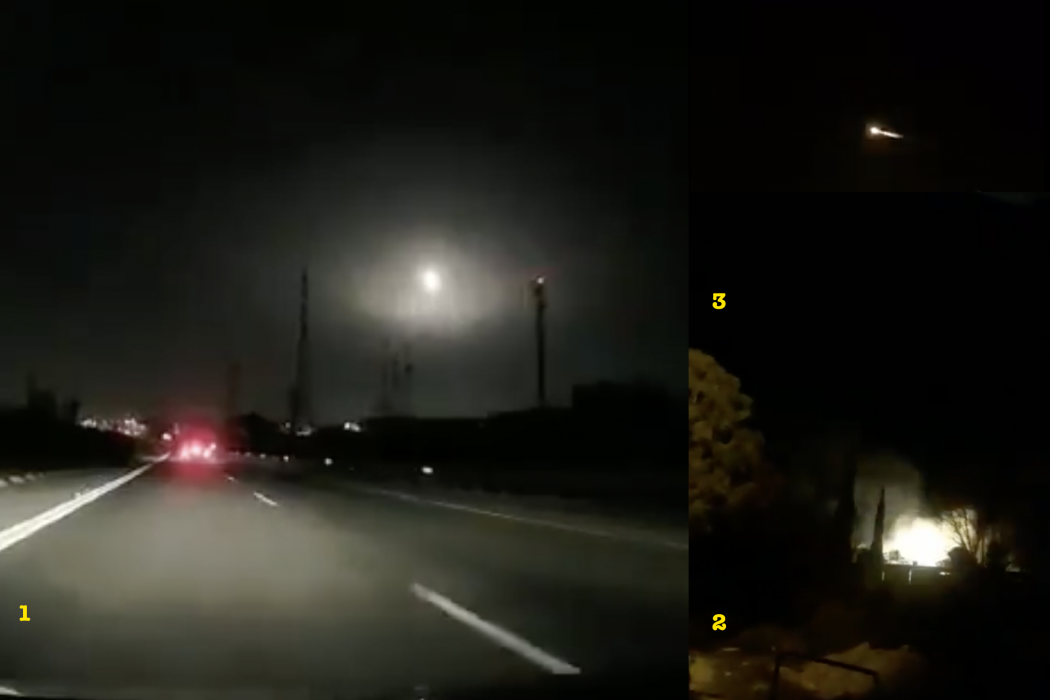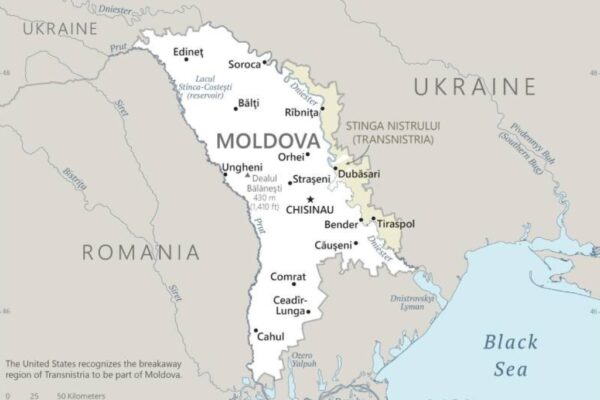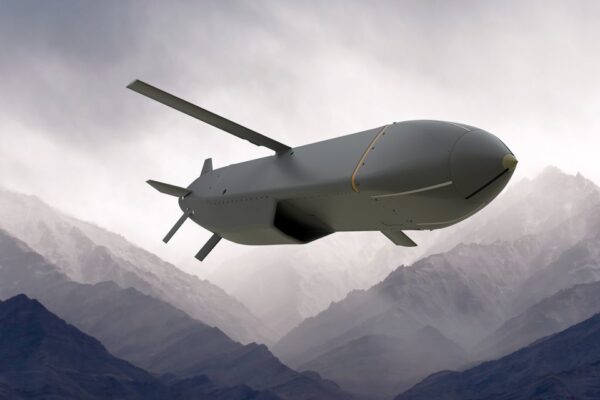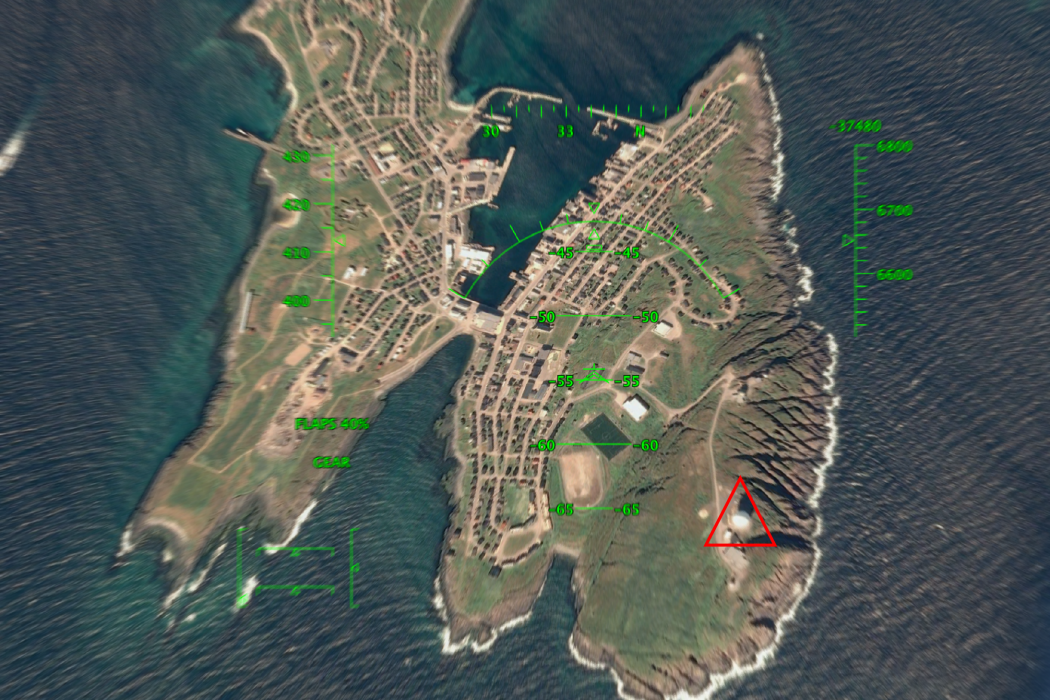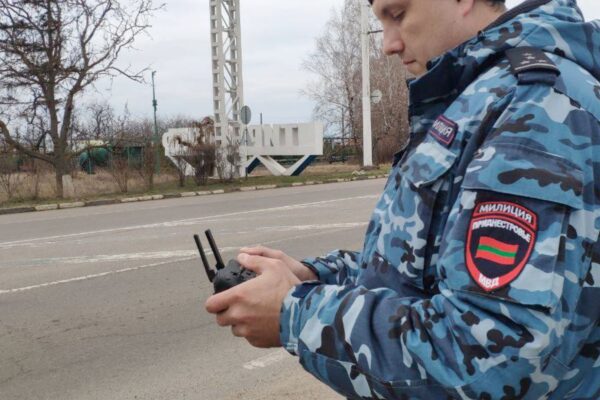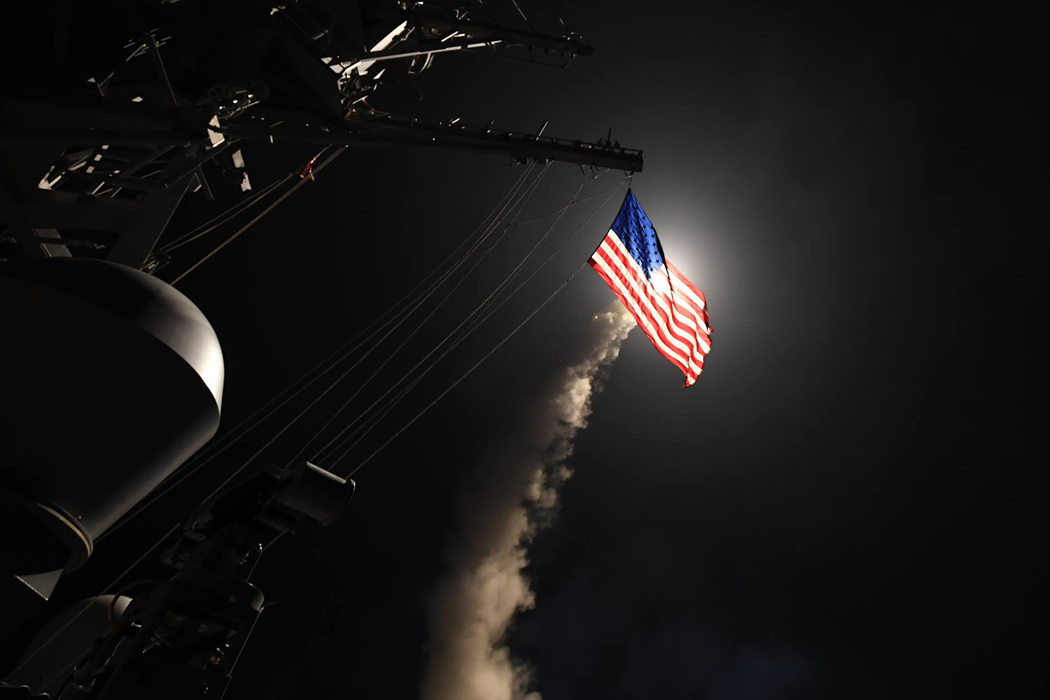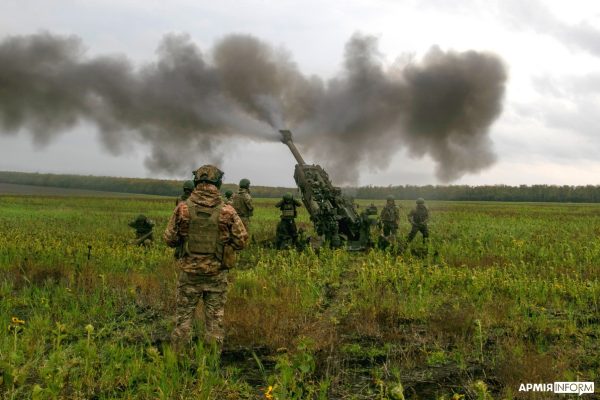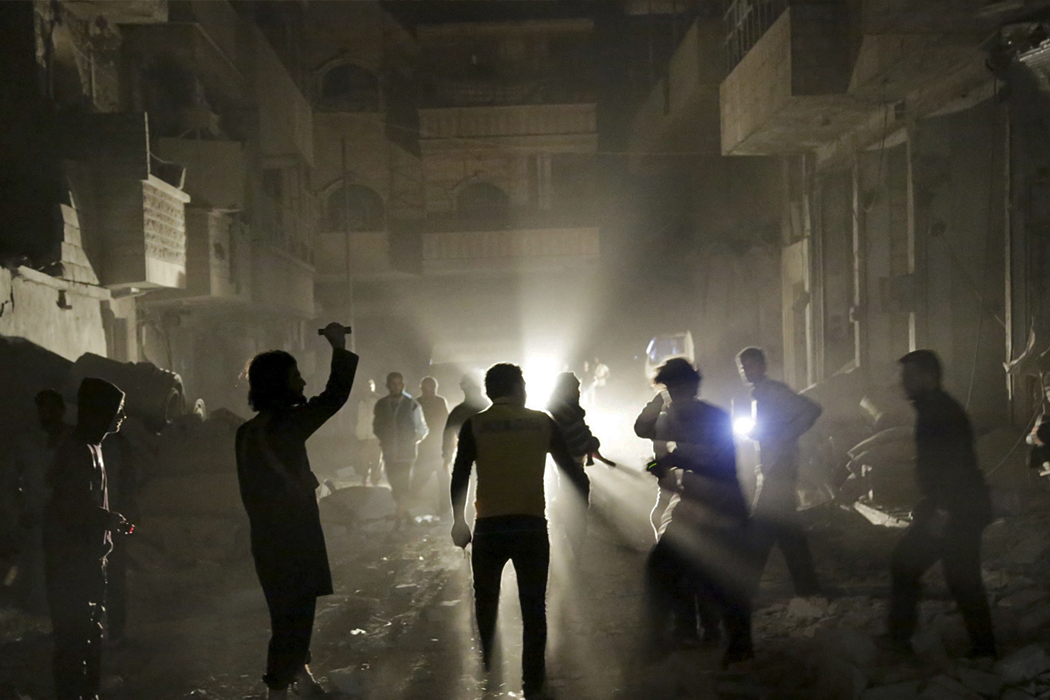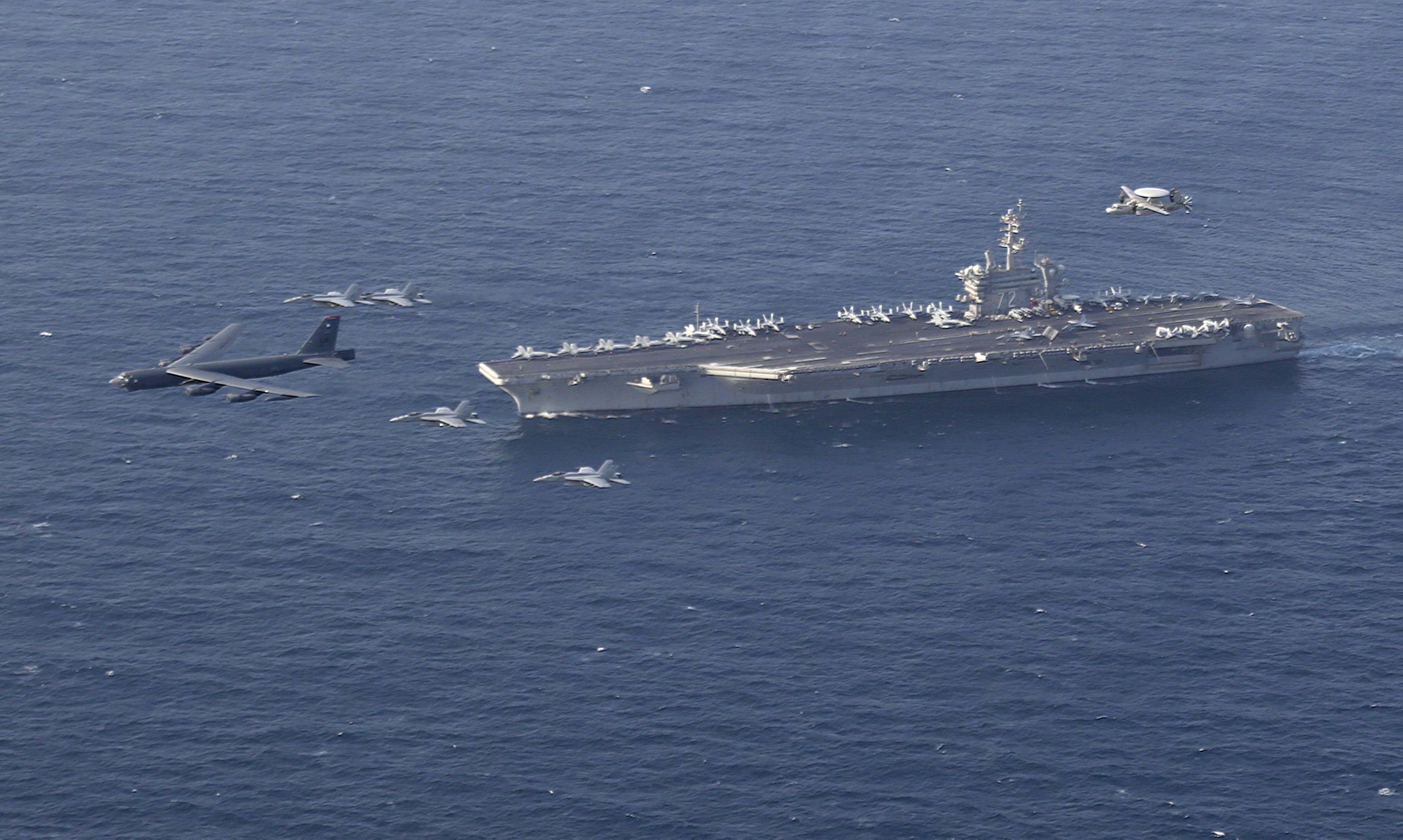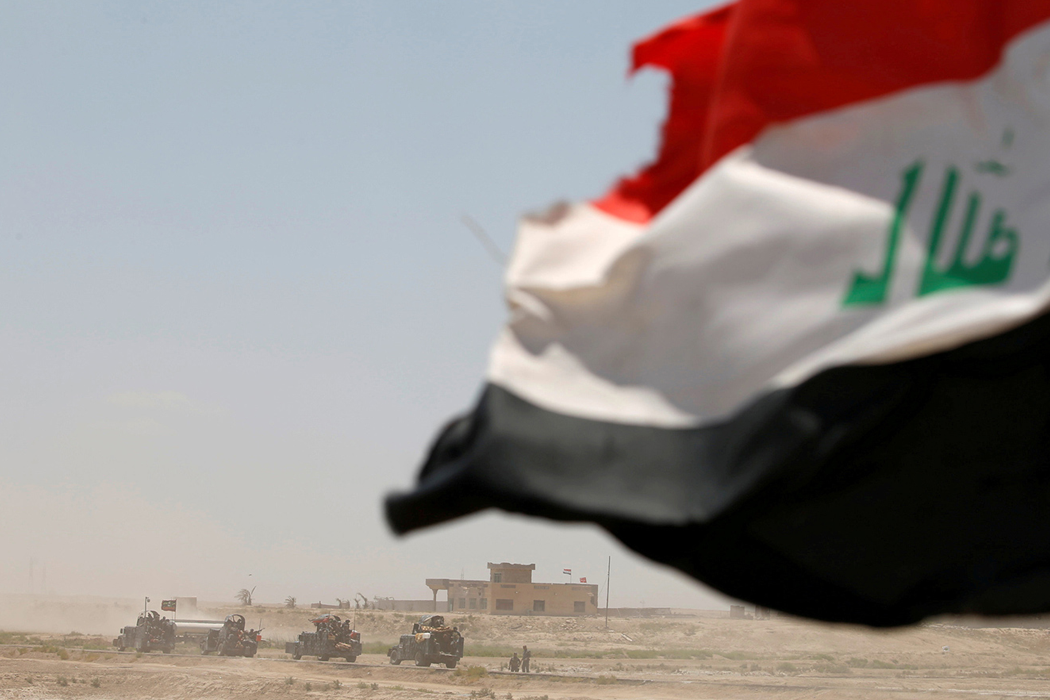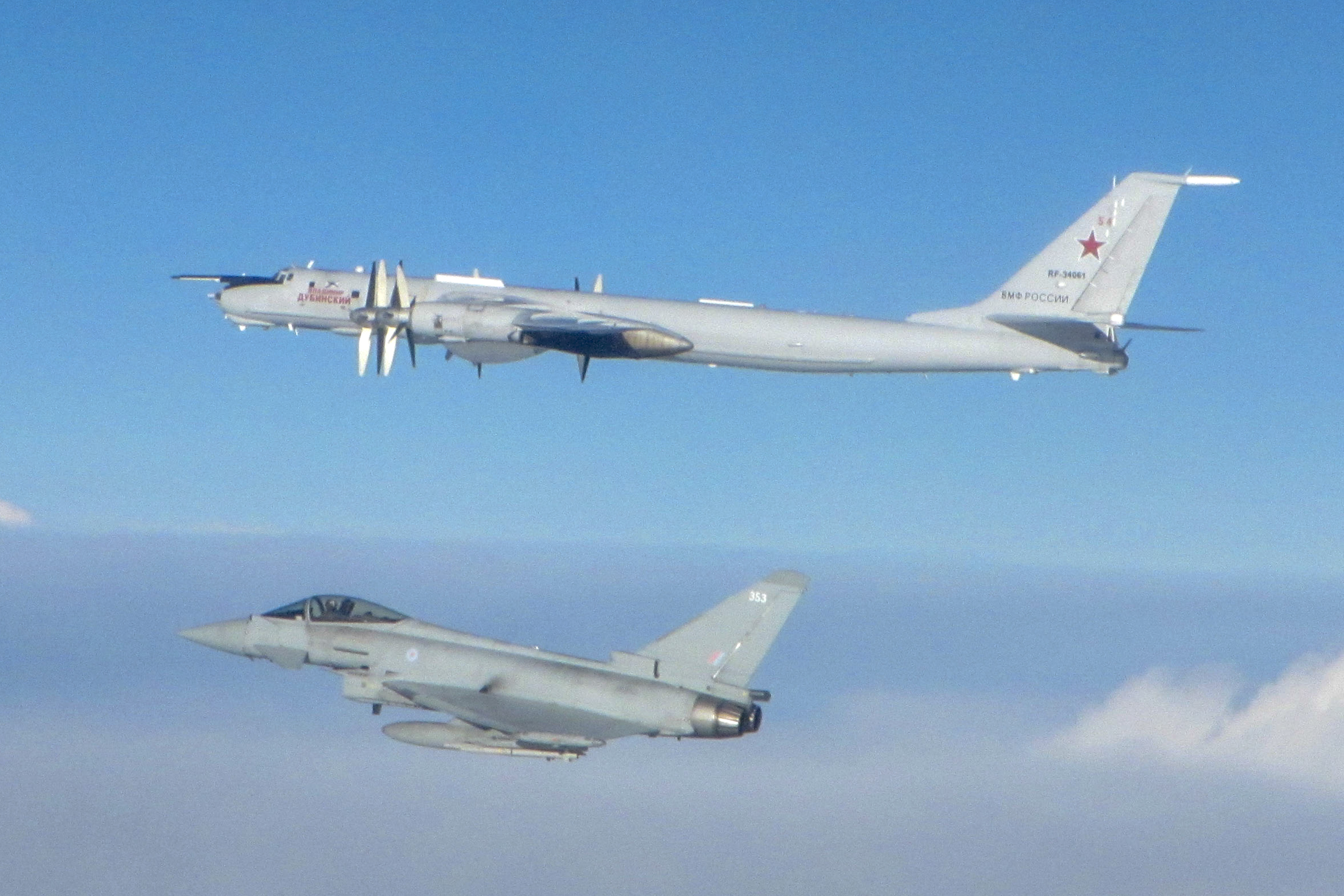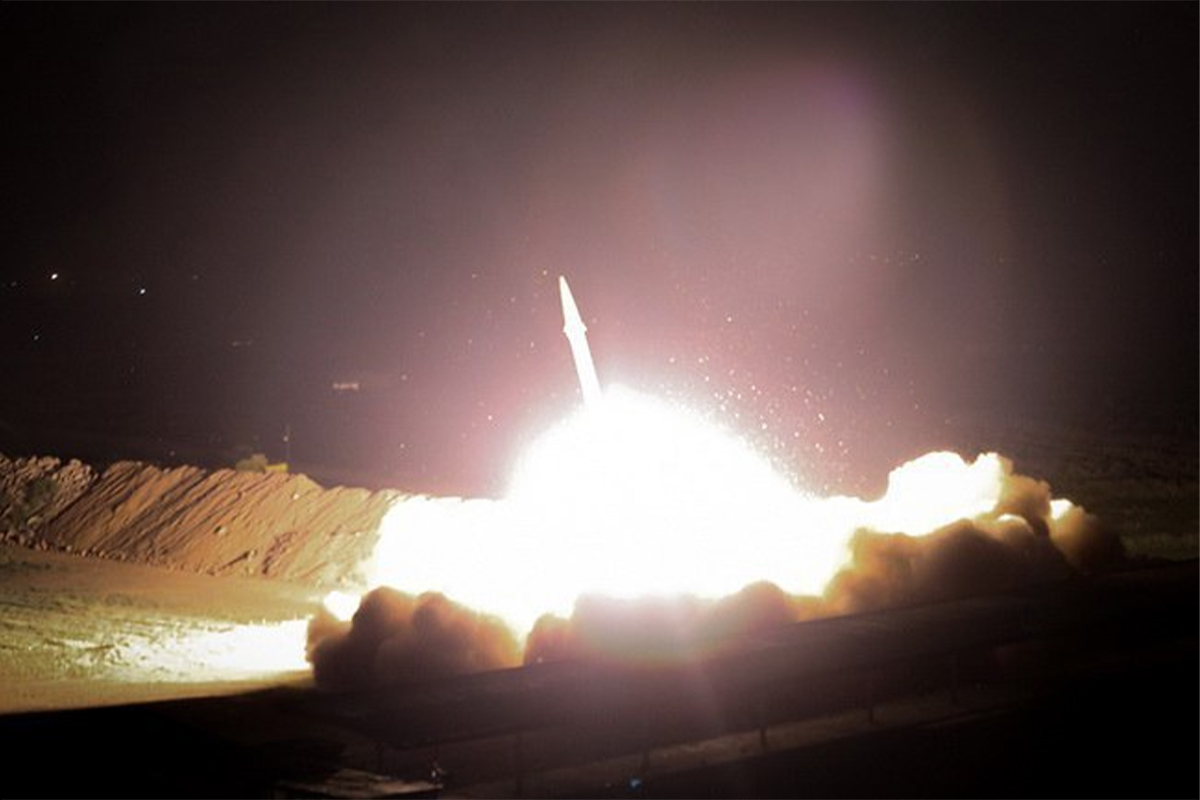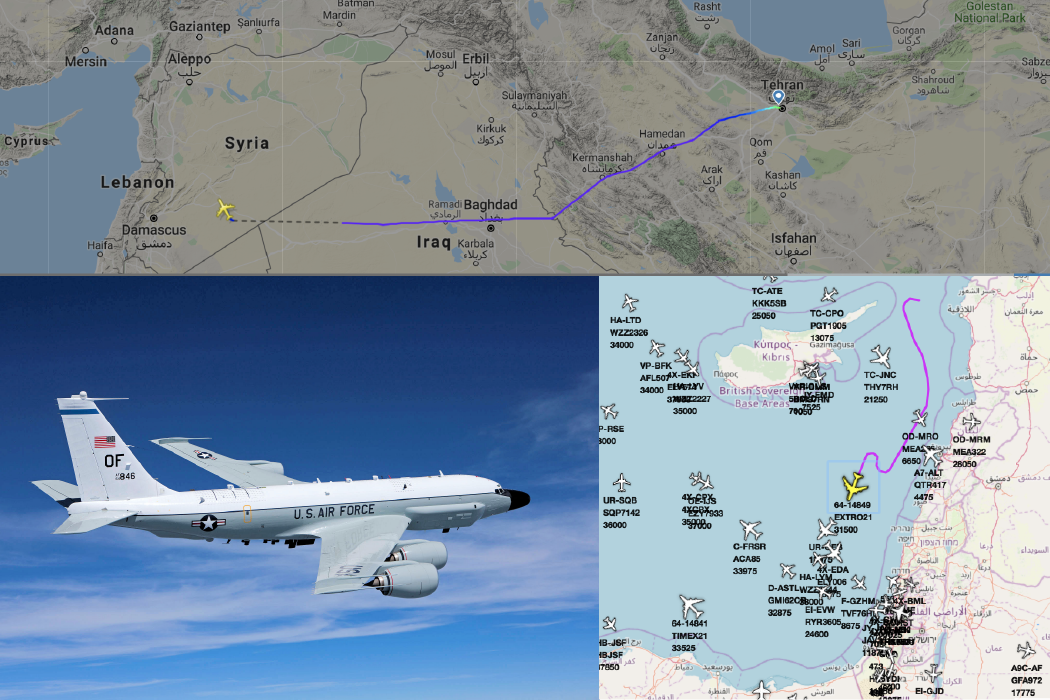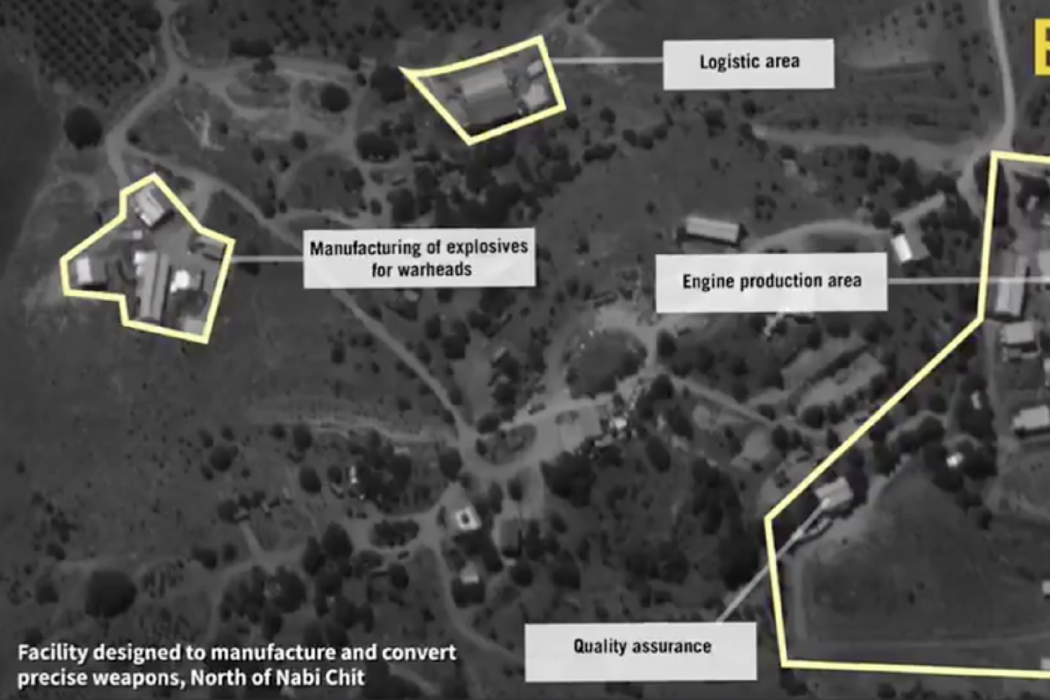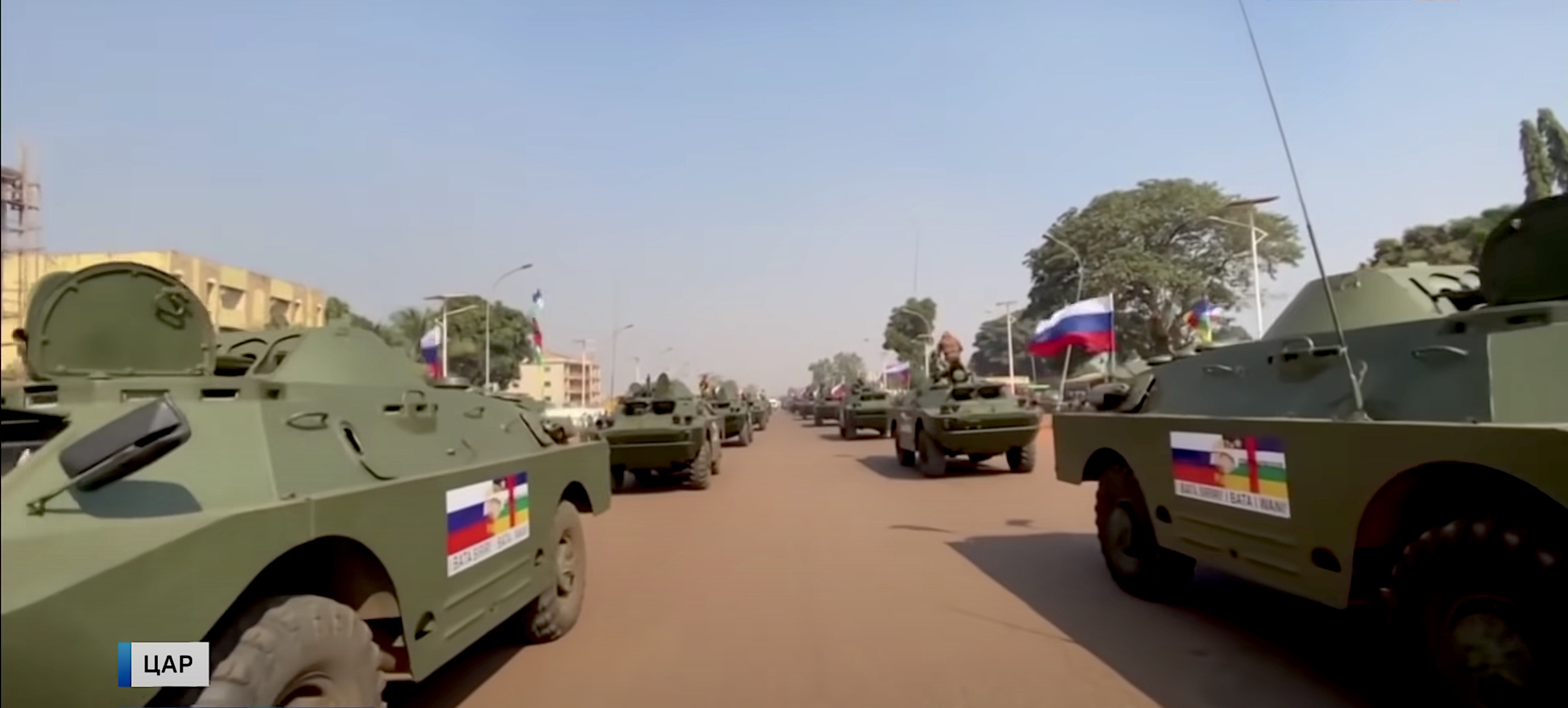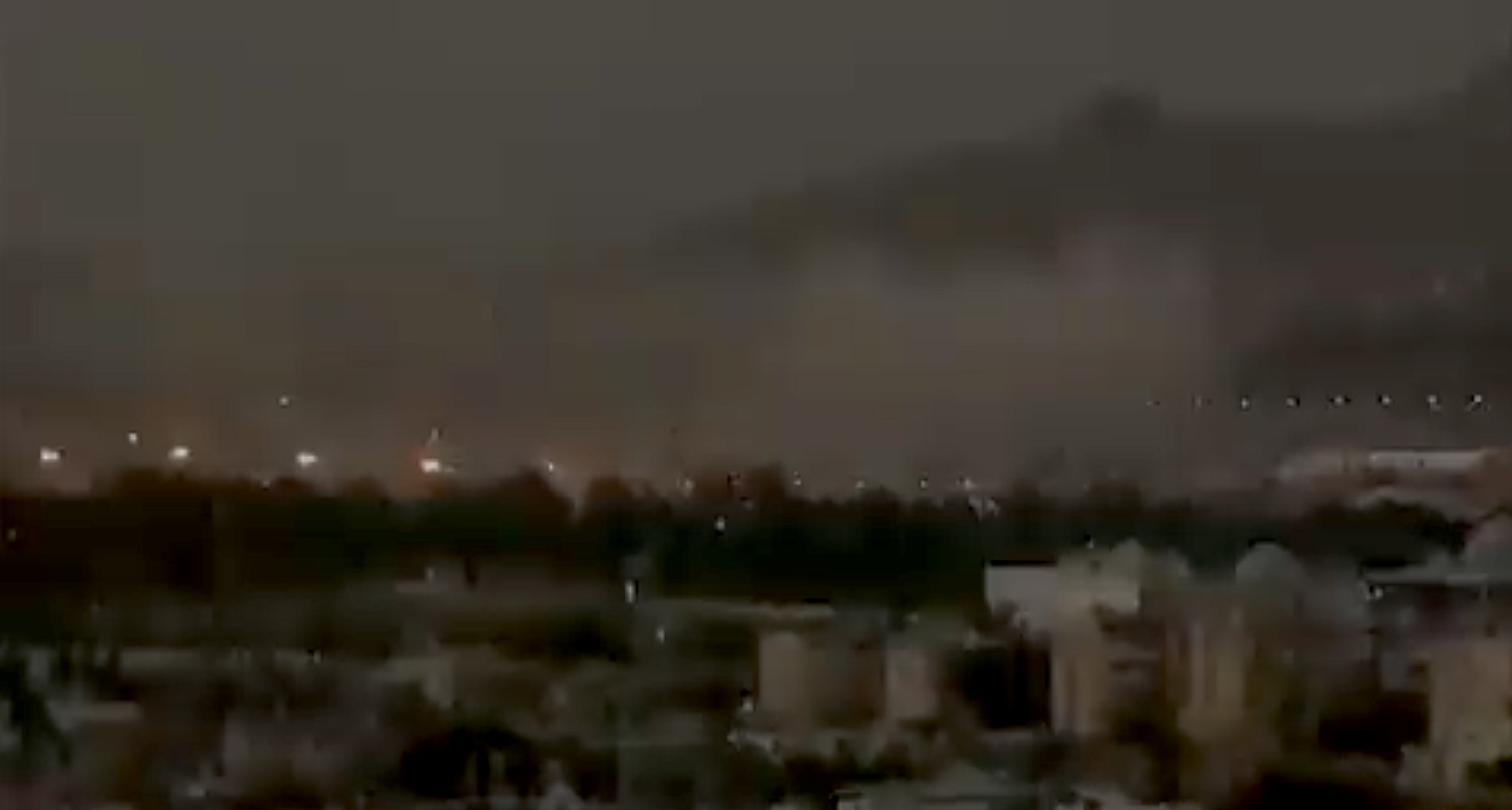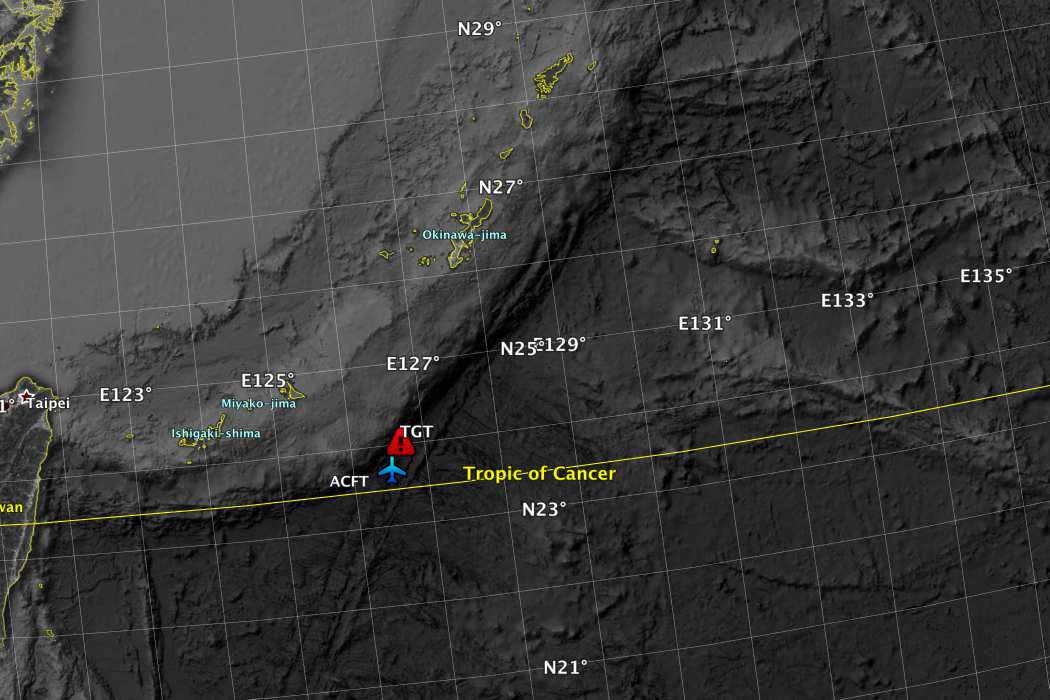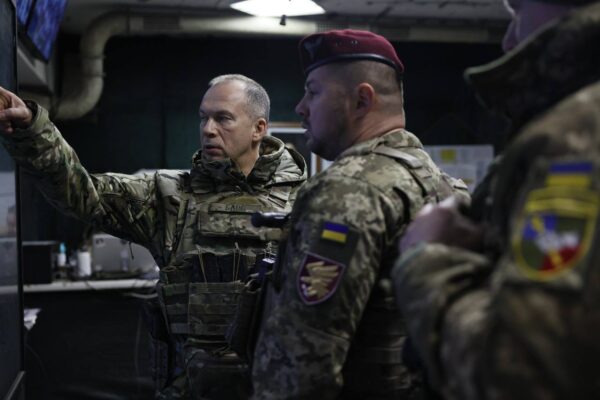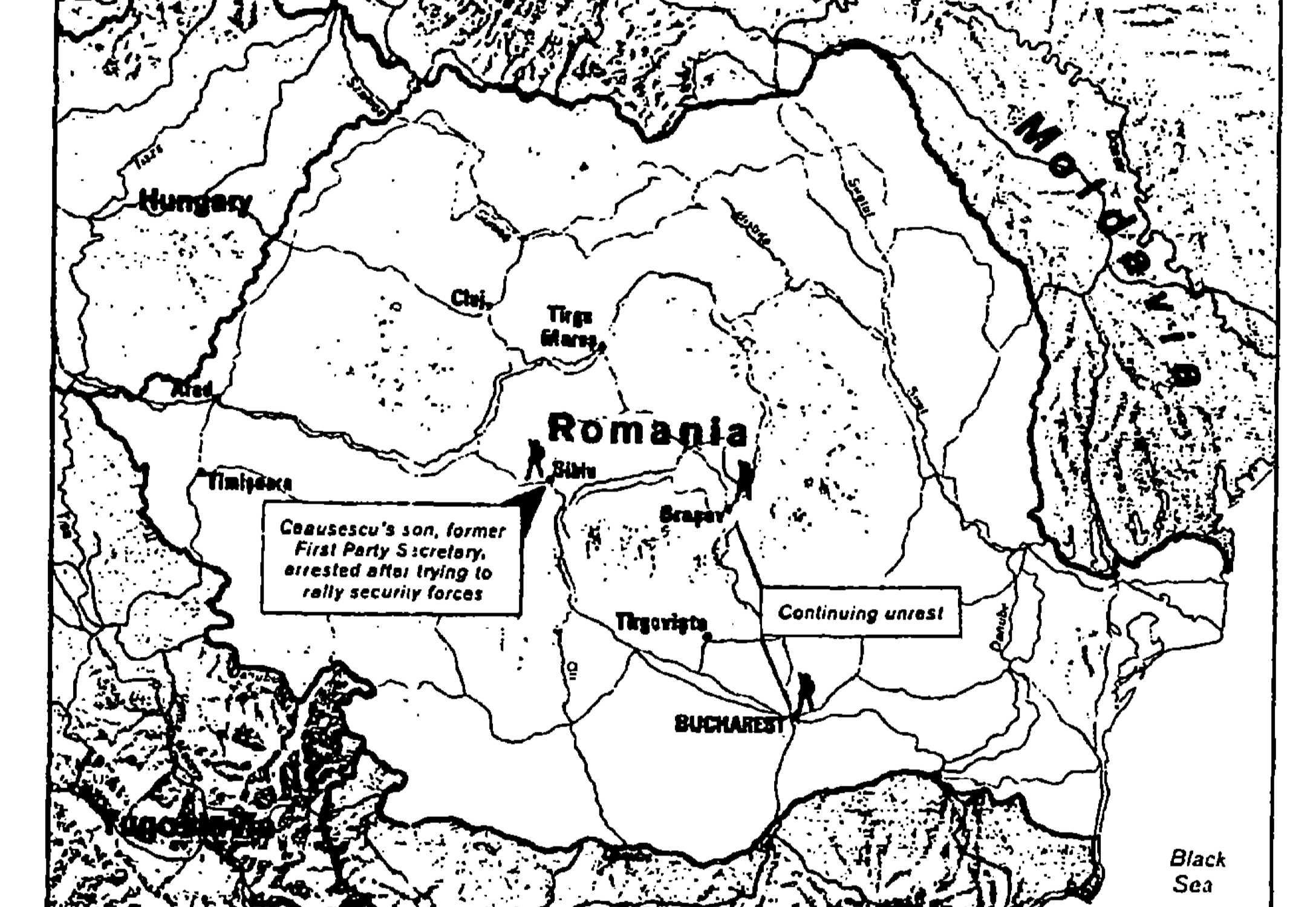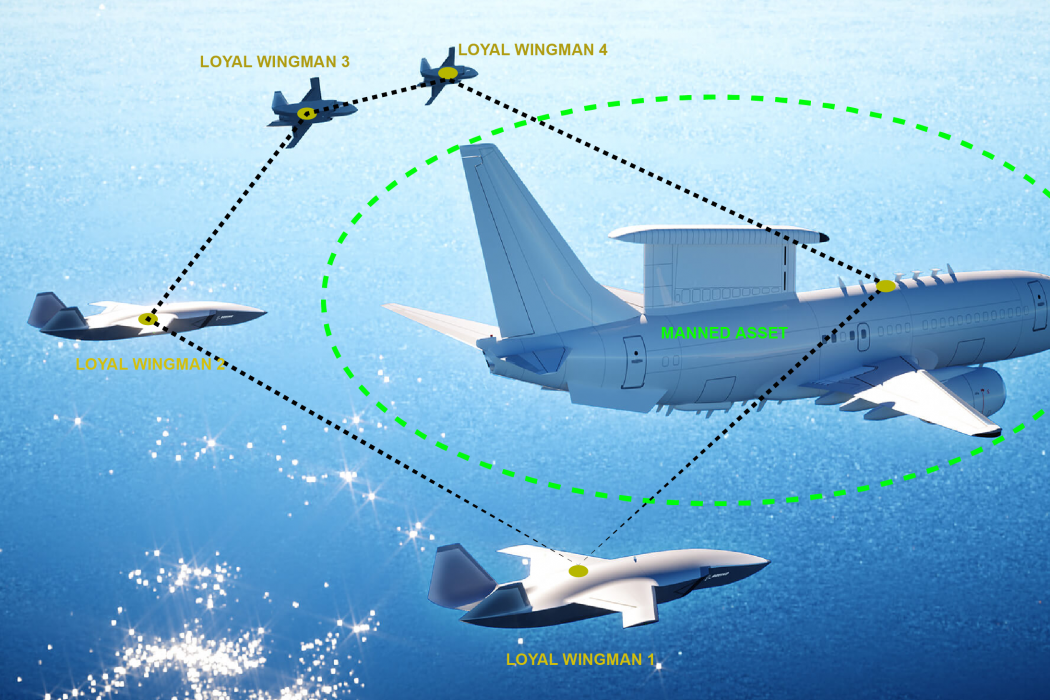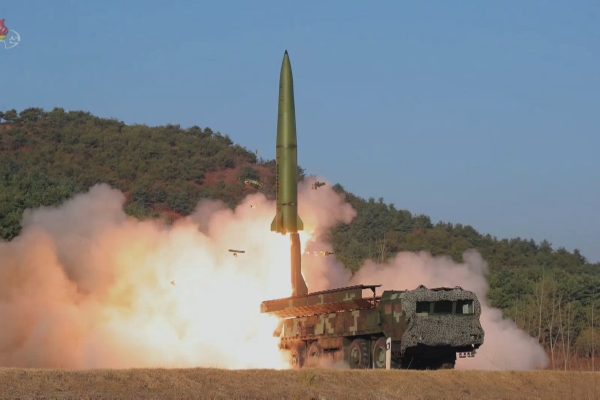![Evacuation “Shattered Glass”: The US/ Coalition Bases in Syria [Part 1]](https://t-intell.com/wp-content/uploads/2020/02/KLZJan.62018copy_optimized.png)
Disclaimer: This compilation is based on publicly available information collected through open-source intelligence (OSINT) techniques. The release only covers the Coalition/US bases that have been sanitized and evacuated. An exception is the well-known al-Tanf garrison in the 55-km exclusion zone. Positions in eastern Syria, which are still manned by the Coalition, will only be published after the forces have withdrawn. T-Intelligence has been aware – down to exact grid coordinates – of the location of CJTF-OIR/ US bases in Syria since their construction. However, out of respect for OPSEC and force protection, we have refrained from revealing their locations.
THE MISSION
The Combined Joint Task Force-Operation Inherent Resolve (CJTF-OIR) led by the United States (U.S.) has built around 20 major military sites in northern and eastern Syria since the fight against ISIS began in 2014. This includes semi-prepared landing zones (LZs), forward operating bases (FOBs), fire bases (FBs), and combat outposts (COPs). The installations have housed military personnel, received and administered frontline logistics, provided medical facilities, and were used to mount and execute combat operations. The military infrastructure was key in supporting three main operational objectives:
- Combat operations against ISIS
- Capacity building for local partner forces
- Deterring attacks from adversarial forces
At the apogee of the campaign against ISIS in 2018, around 2,000 CJTF-OIR multinational forces were stationed in Syria, consisting of SOF (special operations forces), SF (special forces), JTAC (joint-terminal attack controllers), logisticians, engineers, airfield support personnel and clandestine servicemembers. Their numbers began to decrease after the defeat of ISIS’ physical caliphate in early 2019 (read more about the battle of Baghuz here). In October 2019, President Donald J. Trump ordered the U.S. troops, which account for the bulk of CJTF-OIR forces in Syria, to leave the country.
What should have been an orderly and gradual withdrawal turned into an emergency evacuation, when Turkey announced a military offensive in northern Syria. Operation “Peace Spring” was a unilateral and poorly coordinated move that threatened CJTF-OIR personnel and bases. U.S. forces were forced to retreat from northern Syria, particularly from Aleppo and Raqqa provinces. The United Kingdom, France and other in-theater CJTF-OIR partners also withdrew their troops. The retreating Coalition forces had no time to dismantle or destroy their bases. As videos would later show, they left behind furniture, personal items, provisions, and occasionally “easter eggs” for the new occupants. Russian soldiers have since taken over the abandoned Coalition bases.
Around 500 CJTF-OIR forces – mainly U.S. troops – continue to operate in eastern Syria, where they are tasked with securing the local energy infrastructure against ISIS resurgents. The forces are stationed in the Mid-Euphrates River Valley and near the Syrian-Iraqi border.
ALEPPO PROVINCE (WEST OF EUPHRATES)
The CJTF-OIR made its operational debut in Syria during the siege of Kobani (northeastern Aleppo province) in 2014. After partnering up with the Kurdish YPG militia and select Arab Sunni groups, the CJTF-OIR liberated the Upper Euphrates Valley and northern Raqqa province, where the Coalition established its first military bases.
MISTENUR HILL (KOBANI) FOB

Mistenur Hill FOB on November 25, 2018 via Maxar Technologies
Coordinates: 36°52’31.4″N 38°21’50.4″E
Type: FOB
Built: Between late 2014 and early 2016
Purpose: Secure Kobani from the south and forward deploy SOF elements on Syrian soil.
Infrastructure: The FOB was built from scratch next to a radio antenna site in Kobani’s southern hills. CJTF-OIR forces have erected a central two-story building surrounded by several small structures. A tall, thick concrete wall serves as the compound’s external fortification layer. Observation towers overlook the perimeter in all cardinal directions. Unconfirmed information suggests that the FOB started as a joint French-U.S. SOF garrison.
THREAD/ Now that there’s no OPSEC problem, let’s look at the @CJTFOIR / US bases in Aleppo province (Syria). The first construction was an FOB on #Misthenur Hill (Kobani’s southern hills) built sometime between 2014-2015. (geospatial imagery via @planetlabs) pic.twitter.com/AcHJircsJM
— T-Intelligence (@T_intell) February 5, 2020
Note: During Turkey’s Operation PEACE SPRING, FOB Mistenur hill came under ‘danger close’ artillery shelling from across the border (read more about the incident here).
Status: Evacuated.
KOBANI LANDING ZONE (KLZ)

Kobani Landing Zone (KLZ) on January 6, 2018 via Maxar Technologies
Coordinates: 36°39’00.7″N 38°18’12.4″E
Type: LZ
Built: March to September 2016
Purpose: Enable heavy airlift operations and serve as close air support (CAS) staging area.
Infrastructure: U.S. Air Force engineers have built the semi-prepared airfield from scratch near the village of Sarrin. The 2,000-meter long dirt runway received America’s largest heavy lifters (C-5 and C-17) that brought the bulk of logistics required for CJTF-OIR’s operations, including vehicles, munnition, construction materials, and other equipment. The U.S. has also built a large campground (more than 50 tents, warehouses, and depots), which provided housing facilities for personnel and logistics. Landing pads, reinforced revetments and a few hangars were added to station rotary-wing aircraft.
After the victory in #Kobani, the Coalition & local partners forces drove ISIS out the Upper Euphrates River Valley and established Kobani Landing Zone (#KLZ), an semi-prepared airfield, near #Sarrin, in 2016. pic.twitter.com/sL8sjjRNIV
— T-Intelligence (@T_intell) February 5, 2020
Note: KLZ was the last CJTF-OIR facility to be vacated in Aleppo province. It stayed open until the last vehicles and personnel had evacuated from Aleppo province.
Status: Evacuated. Under Russian control since November 15, 2019.
LAFARGE CEMENT FACTORY (LFC)-HQ

LaFarge Cement (LFC) Factory on September 1, 2016 via Maxar Technologies
Coordinates:36°32’43.7″N 38°35’15.7″E
Type: HQ
Built: 2010 (by LaFarge)/ occupied since 2015
Purpose: Command and Control (C2) of in-theater counter-ISIS operations.
Infrastructure: The cement factory, which was originally built by the French company LaFarge, was repurposed as the CJTF-OIR’s Syrian-headquarters and C2 center. The pre-existing buildings also served as barracks and logistics depot. The site’s large and wide parking facilities were used to store vehicles and helicopters.
Having gained access to the M4 highway in #Aleppo province, Coalition & SDF secured the controversial #LaFarge Cement (LFC) factory. LFC became the Coalition’s operational HQ in #Syria. pic.twitter.com/NvAlia4FPI
— T-Intelligence (@T_intell) February 5, 2020
Note: The factory survived the war and continued to produce cement under ISIS occupation thanks to the protection taxes that the company paid to local armed groups including ISIS. LFC officials admitted to this practice in 2017, after French prosecutors charged the company’s former CEO with terrorism financing. French officials intervened on behalf of the company to stop the U.S. from bombing the factory in 2014. The CJTF-OIR evacuated LFC on October 16, 2019, after the Turkish-backed Syrian National Army (SNA) advanced to the M4 highway and came dangerously close to the facility. To sanitize the area and destroy the material left behind, two USAF F-15E jets bombed LFC.
Status: Evacuated. Likely under SDF control.
ALEPPO PROVINCE (EAST OF THE EUPHRATES)
Successive victories against ISIS east of the Euphrates allowed the Coalition and the SDF to expand operations in Manbij district, west of the river valley. Due to its large population and proximity to the Turkish border, Manbij was a key city for ISIS. The terrorist group used Manbij to plot attacks on European targets (e.g. Bataclan theater attack) and to receive foreign terrorist fighters transiting through Turkey.
The SDF liberated Manbij in August 2016 with the intention to cleanse the entire area of ISIS. Alarmed by the SDF’s advance towards the Turkish border, Ankara mobilized its assets in the Syrian armed opposition and launched Operation “Euphrates Shield.” The Turkish offensive blocked the SDF’s advance westwards and threatened to capture Manbij. This forced the CJTF-OIR to change its posture in Aleppo province from post-ISIS stabilization operations to deterring a Turkish-backed attack. To this end, the U.S. installed a multi-layer security perimeter around Manbij city: Two combat outposts (COPs) west and north of Manbij, armed checkpoints, and air-land patrols.
WEST MANBIJ COP

Manbij COP West on March 23, 2018 via Maxar Technologies
Coordinates: 36°29’42.9″N 37°49’32.1″E
Type: COP
Built: May 2017 (expansion started)
Purpose: Post-ISIS stabilization operations, monitor and de-conflict the M4 highway that links Manbij to Arimah (under Syrian-Russian control) and al-Bab (under Turkish-SNA control).
Infrastructure: The CJTF-OIR has enhanced a pre-existing “T-shaped” compound that encompassed three buildings and two large transmission antenna towers. The Coalition erected around 20 tents and halls in the compound and sectioned the site with multiple sandbag layers. A 300-meter-long driveway with anti-VBIED barriers at both ends links the compound to the motorway. The COP was continuously expanded throughout 2019, until U.S. forces received the order to withdraw.
The first U.S. COP established near the M4 highway to protect the SDF-held Manbij from a Turkish-#FSA assault in late 2017. After the SDF liberated #Manbij form ISIS in August 2016, #Turkey intervened to block and rollback the #SDF‘s expansion. pic.twitter.com/4cJZZFZ3Bn
— T-Intelligence (@T_intell) February 5, 2020
Status: Evacuated. Under Russian and/or Manbij Military Council (MMC) control since October 15, 2019.
NORTH MANBIJ COP

Manbij COP North on September 1, 2018 via Maxar Technologies
Coordinates: 36°36’40.0″N 37°55’39.8″E
Type: COP
Built: March to November 2018
Purpose: Monitor and de-conflict the Sajur River Valley (SRV) and the North-South access points to Manbij city.
Infrastructure: The COP was built from scratch near the village of Dadat. Within just several months, the camp was visibly consolidated and sectioned in multiple areas with sandbag layers. The living quarters (sleeping tents, chow hall) and operations center in the middle, armory in the second layer, and multiple fortified combat positions were established in all cardinal directions. Annex sites were established south and west of the road. The COP continued to expand throughout 2019, until the evacuation.
The U.S. built a second COP near #Dadat to monitor the #Sajur River Valley and the north-south access points to Manbij from Turkish and FSA (now #SNA) incursions, in Spring 2018. pic.twitter.com/Fn7NVMZbm7
— T-Intelligence (@T_intell) February 5, 2020
Status: Evacuated. Under Russian and/or Manbij Military Council (MMC) control since October 15, 2019.
All diplomatic and military efforts (e.g. “Manbij Roadmap”, combined-joint patrols) failed to de-escalate the dispute between Turkey and the U.S. over Manbij. The risk of “blue-on-blue” incidents remained high until the last Coalition forces left the area.
In the aftermath of the withdrawal, the SDF’s Manbij Military Council (MMC) struck a deal with pro-government forces to secure the Manbij pocket. While the city remains under the MMC’s exclusive control, the Russian military police and the Syrian Arab Army are now patrolling the Sajur River Valley and the M4 highway. Negotiations about the fate of Manbij are still underway between Qamishli and Damascus.
by HARM and Gecko
The second part will feature the CJTF-OIR installations in Raqqa Province.
Founder of T-Intelligence. OSINT analyst & instructor, with experience in defense intelligence (private sector), armed conflicts, and geopolitical flashpoints.

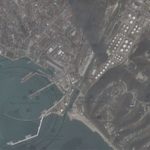
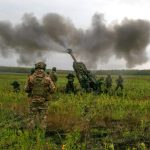



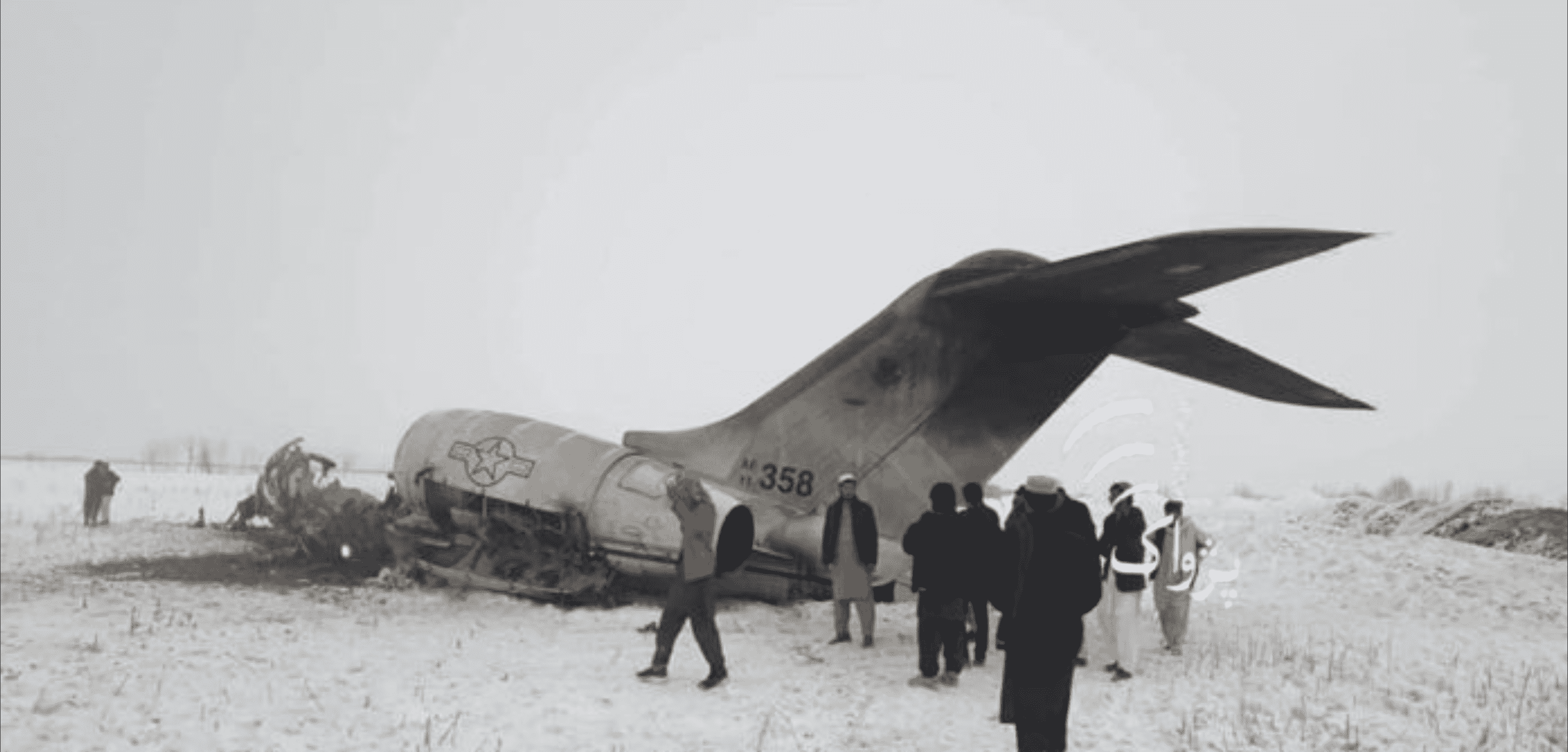
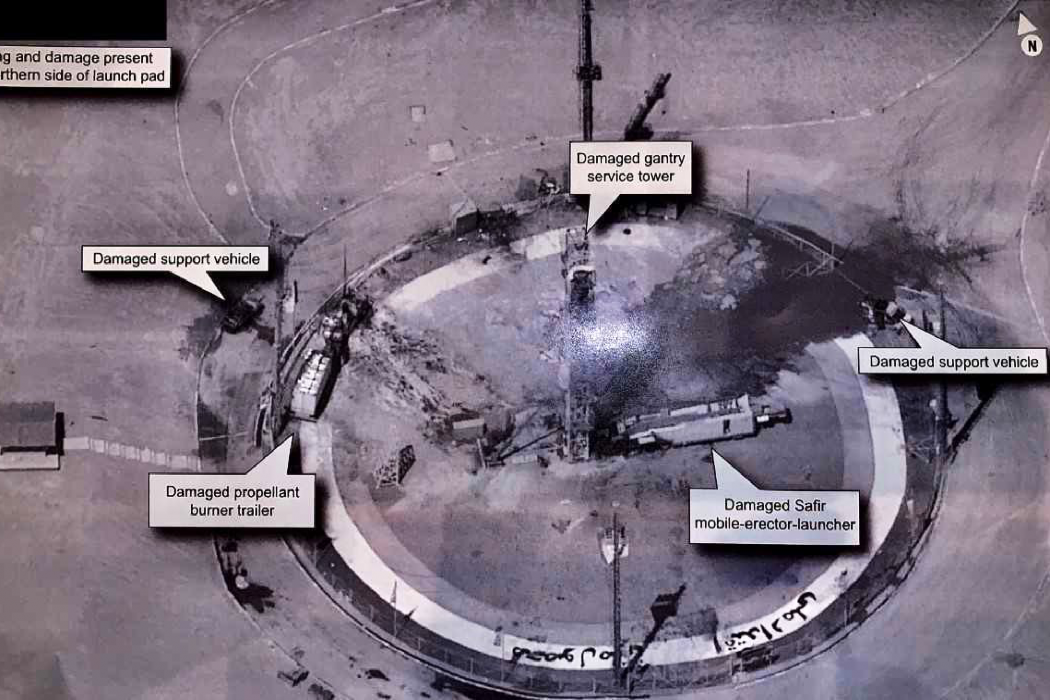
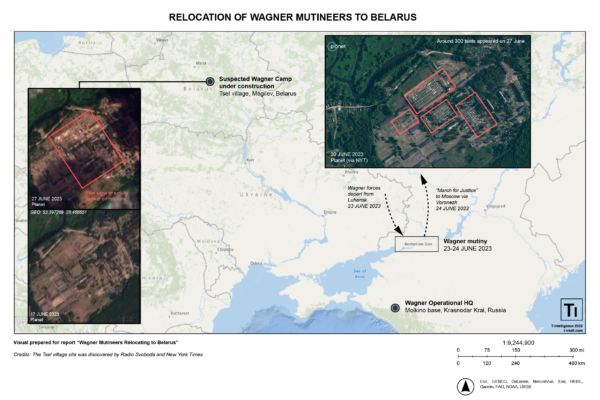
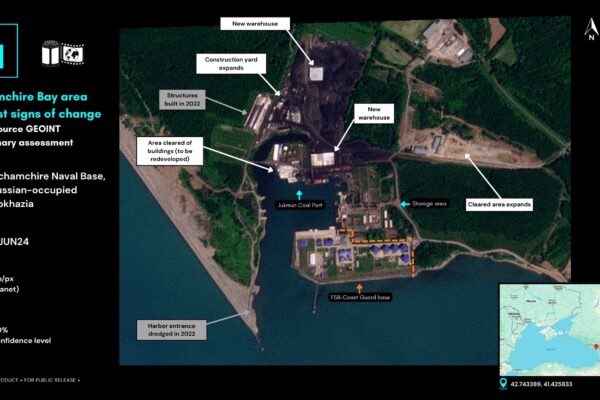
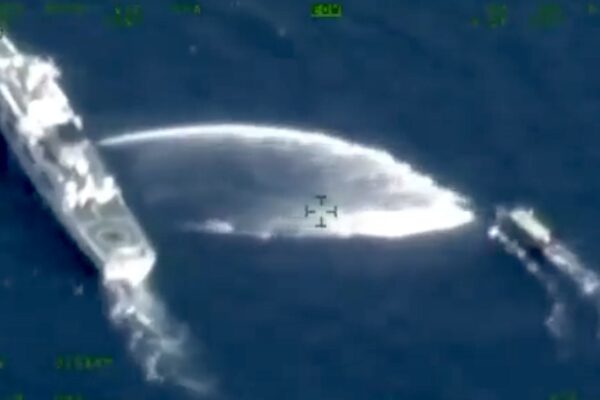
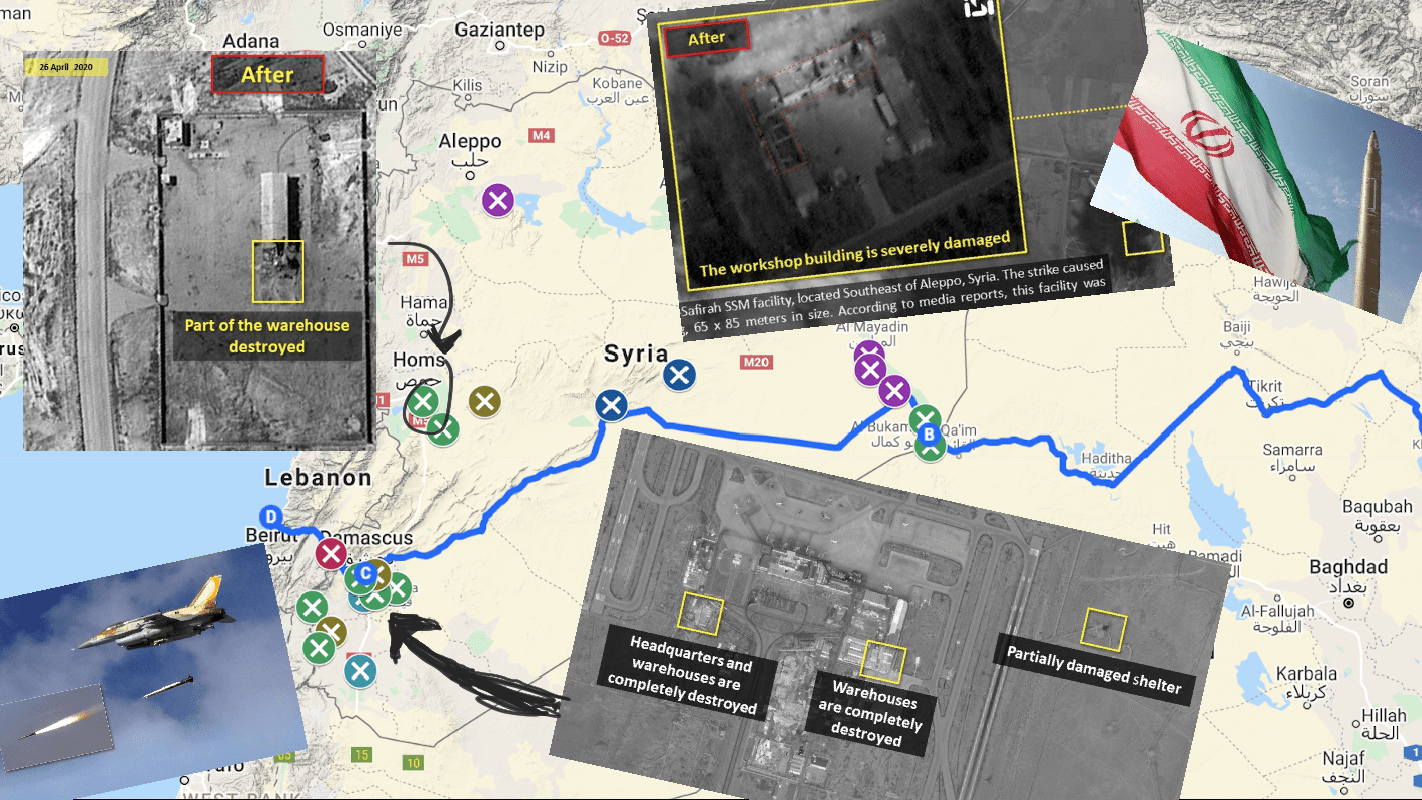
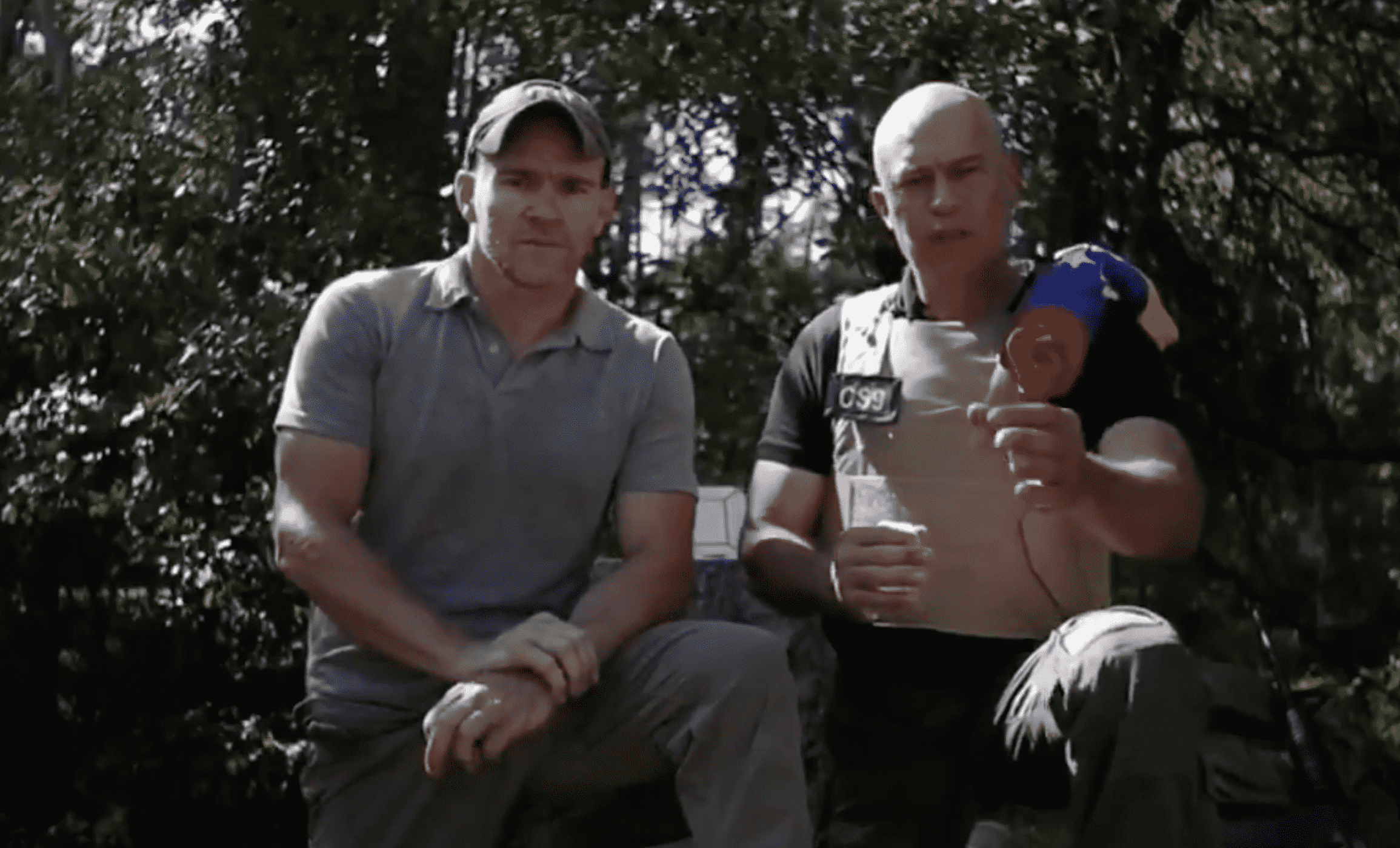

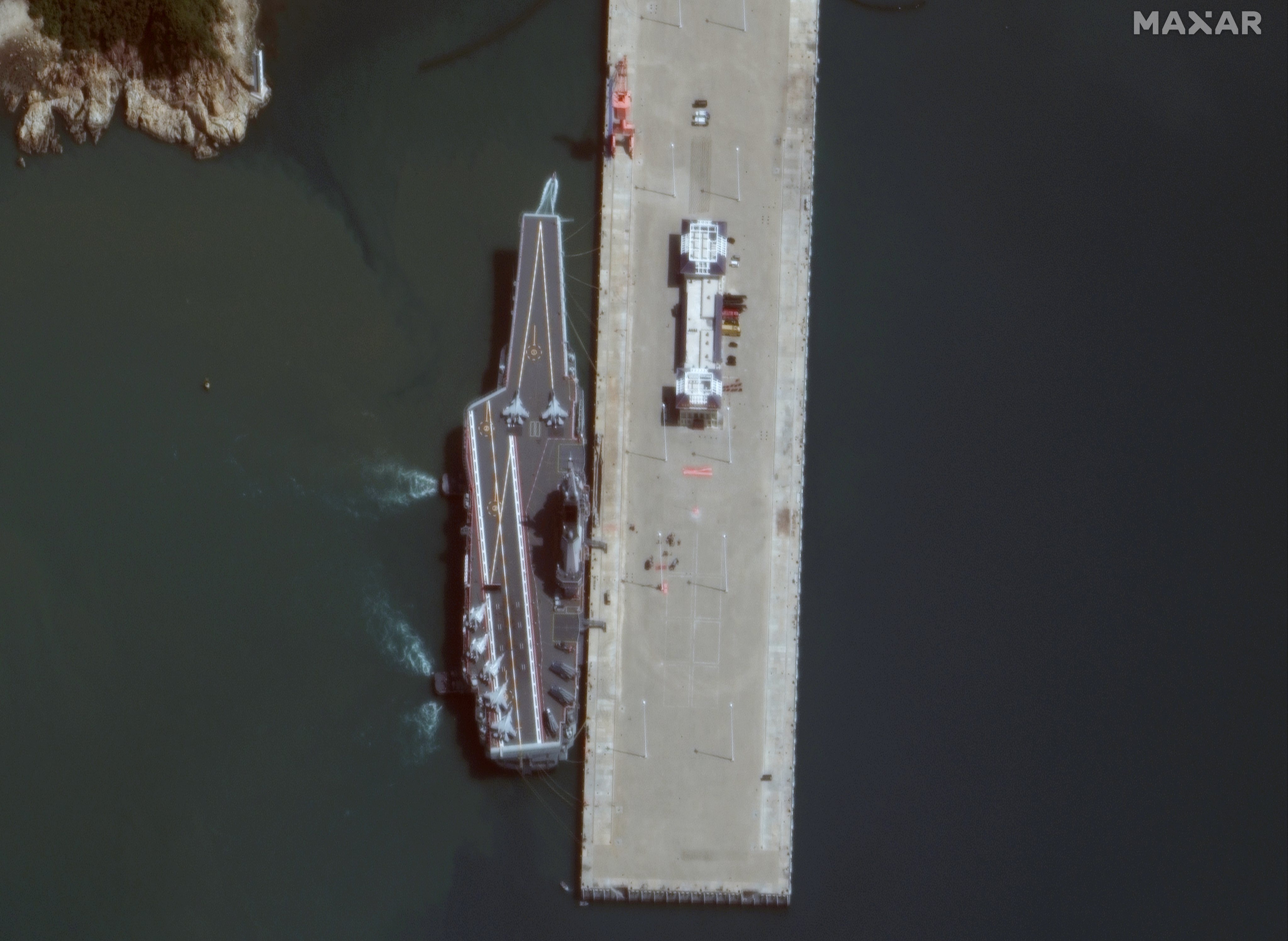
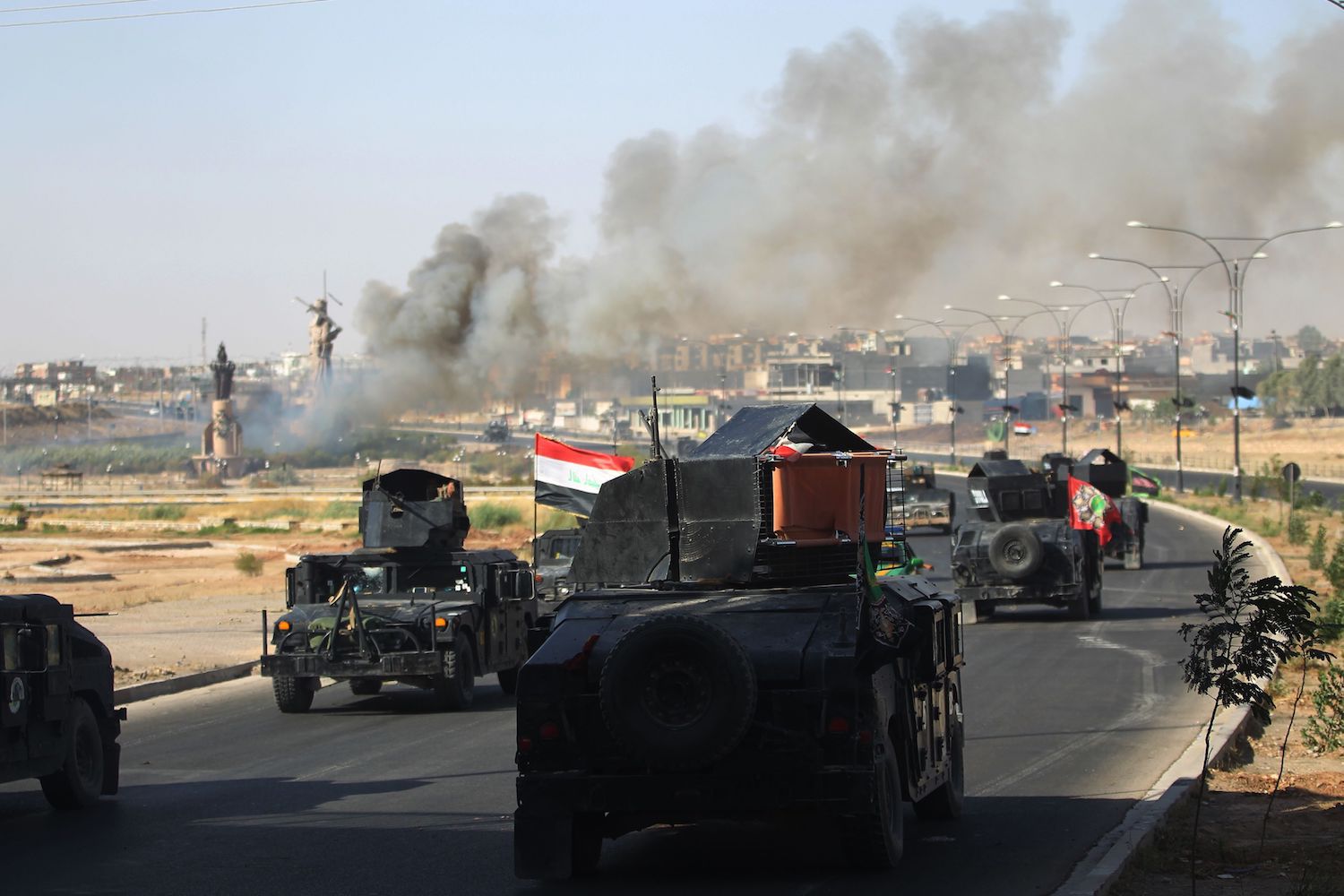
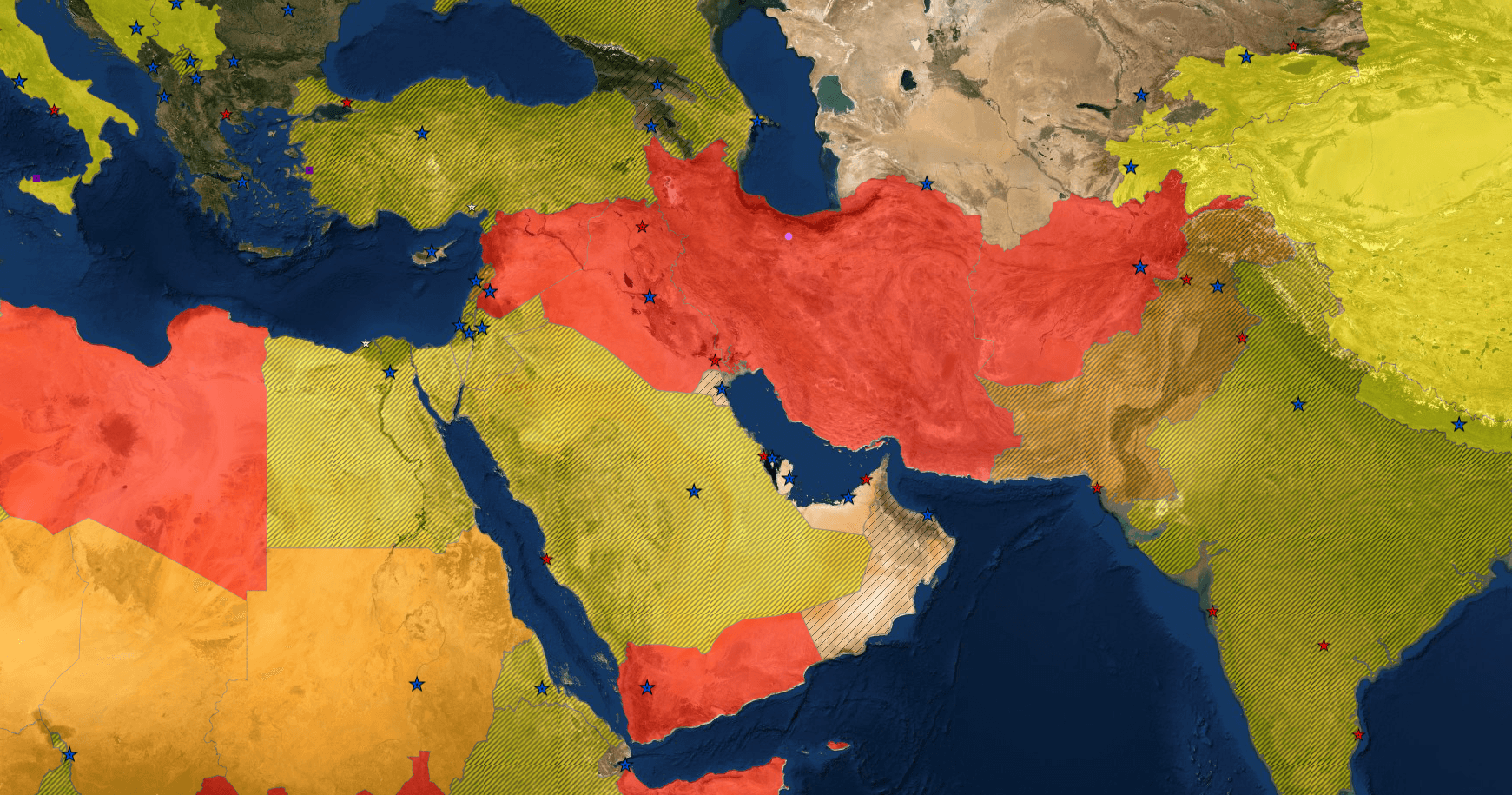


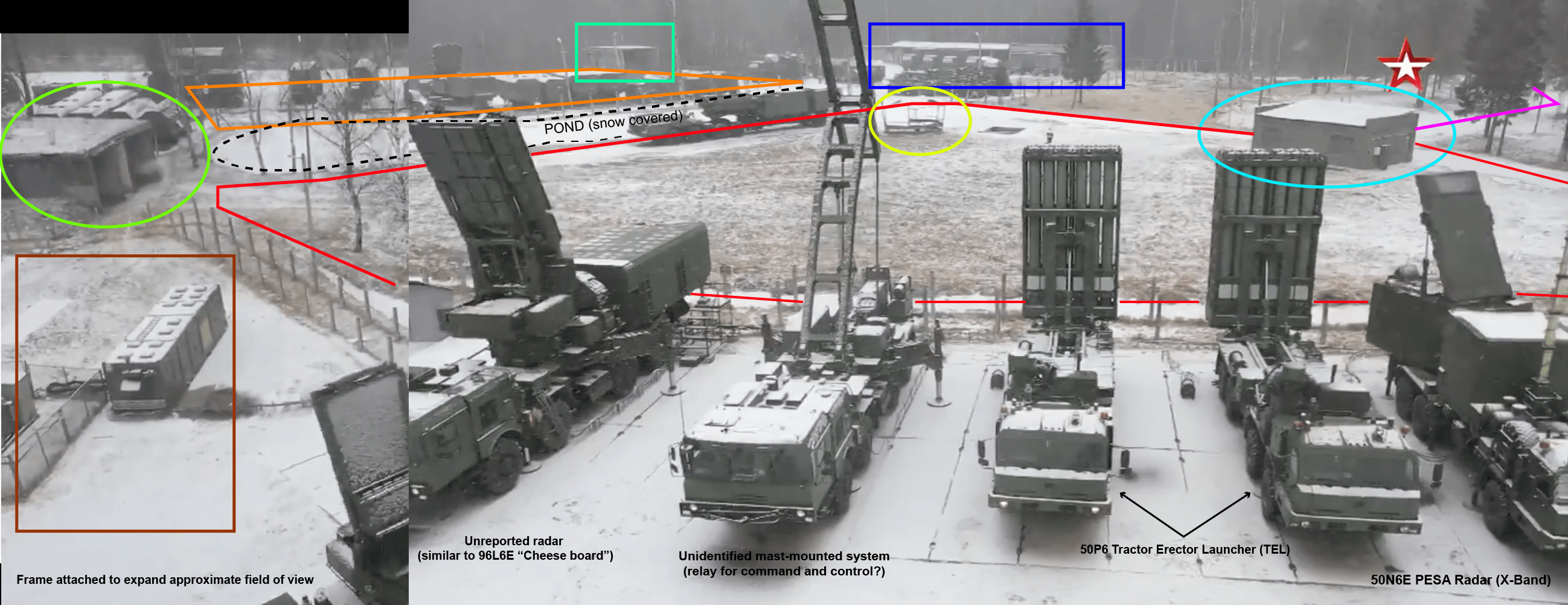
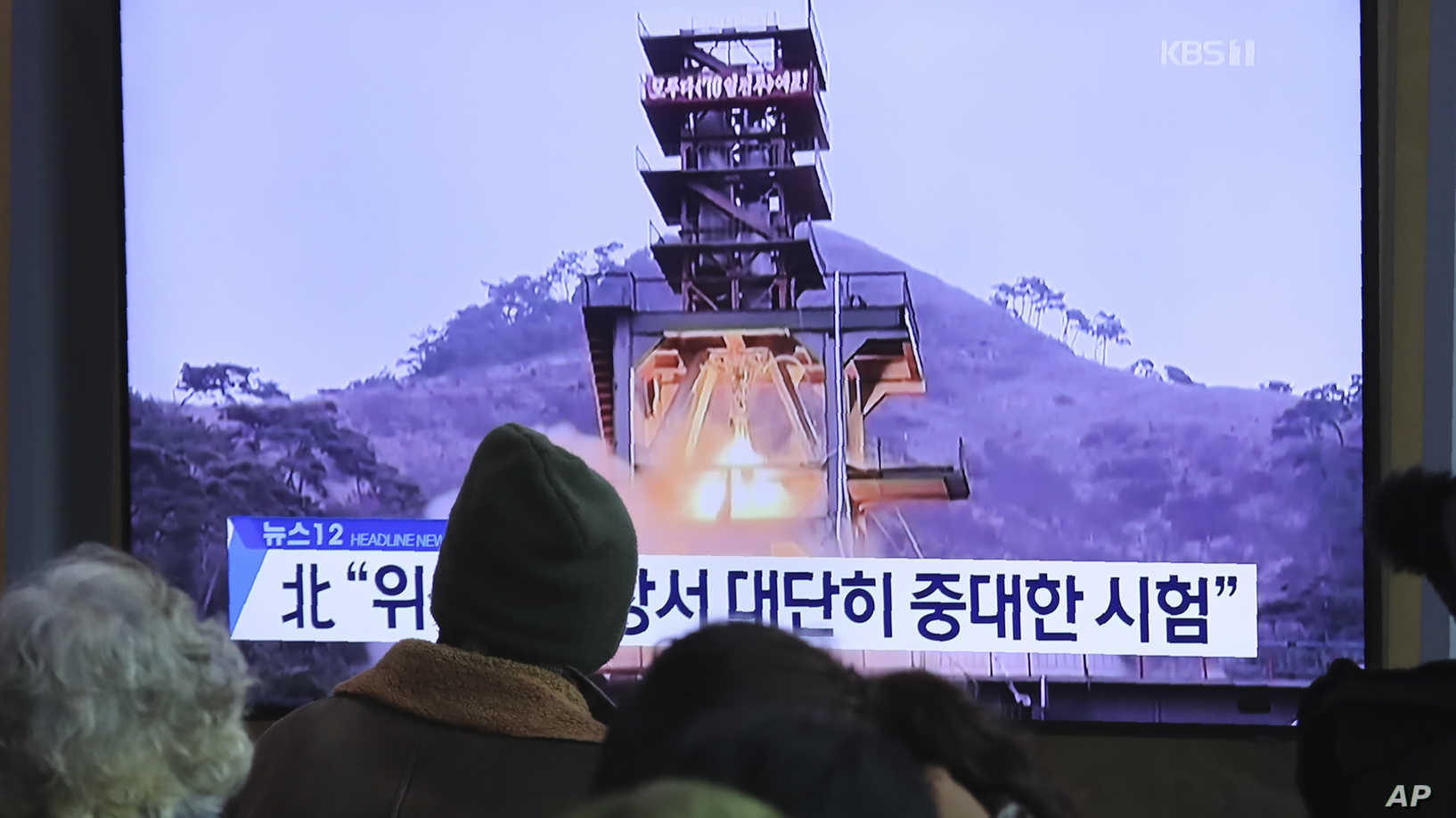


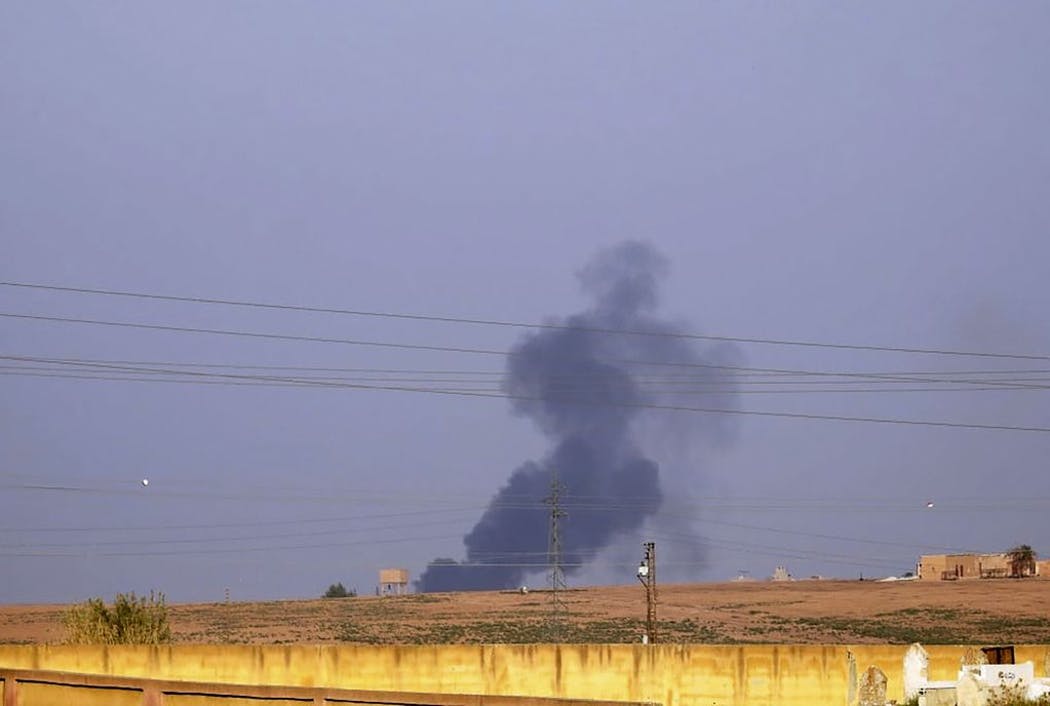

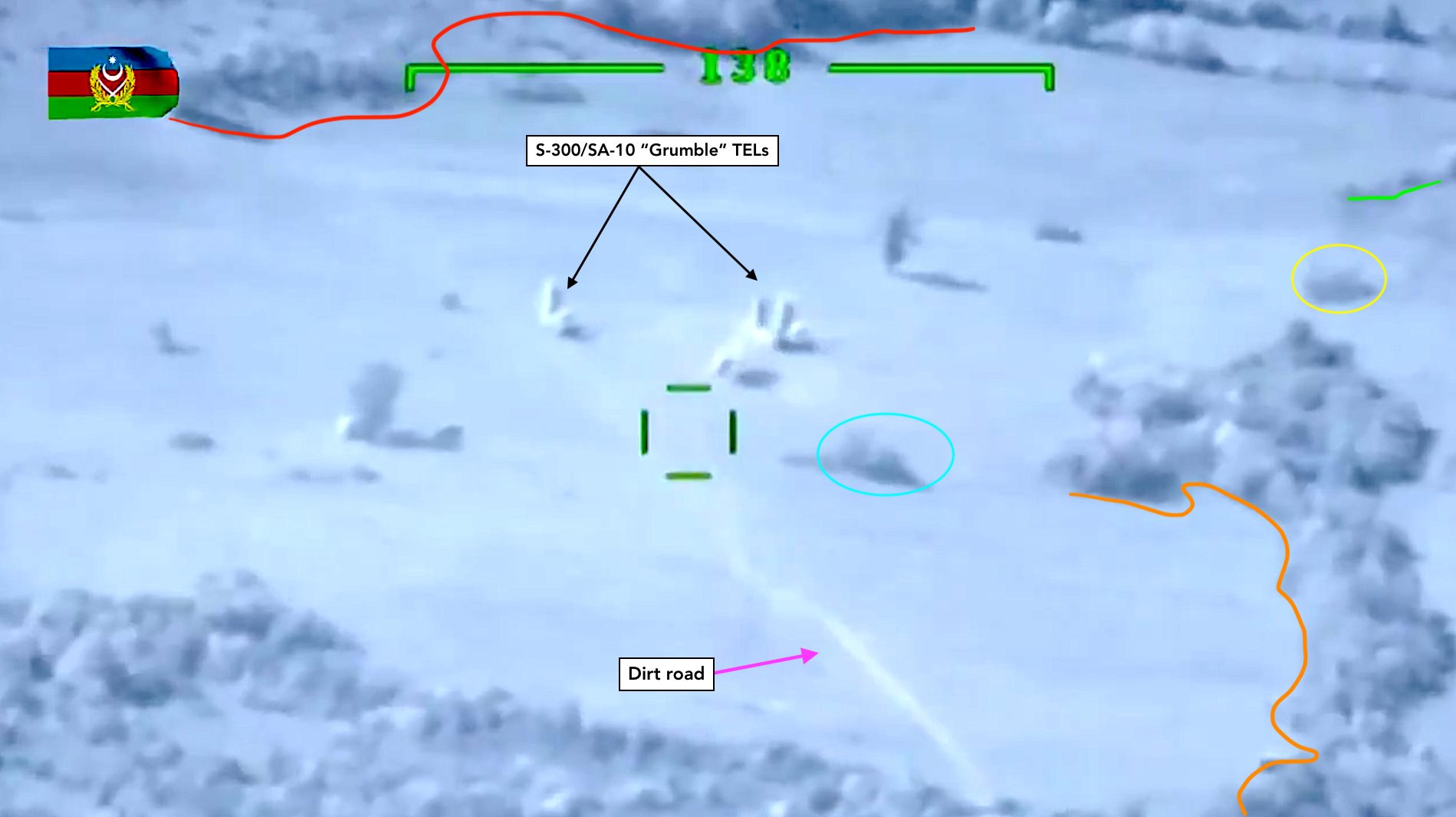

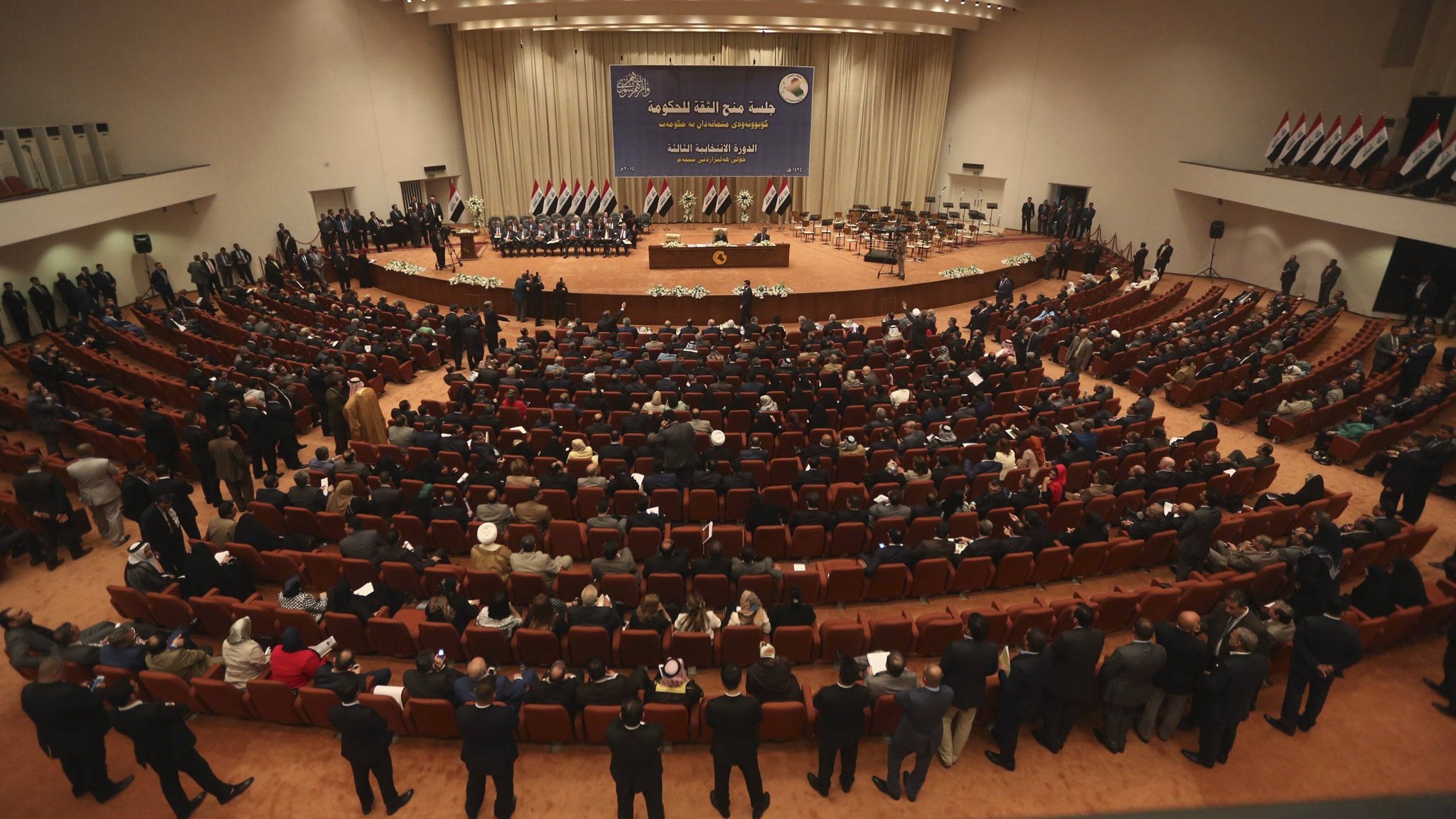
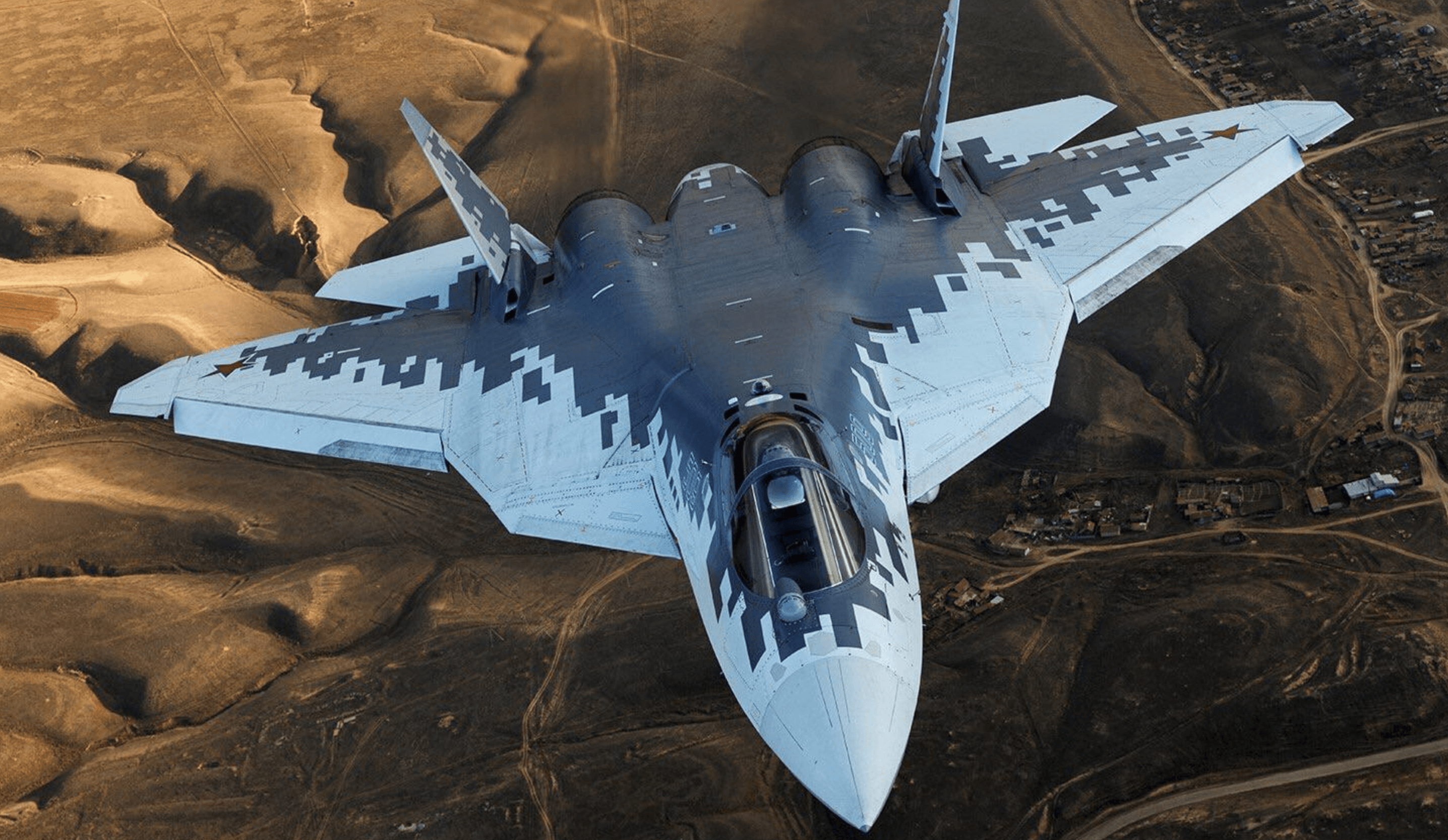
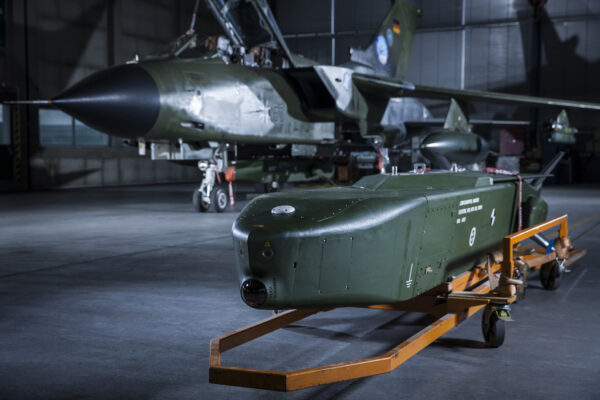
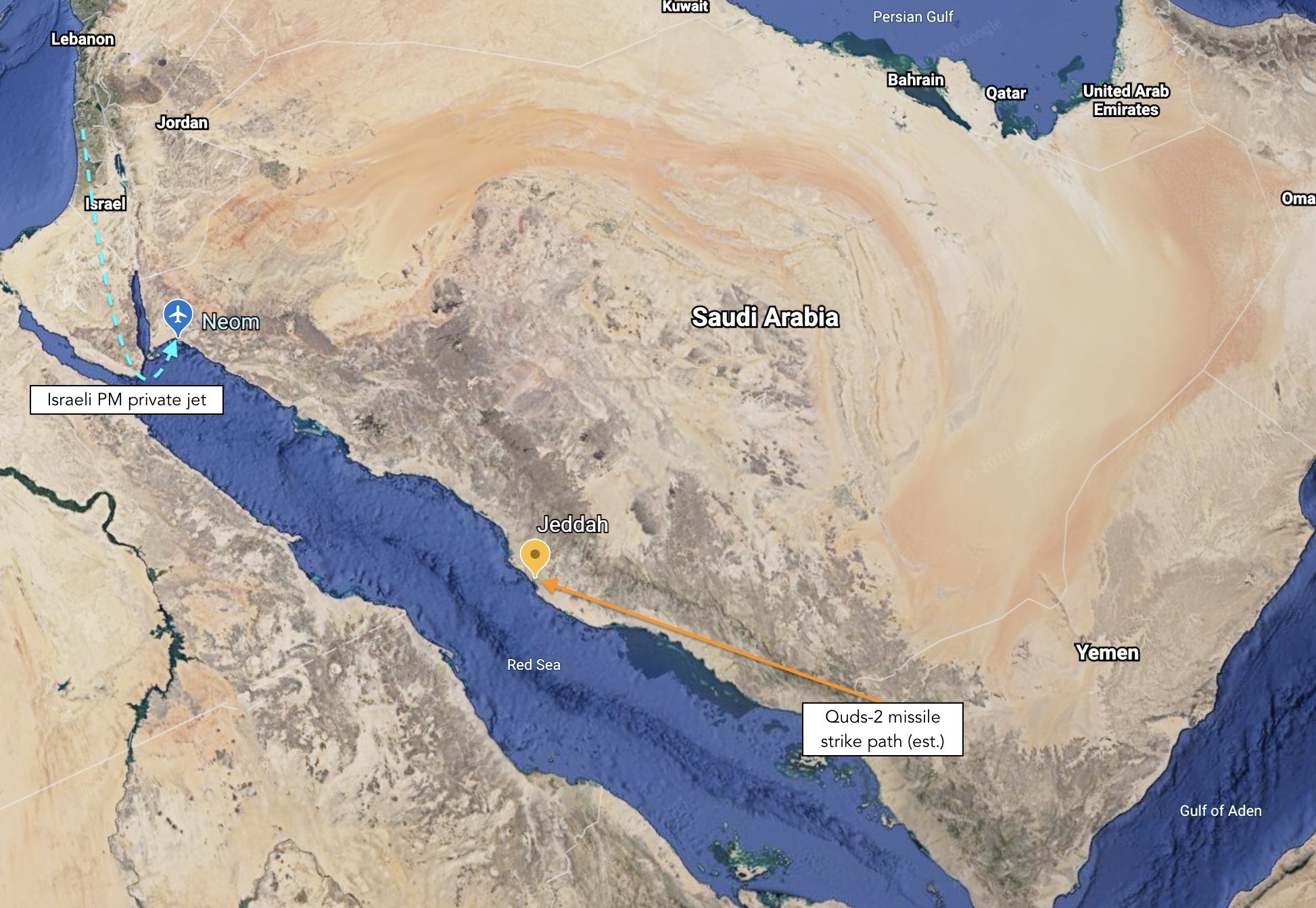
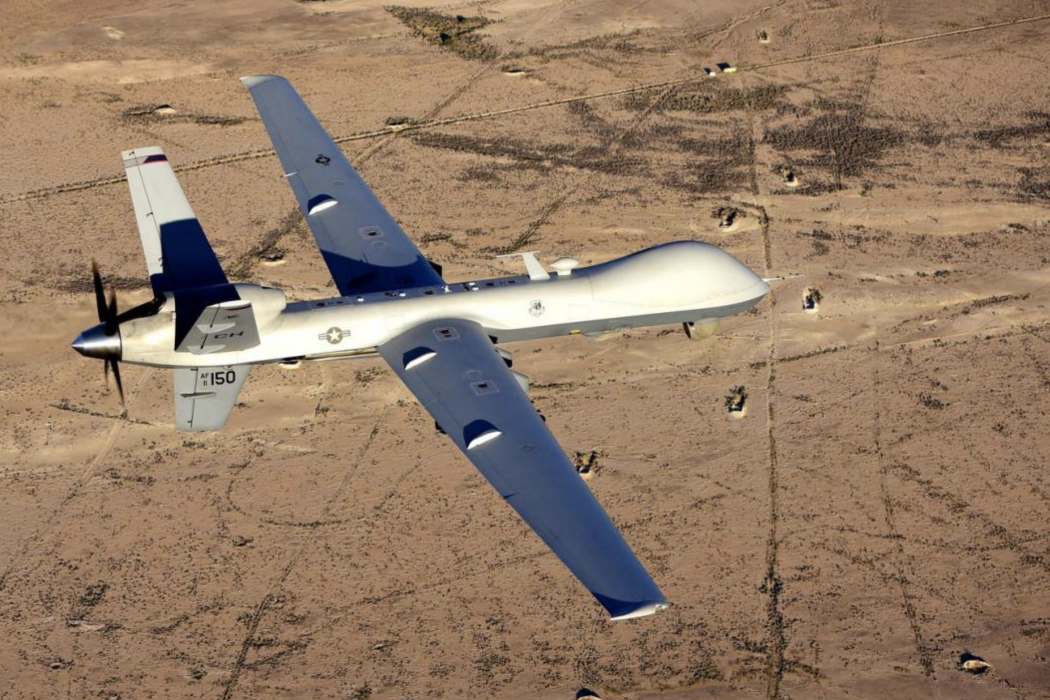
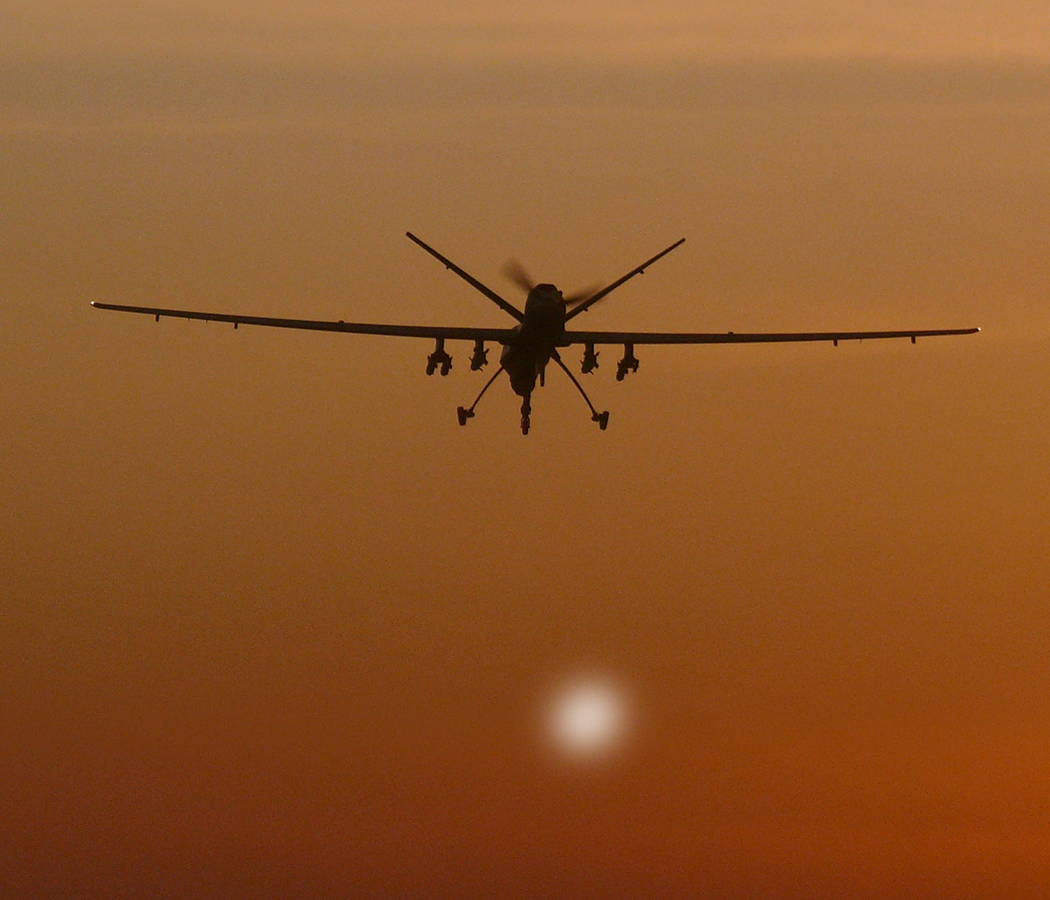

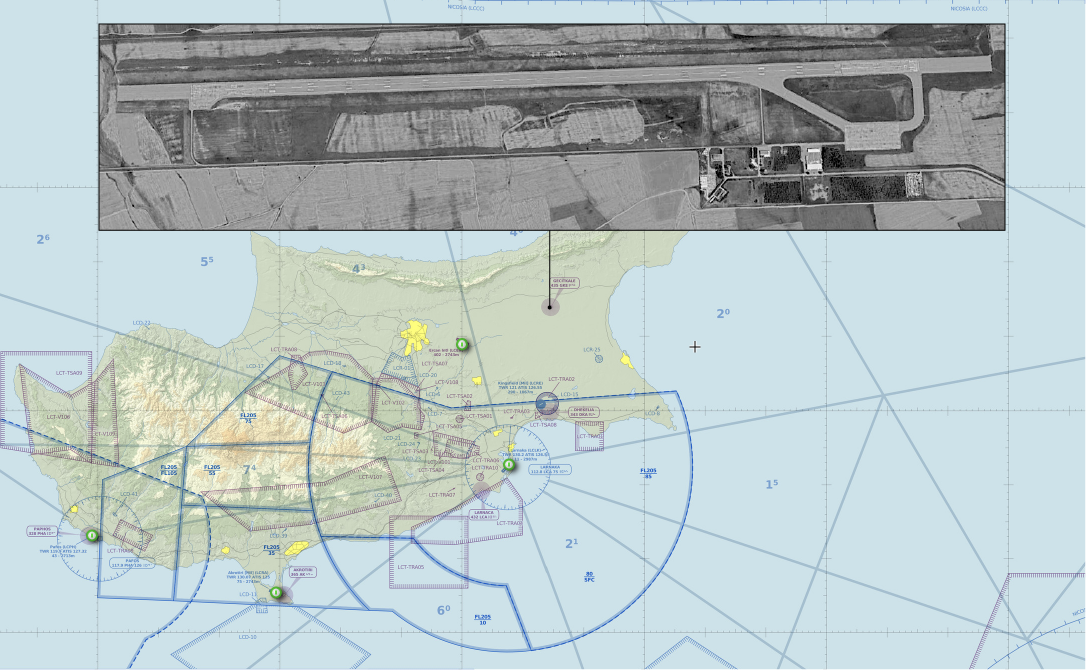
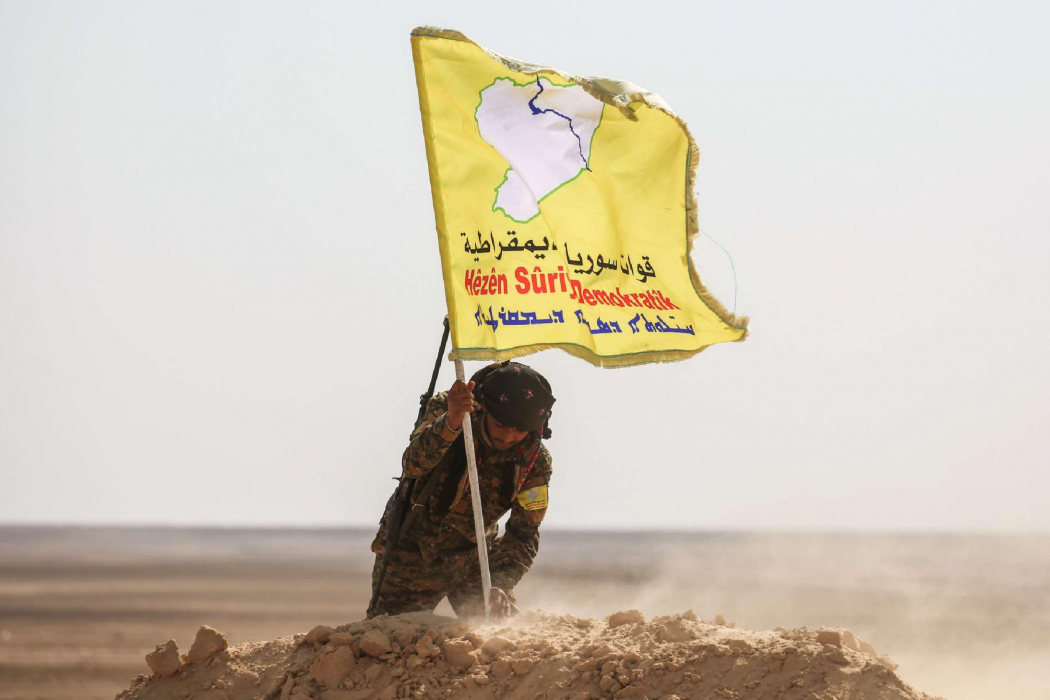
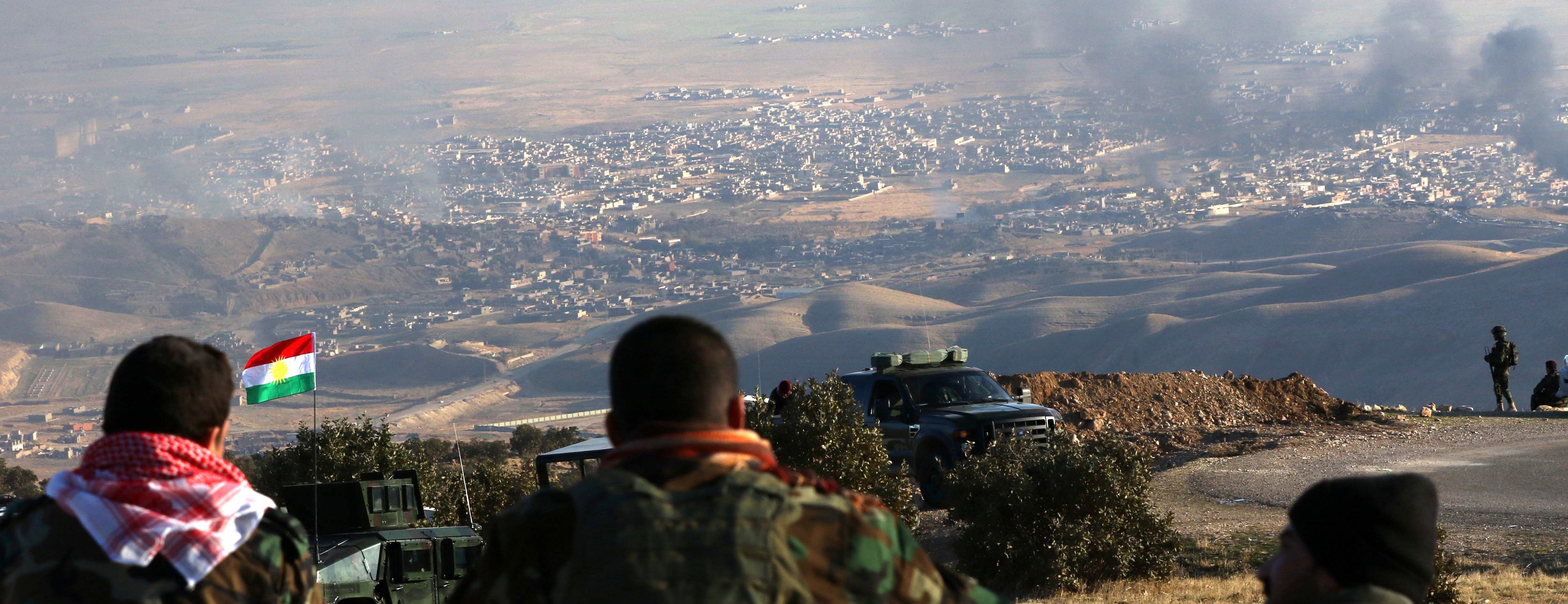


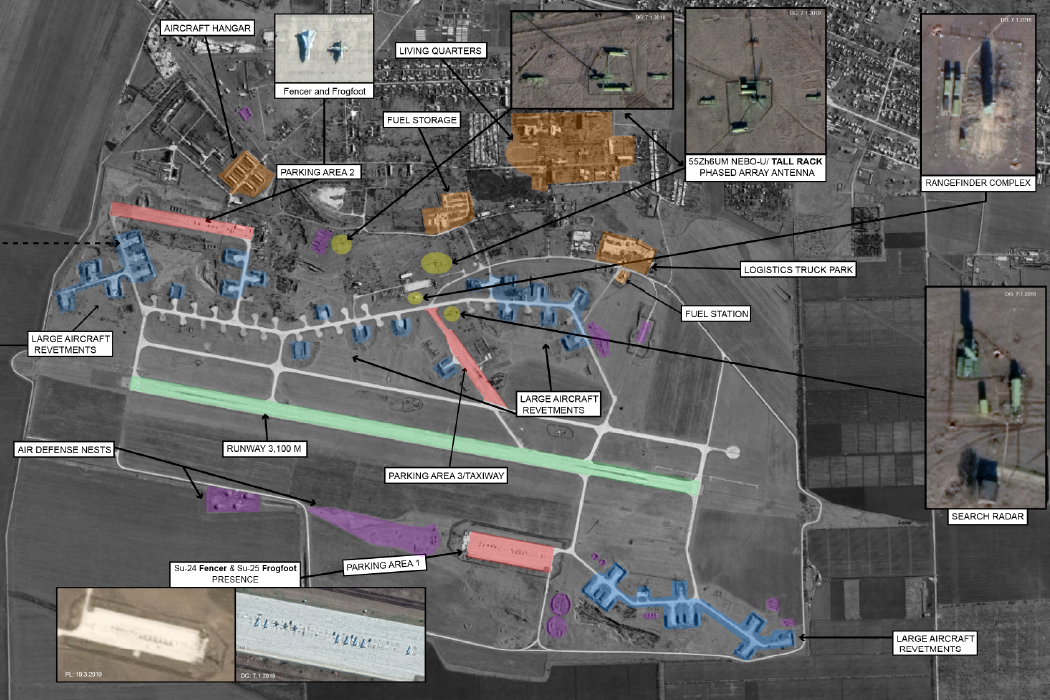
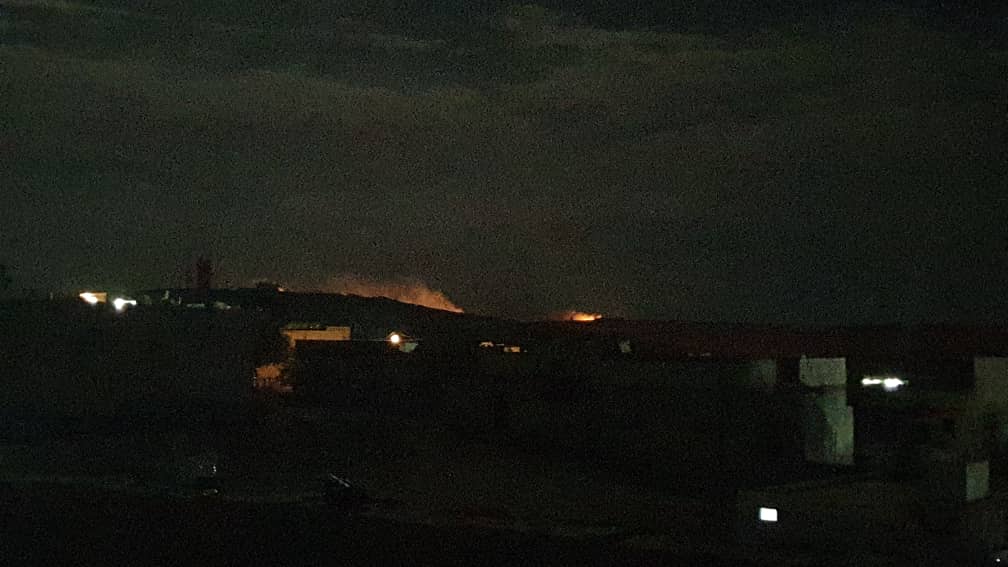
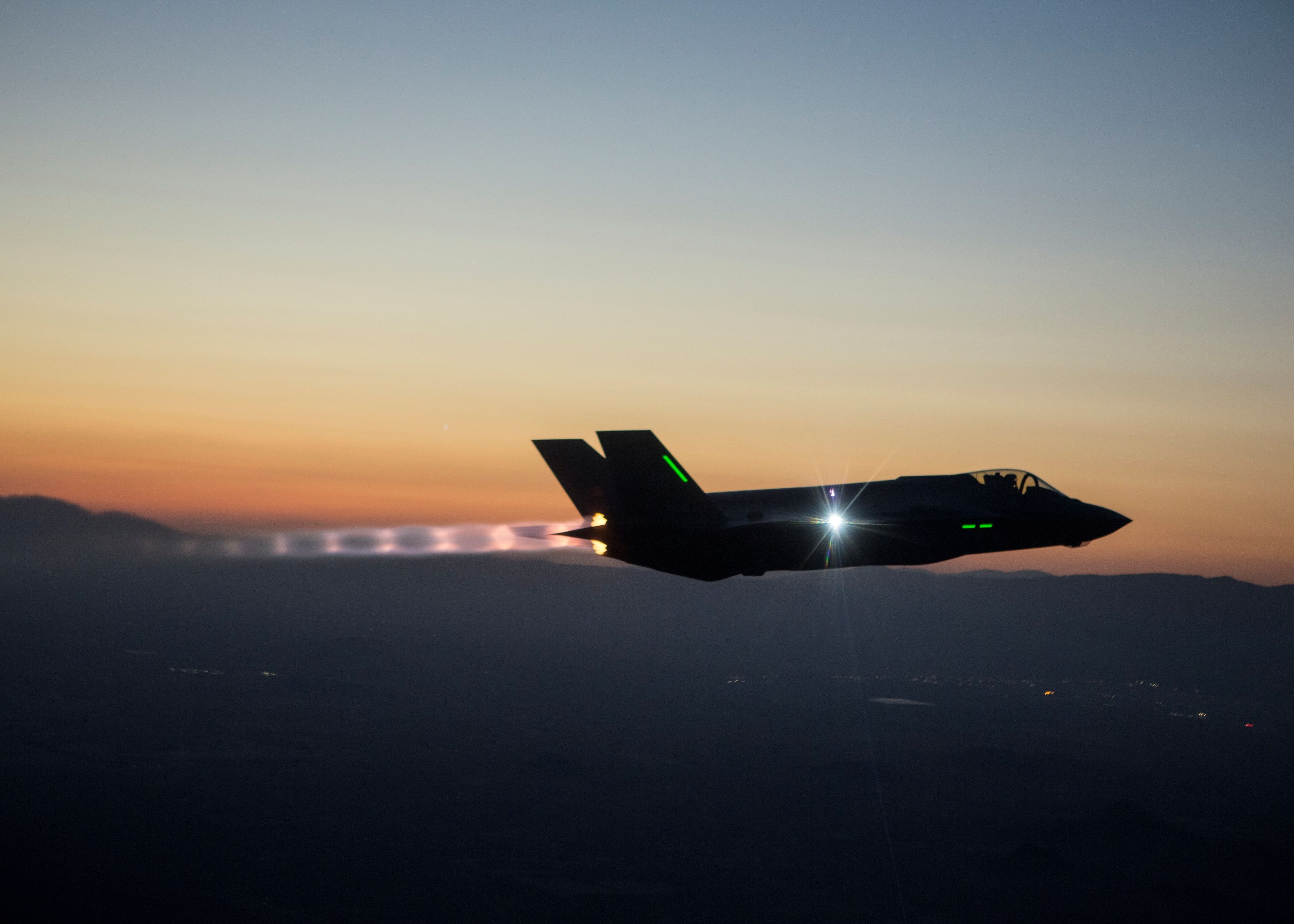
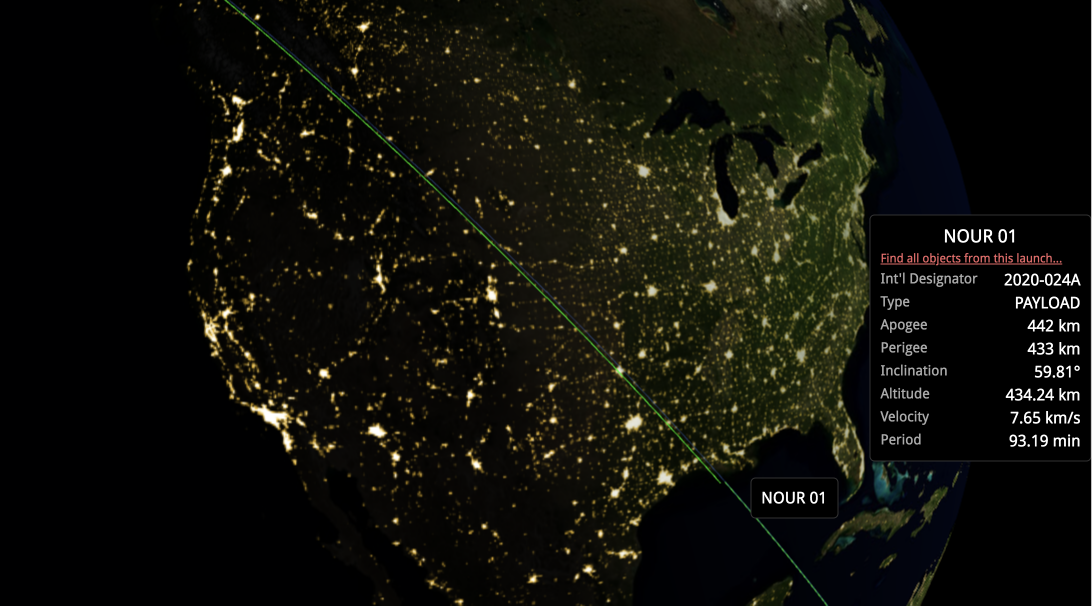

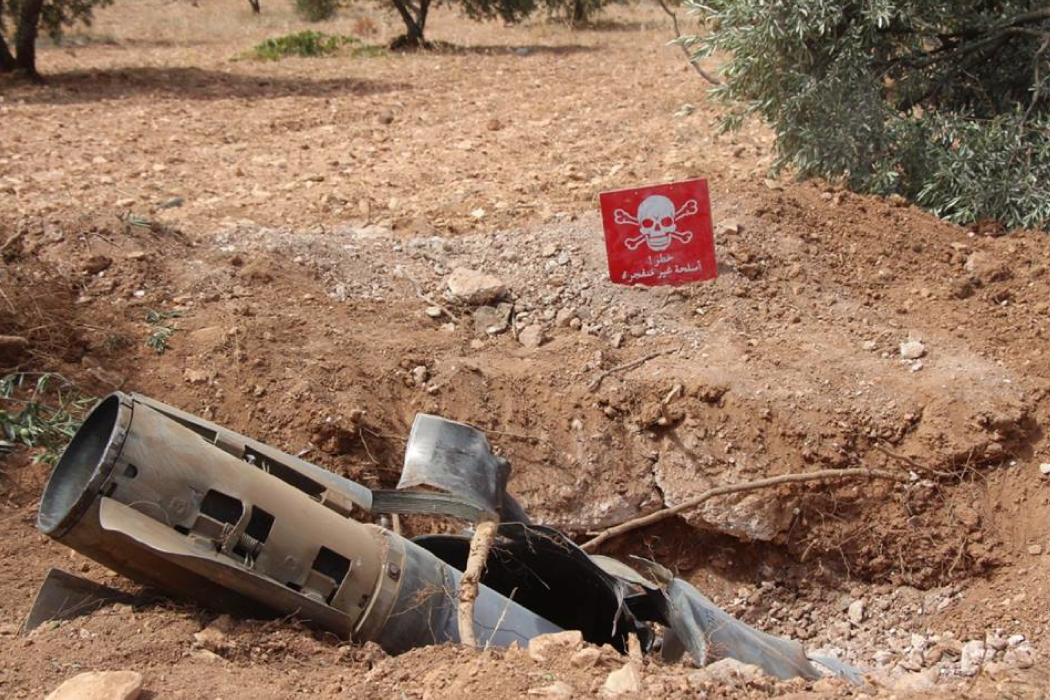

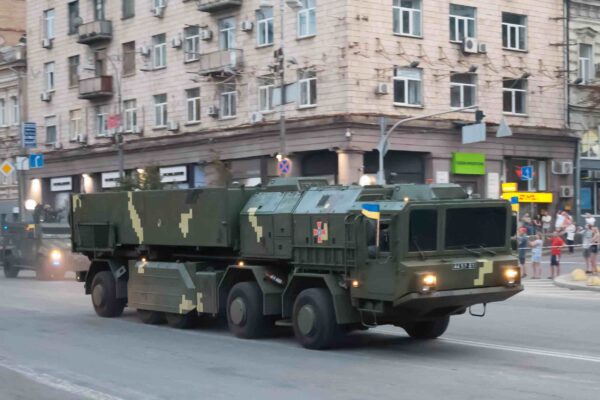
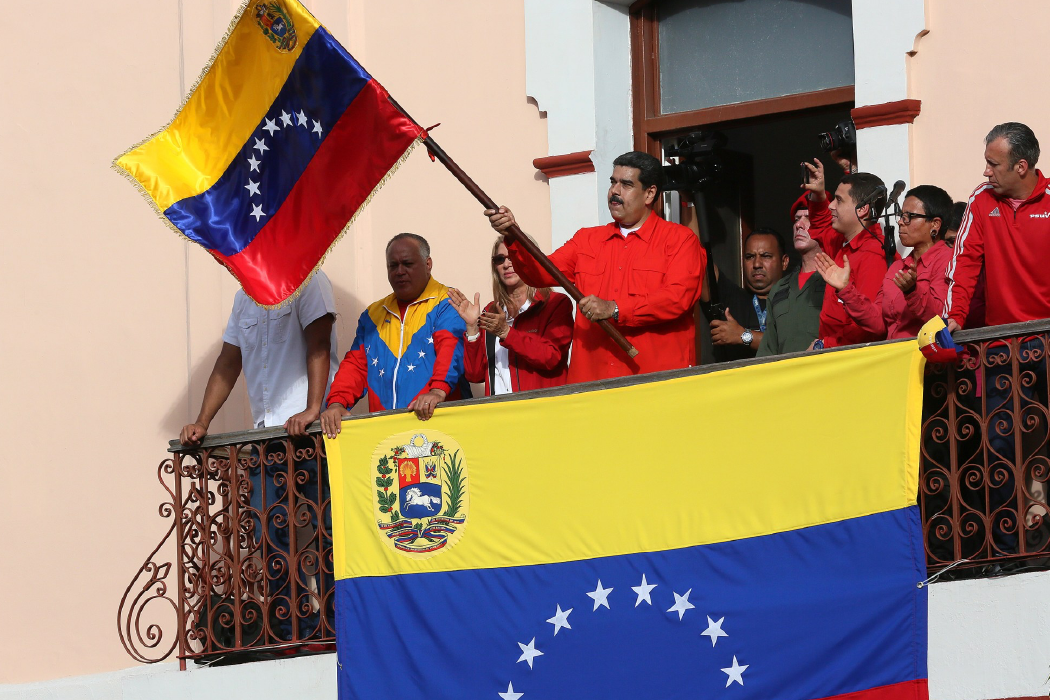
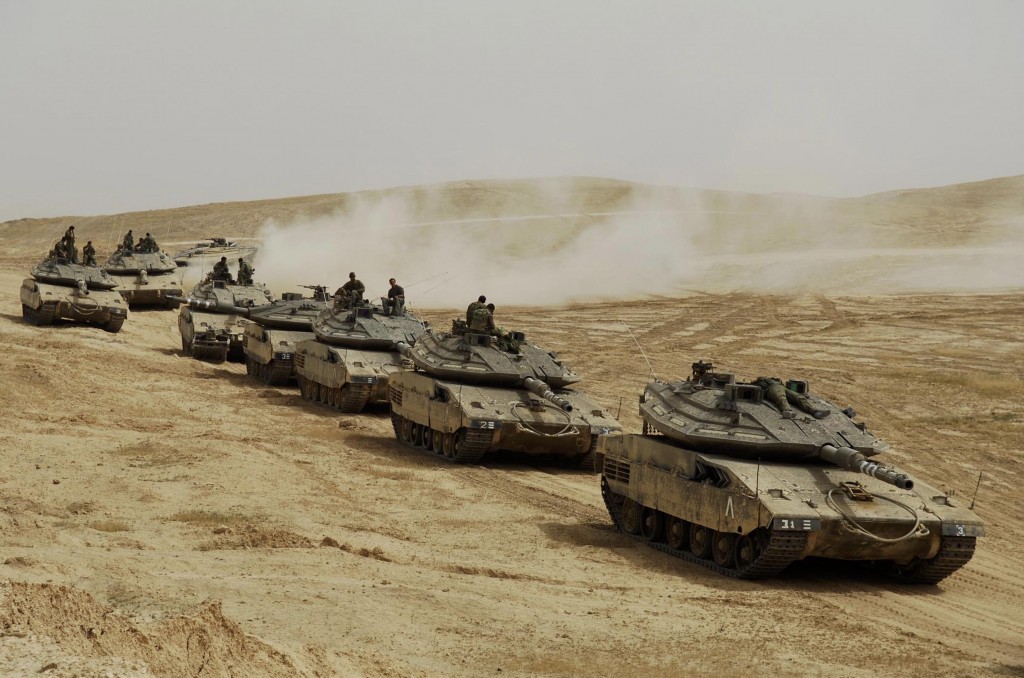

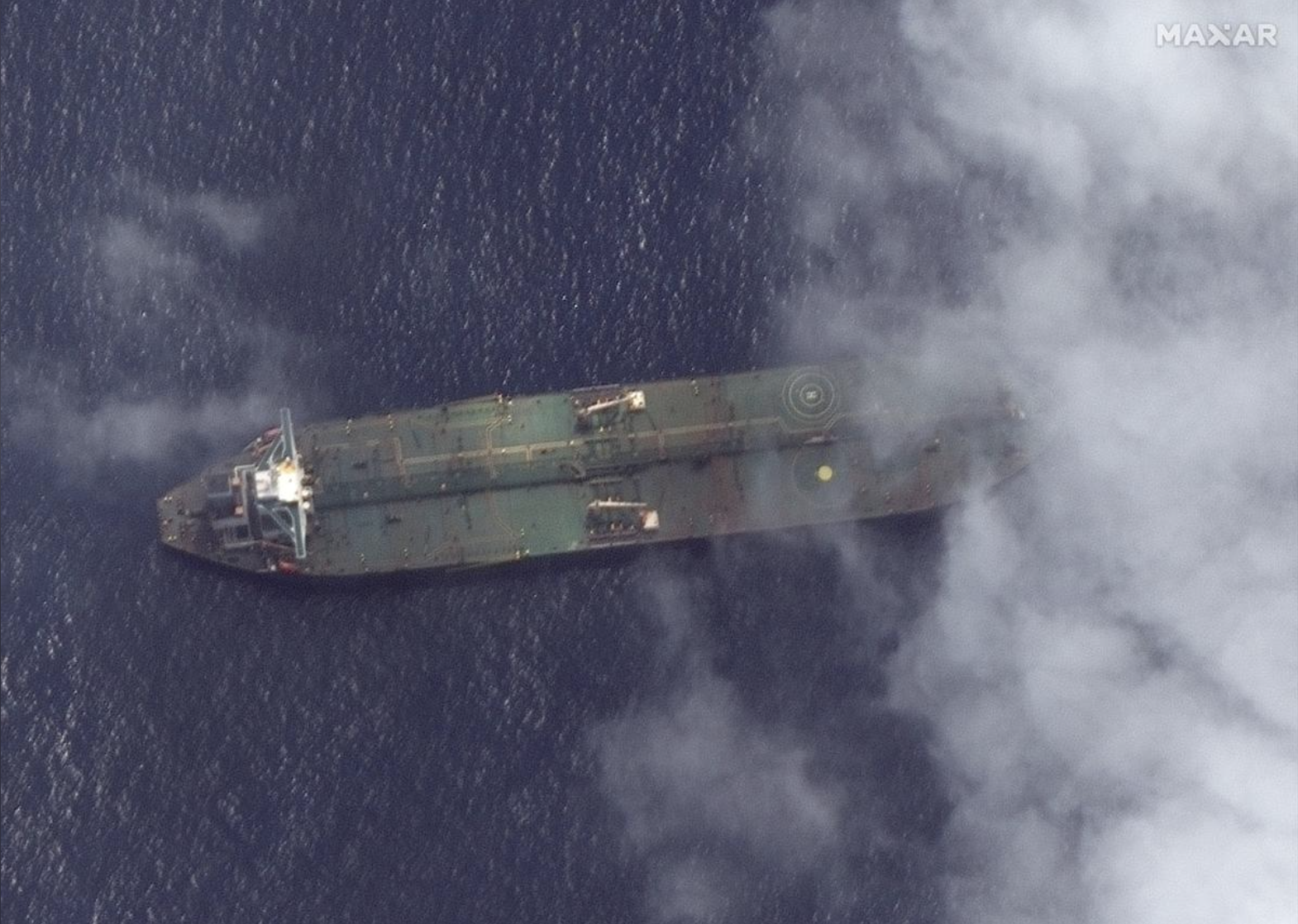
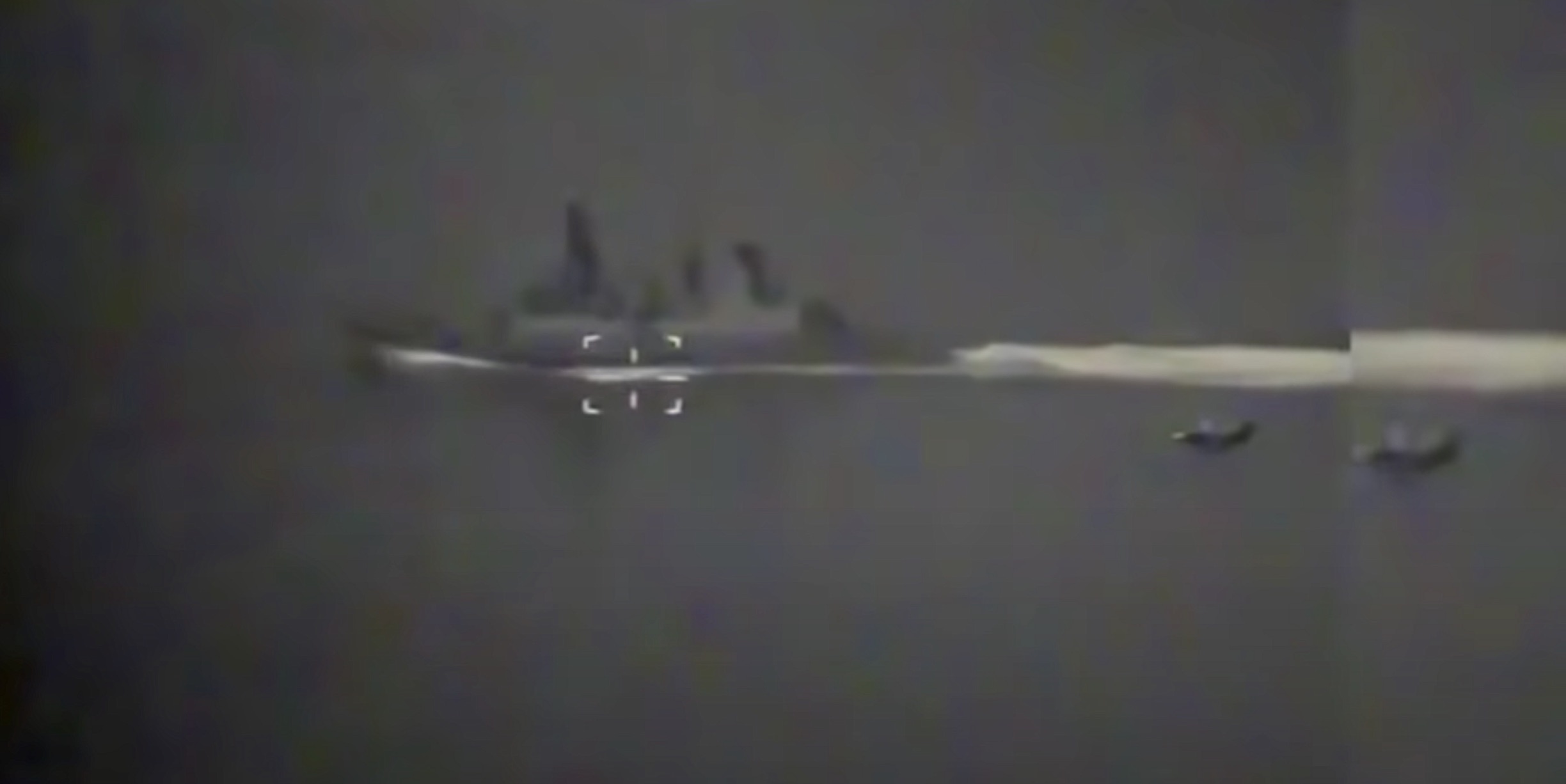

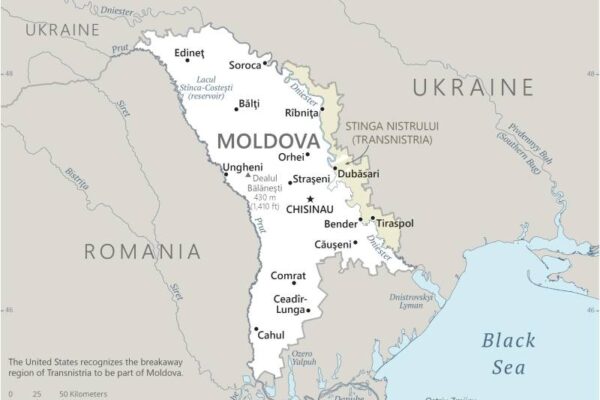
![Evacuation “Shattered Glass”: The US/ Coalition Bases in Syria [Part 2]](https://t-intell.com/wp-content/uploads/2020/02/TelSalman24.2.2018_optimized.png)


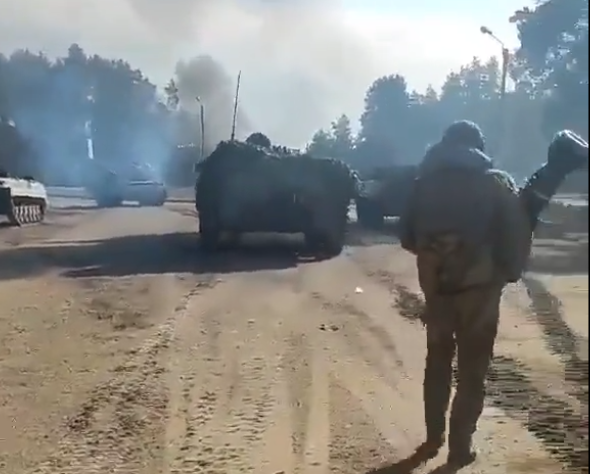
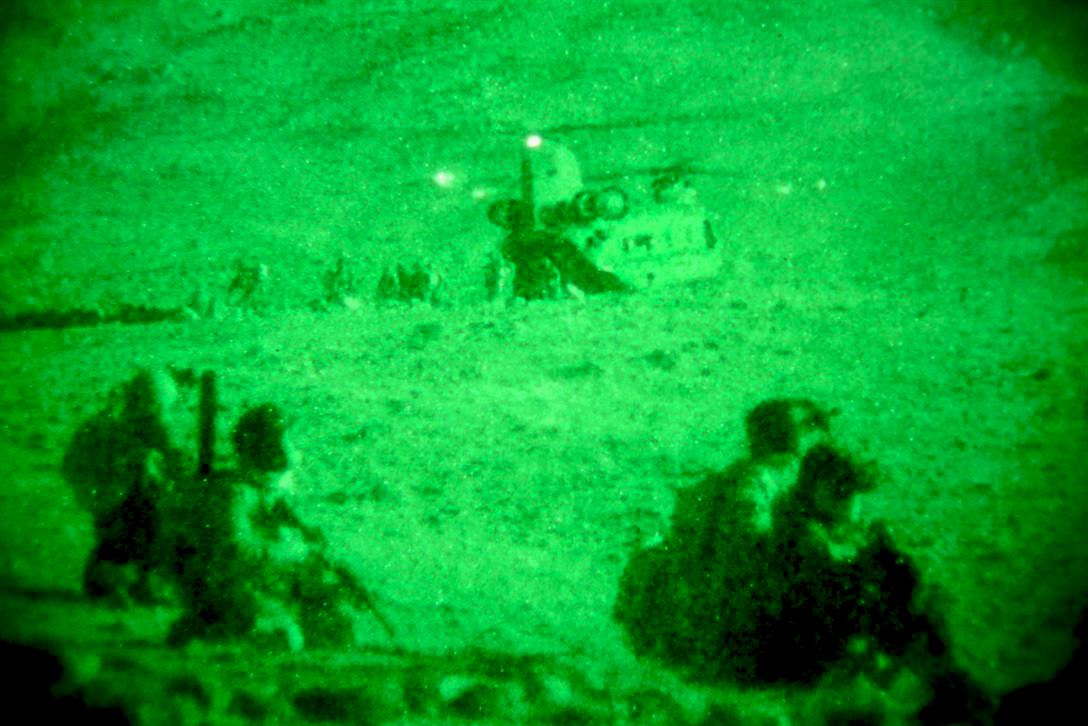
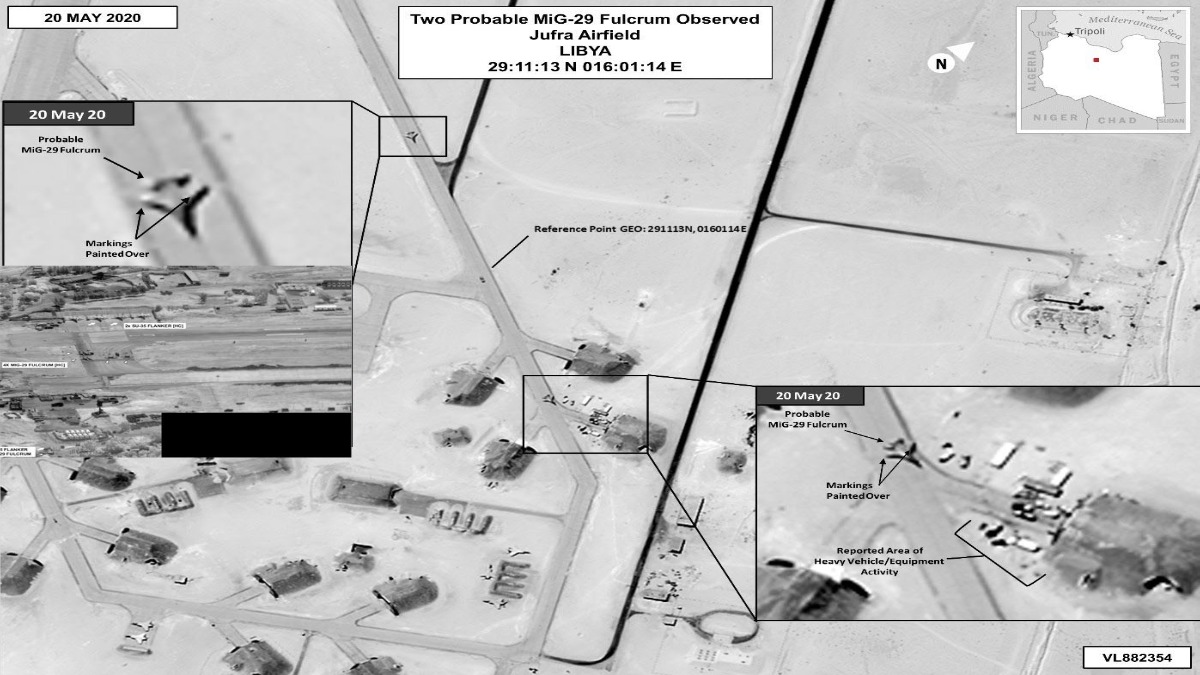

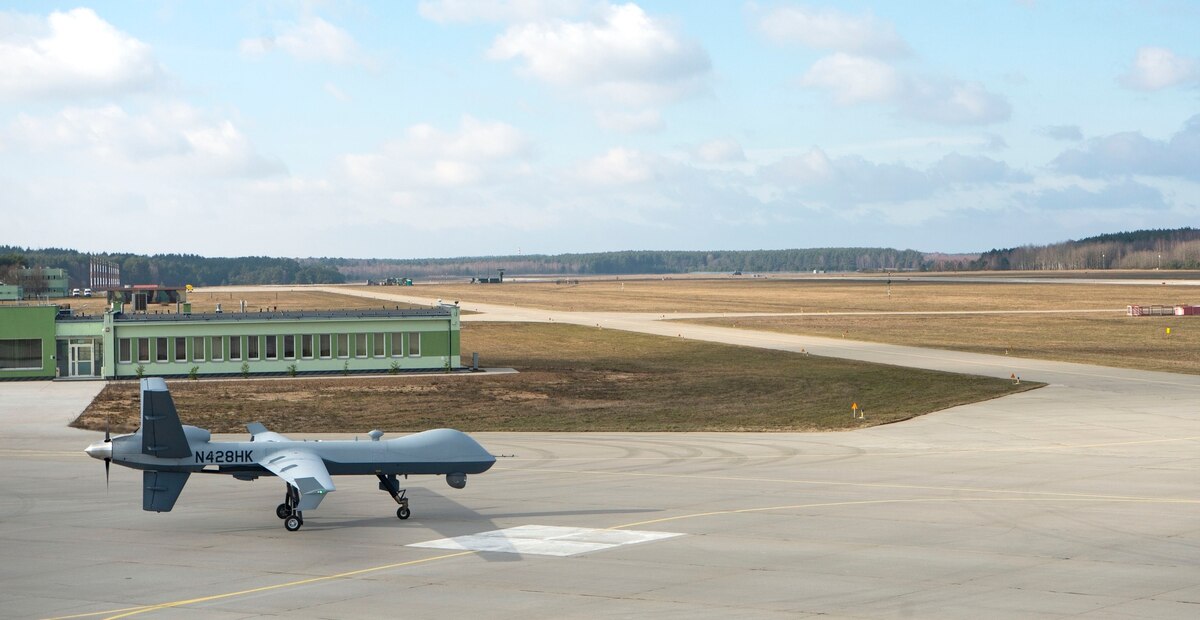
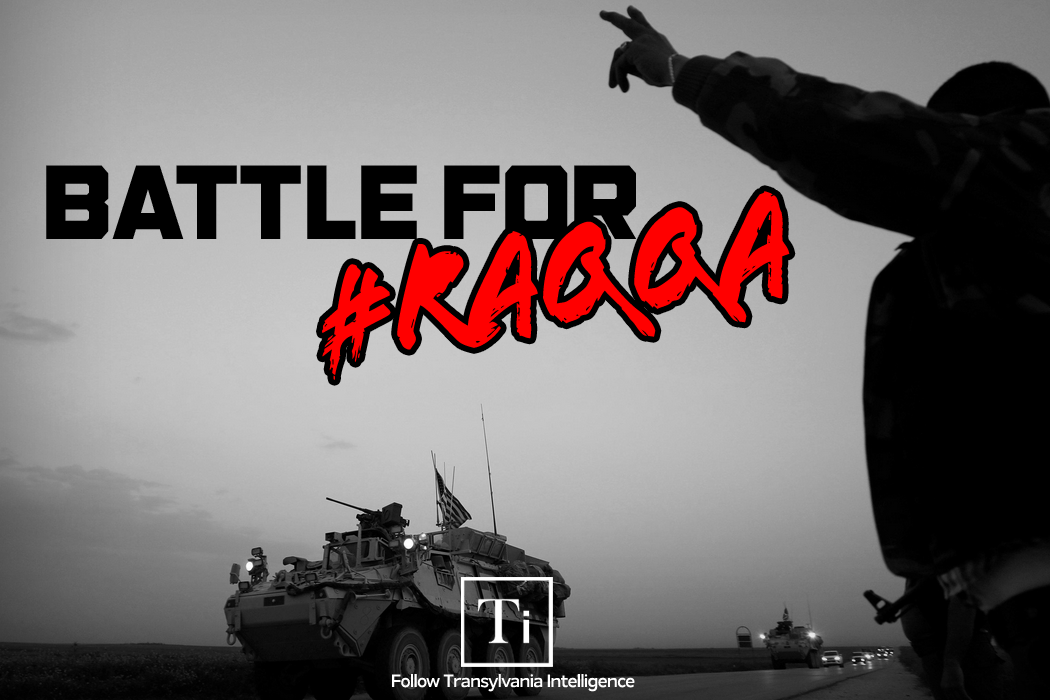
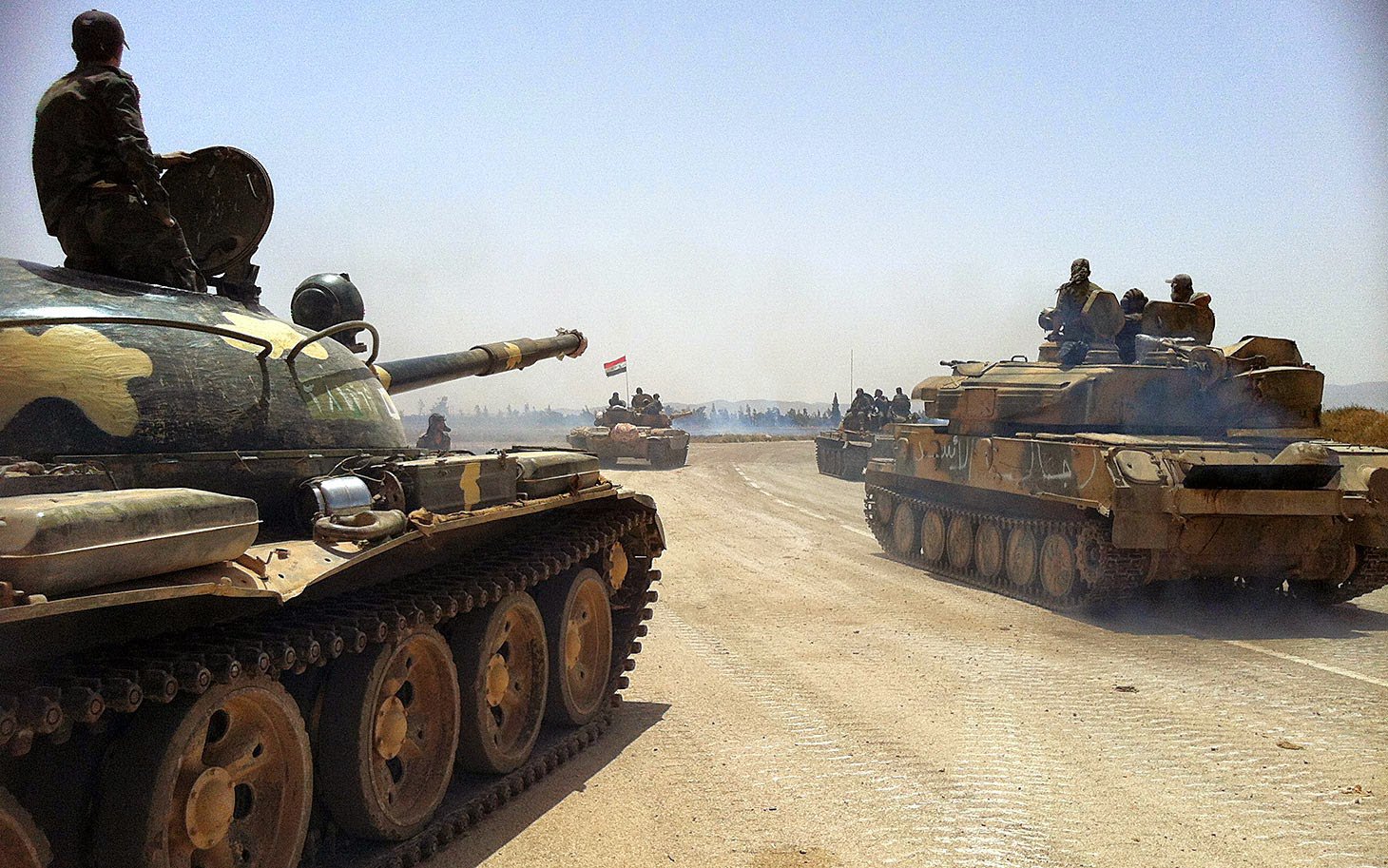
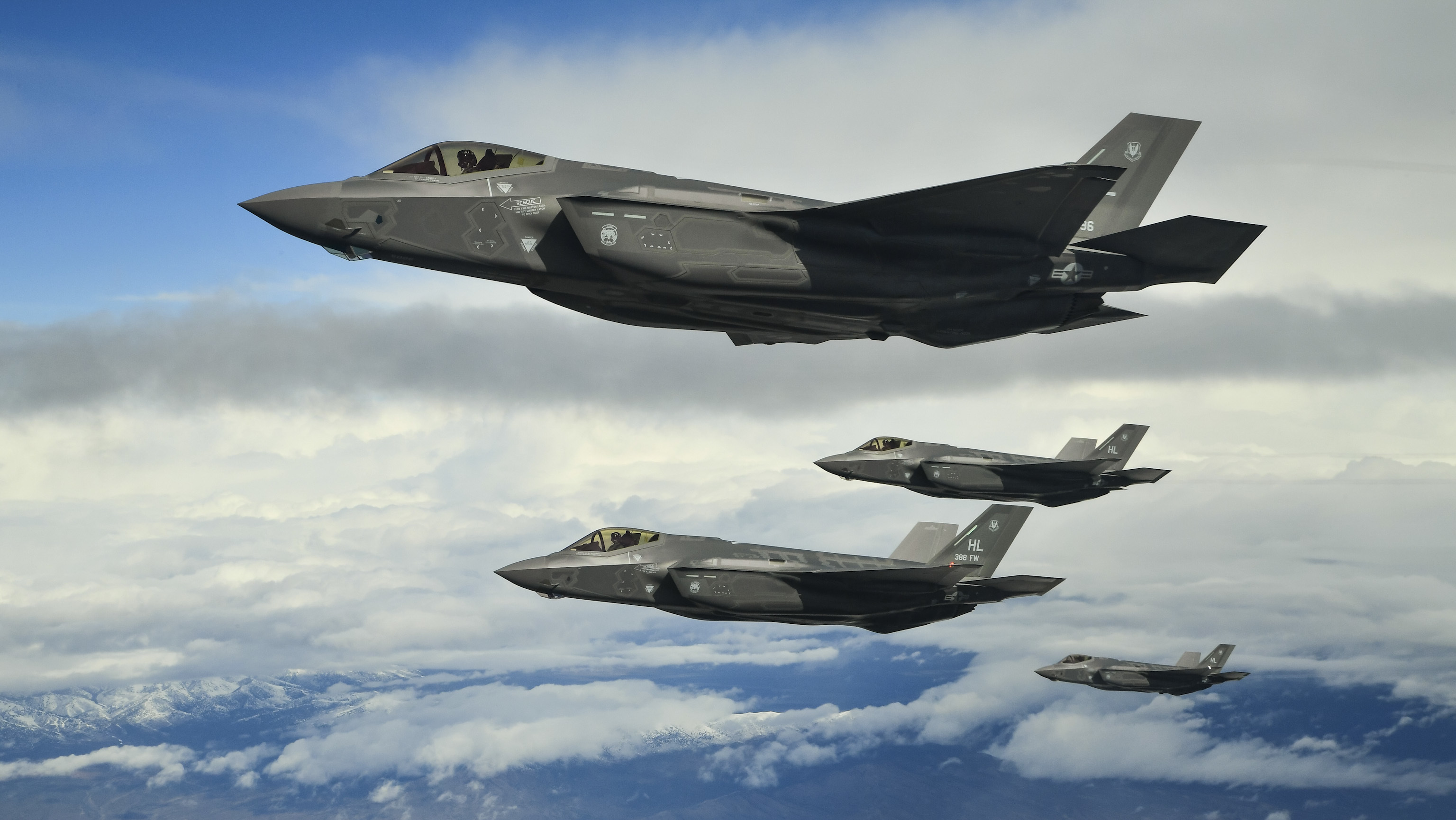
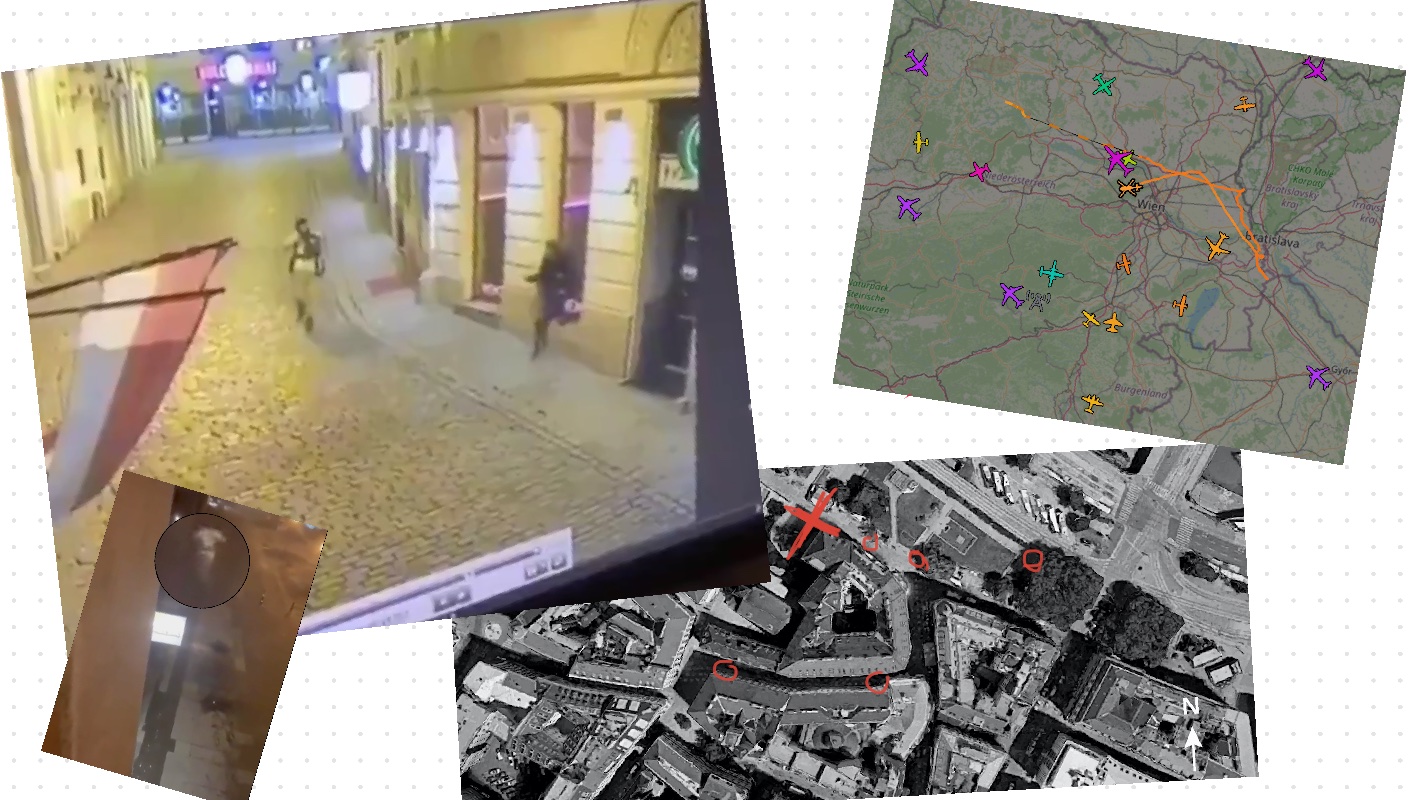
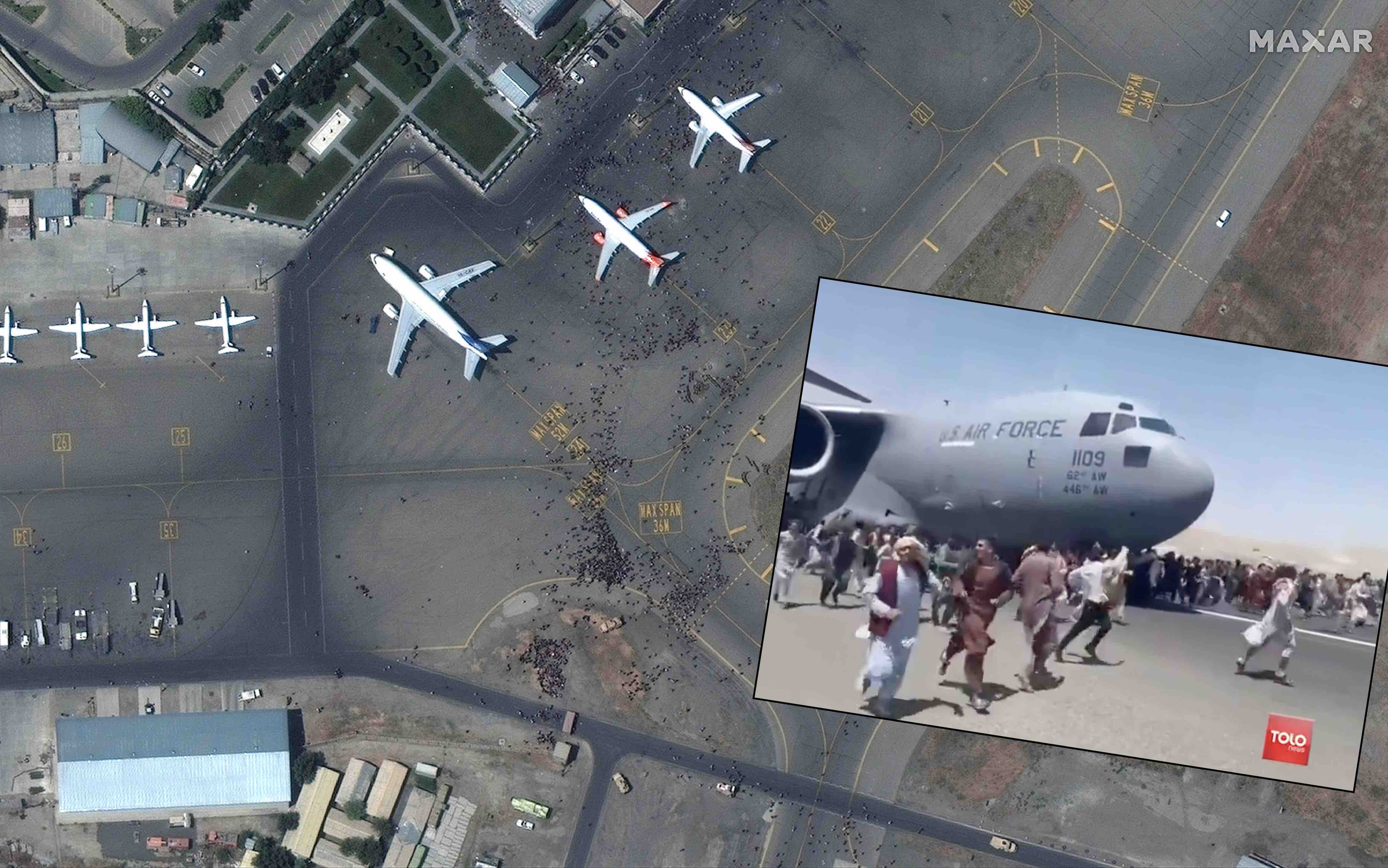
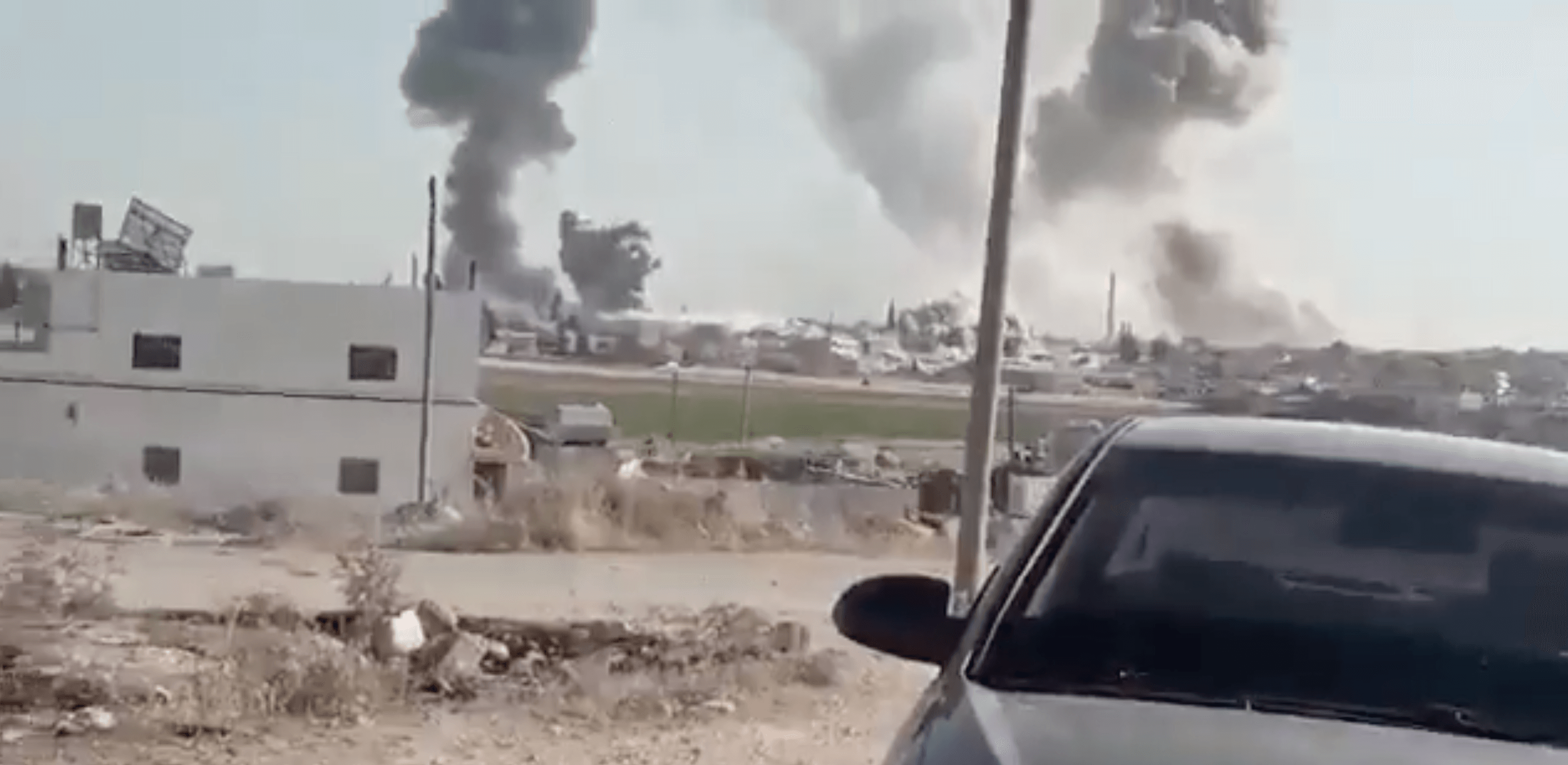
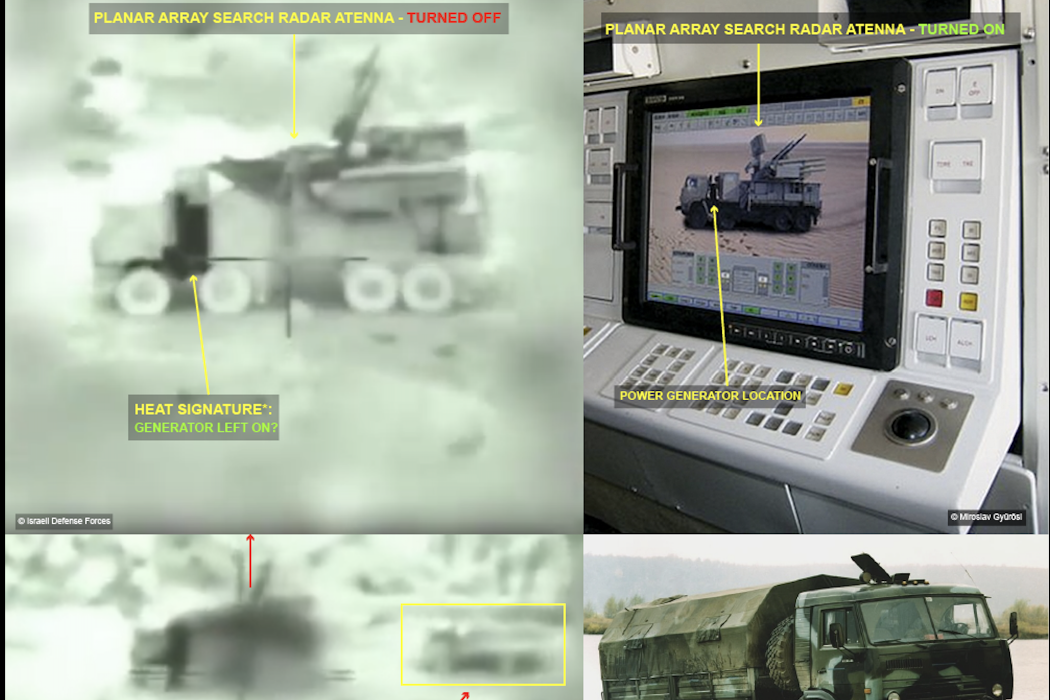

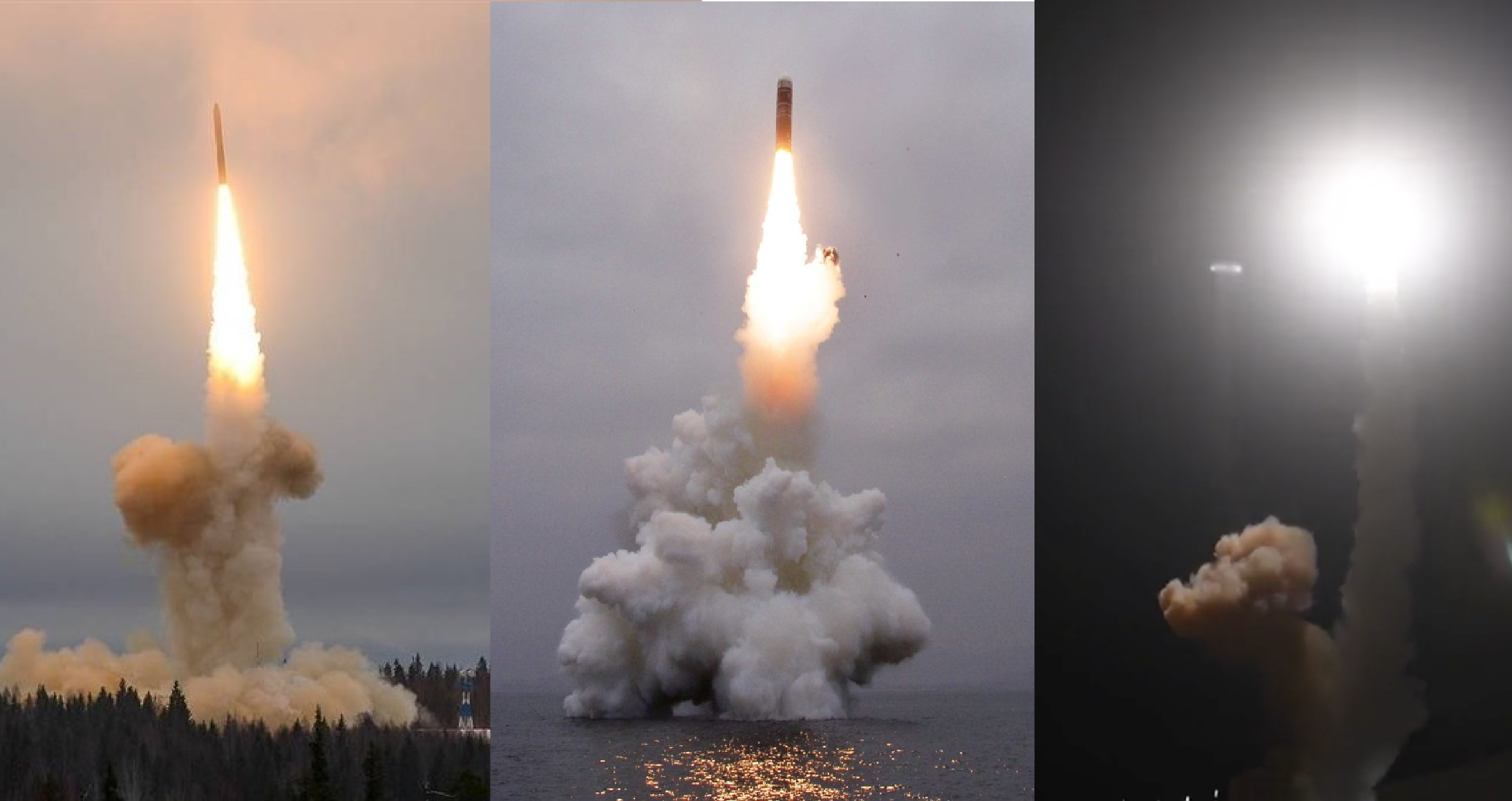

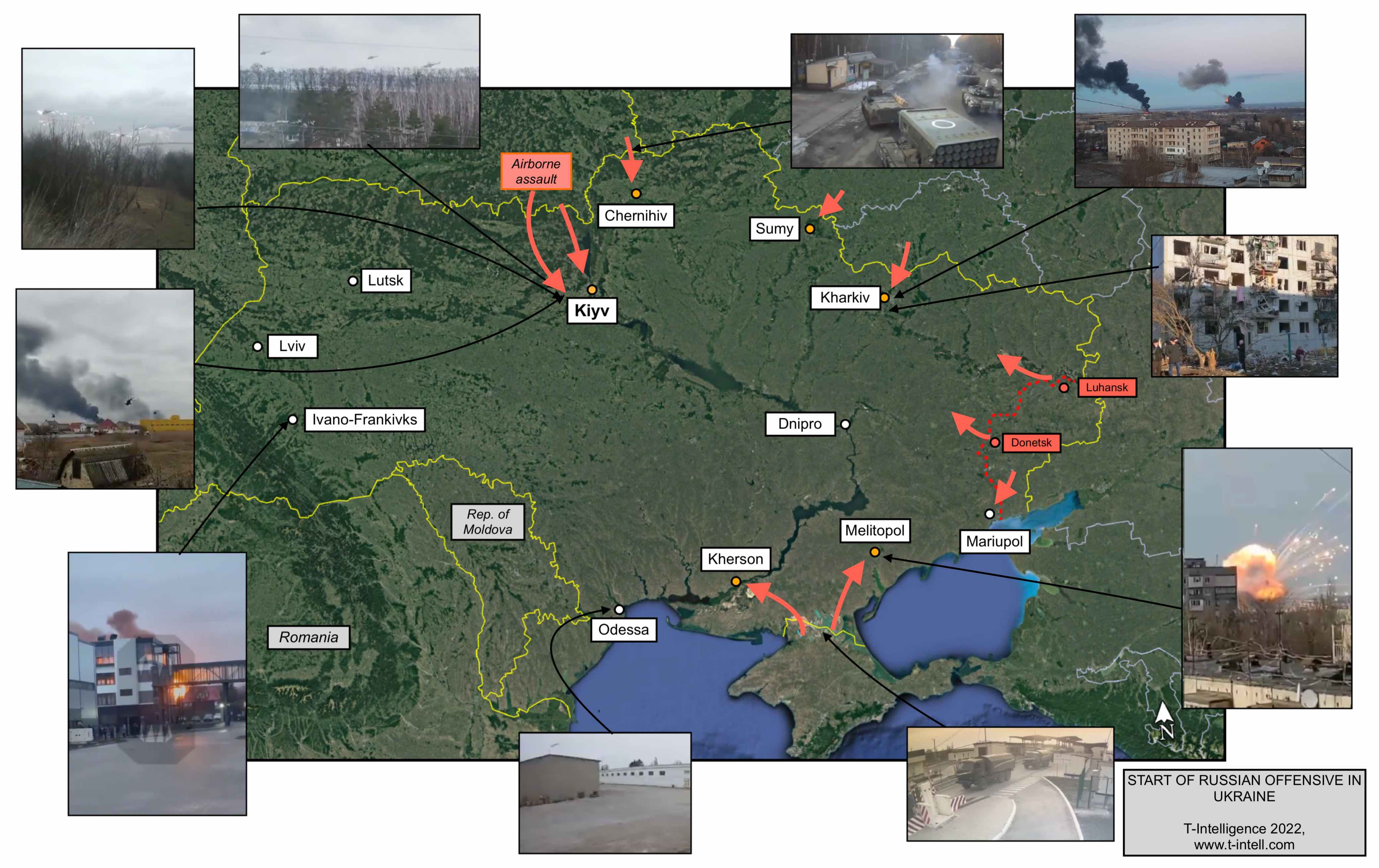
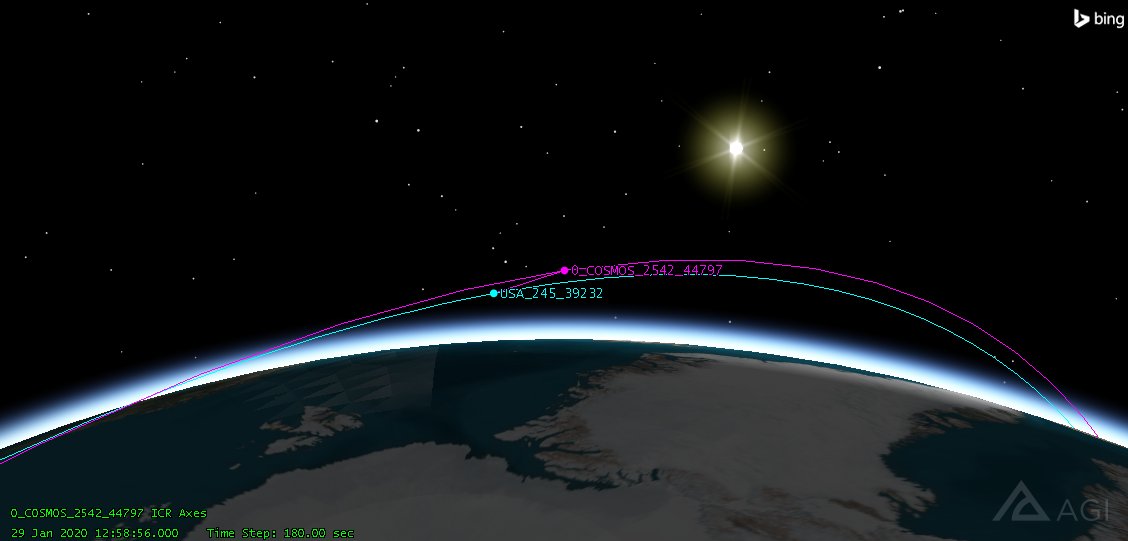
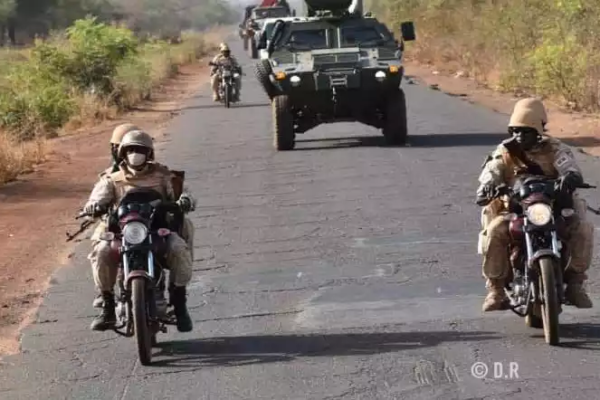


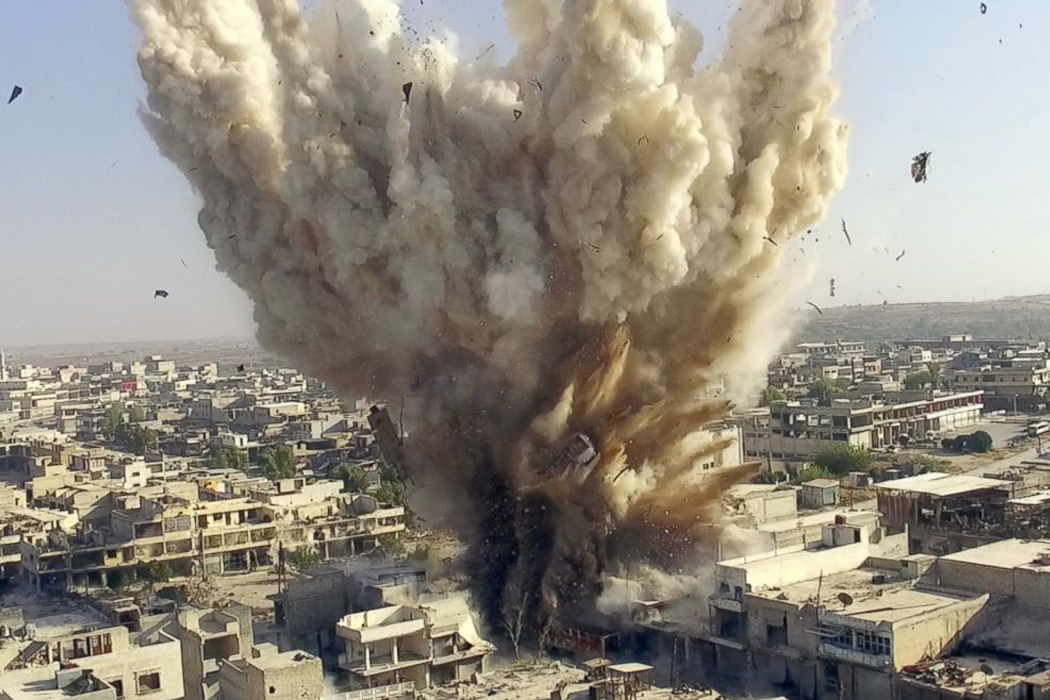

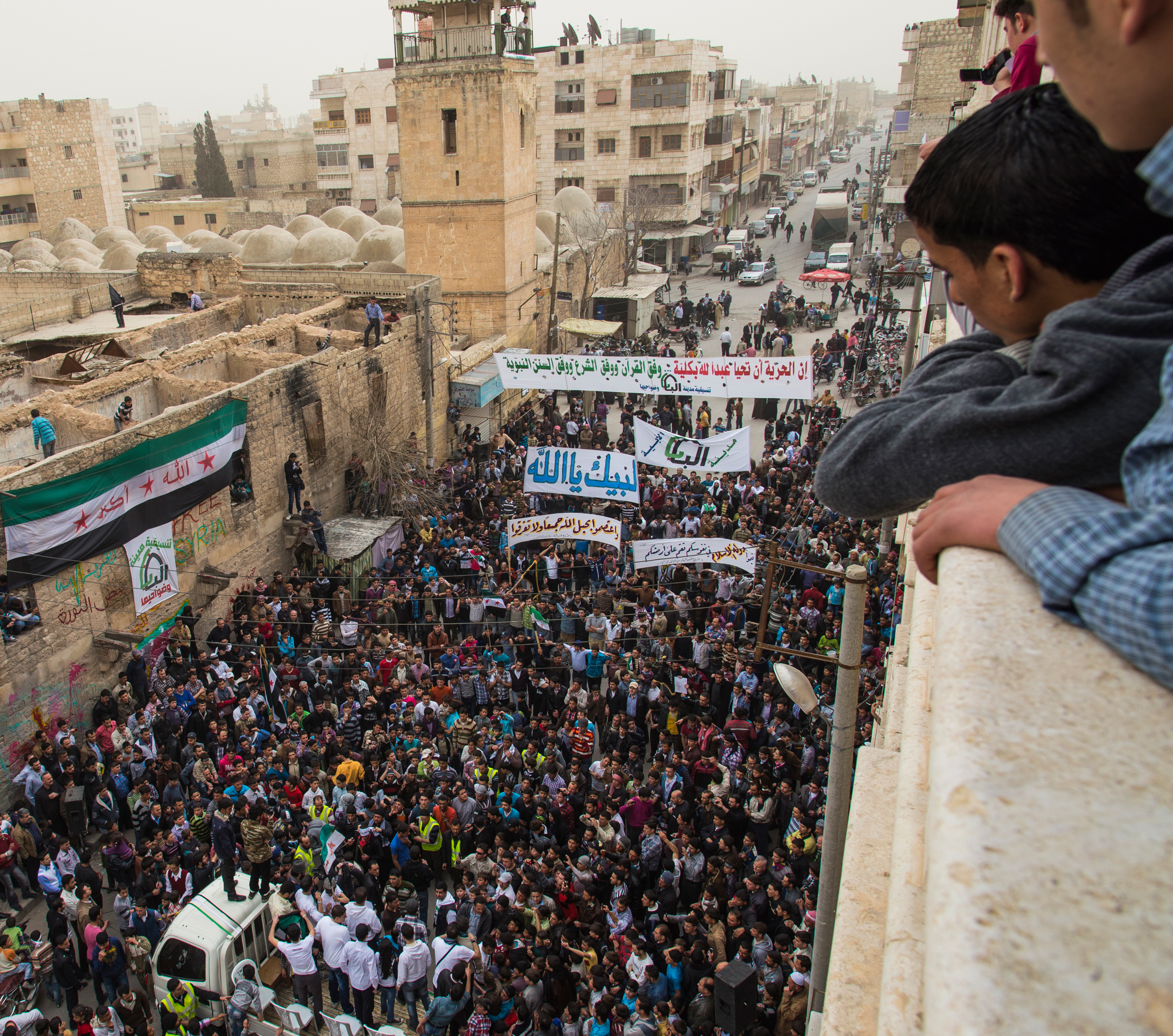

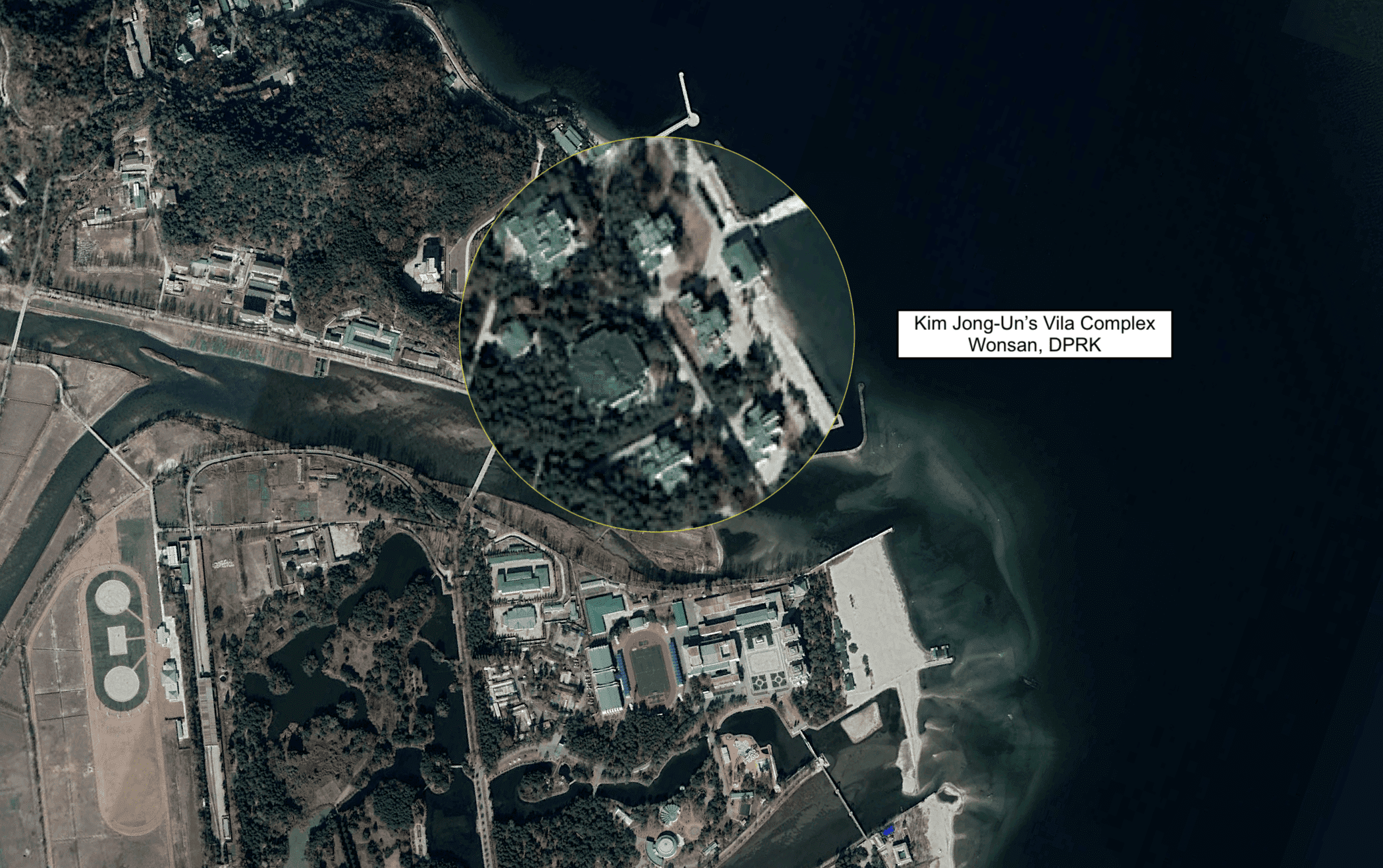
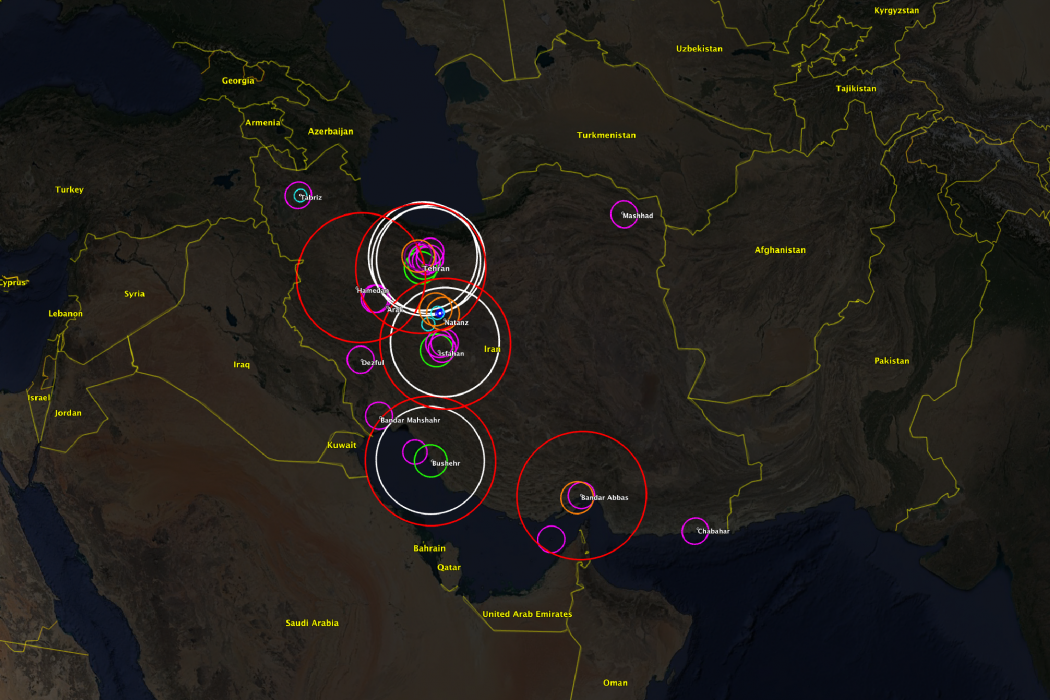
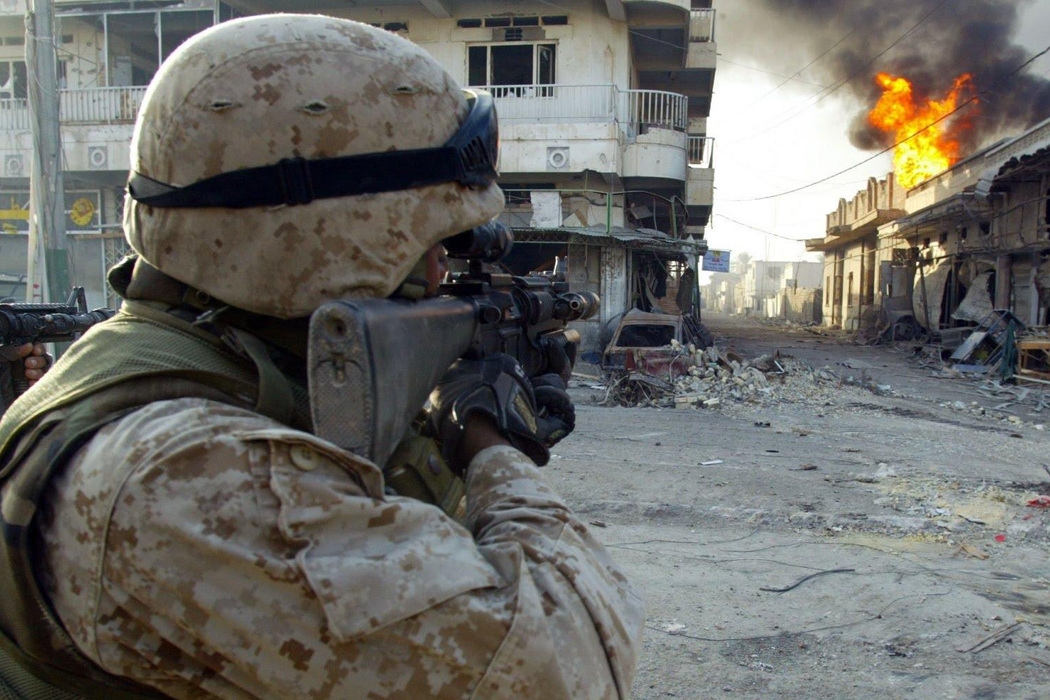
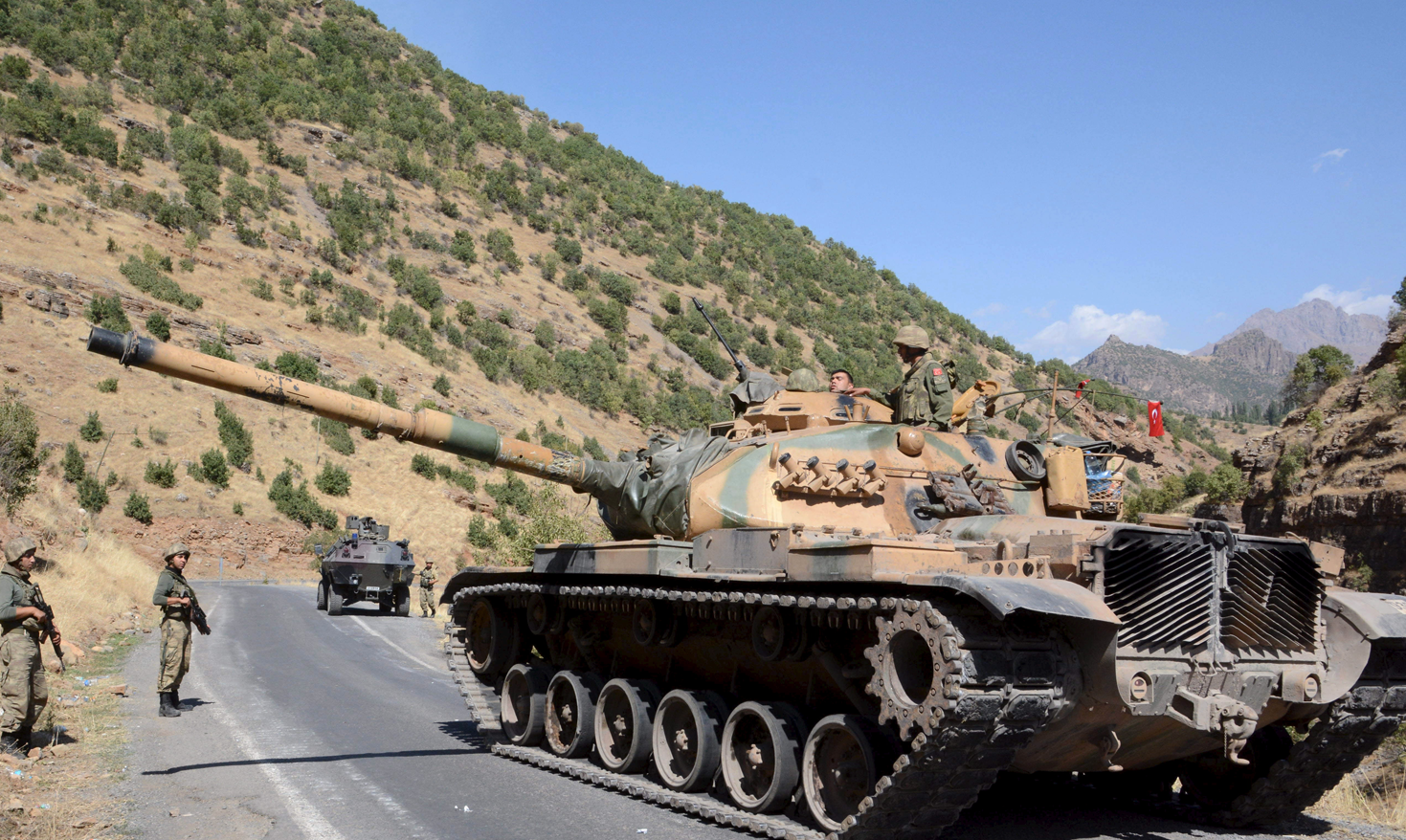
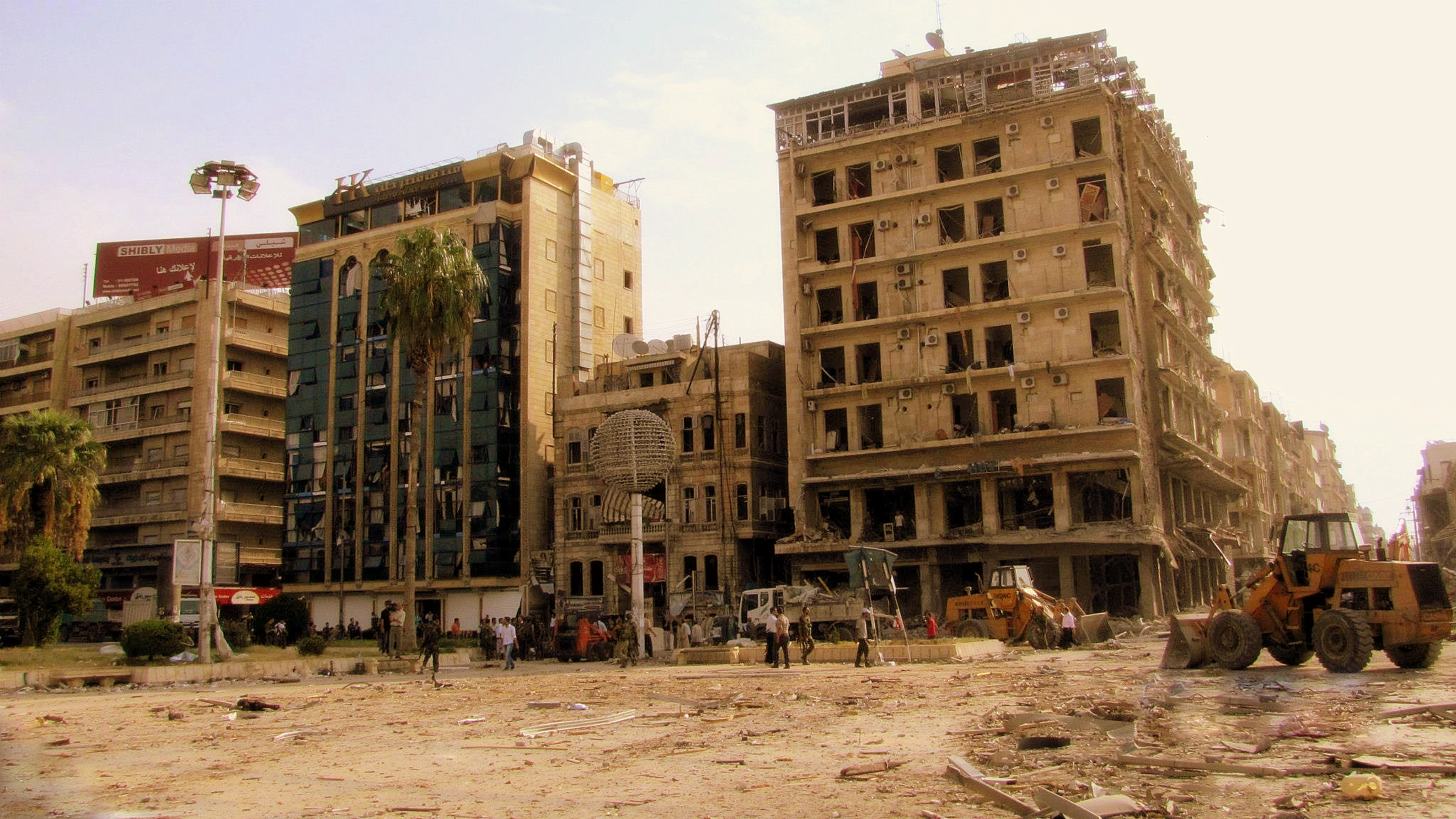
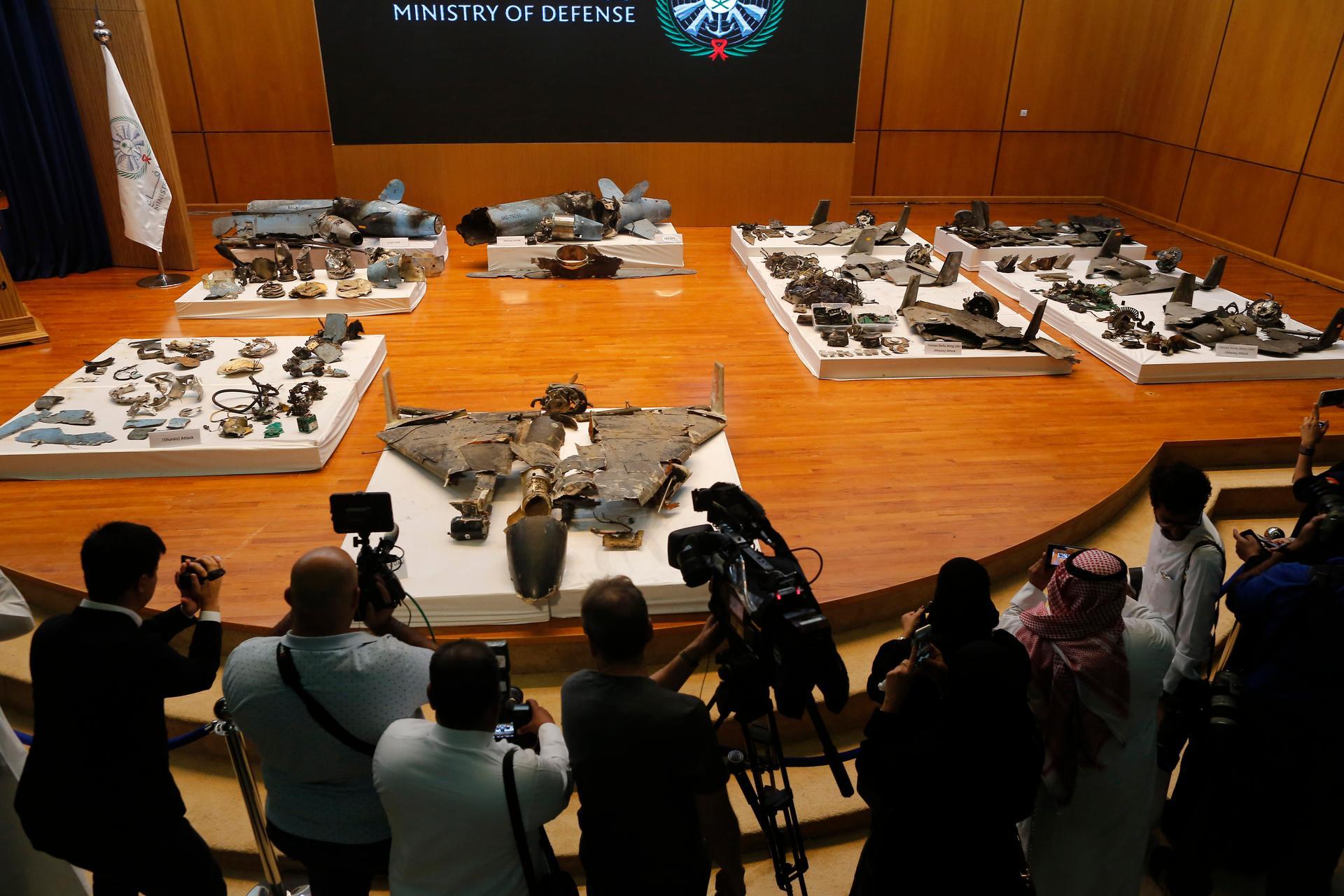
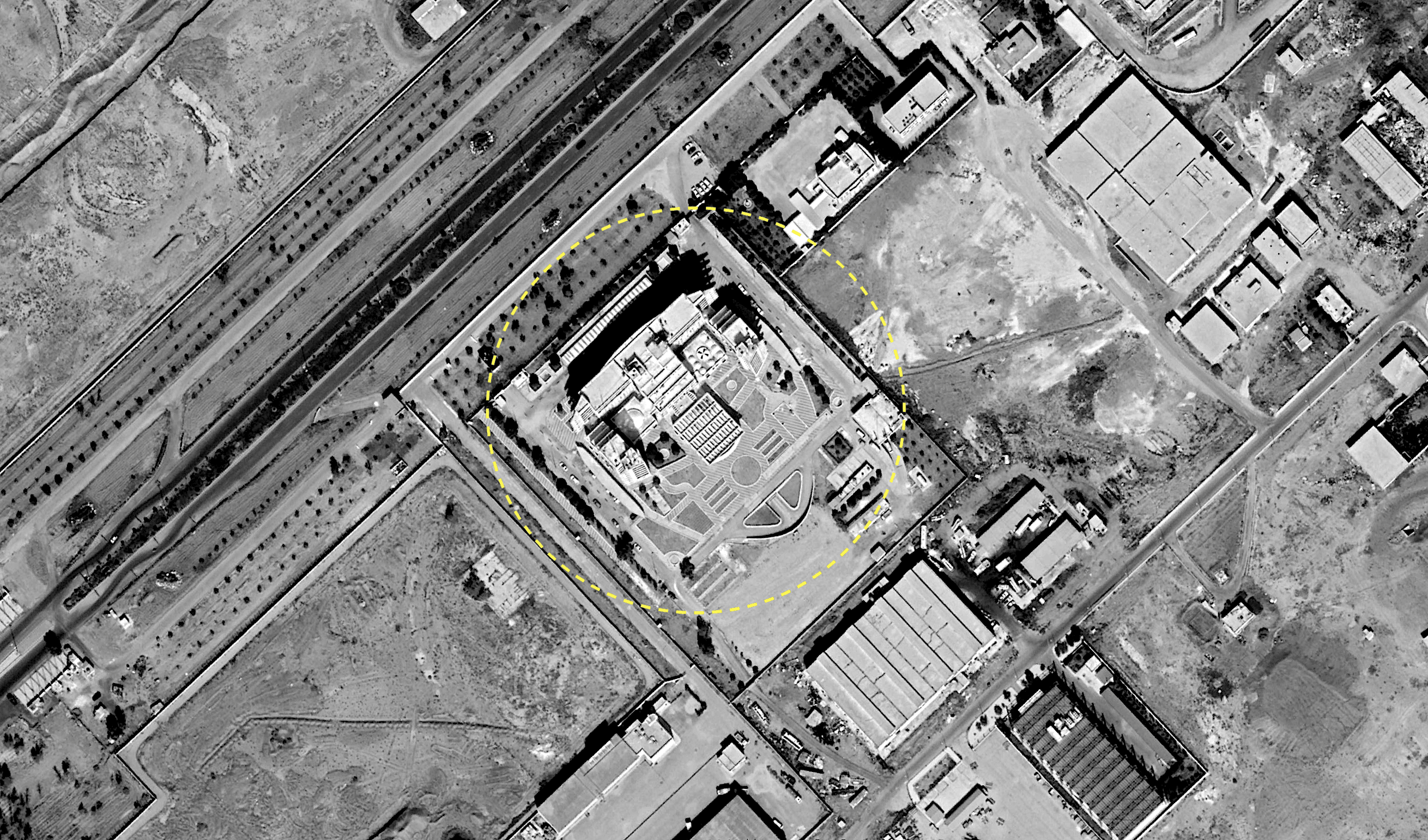

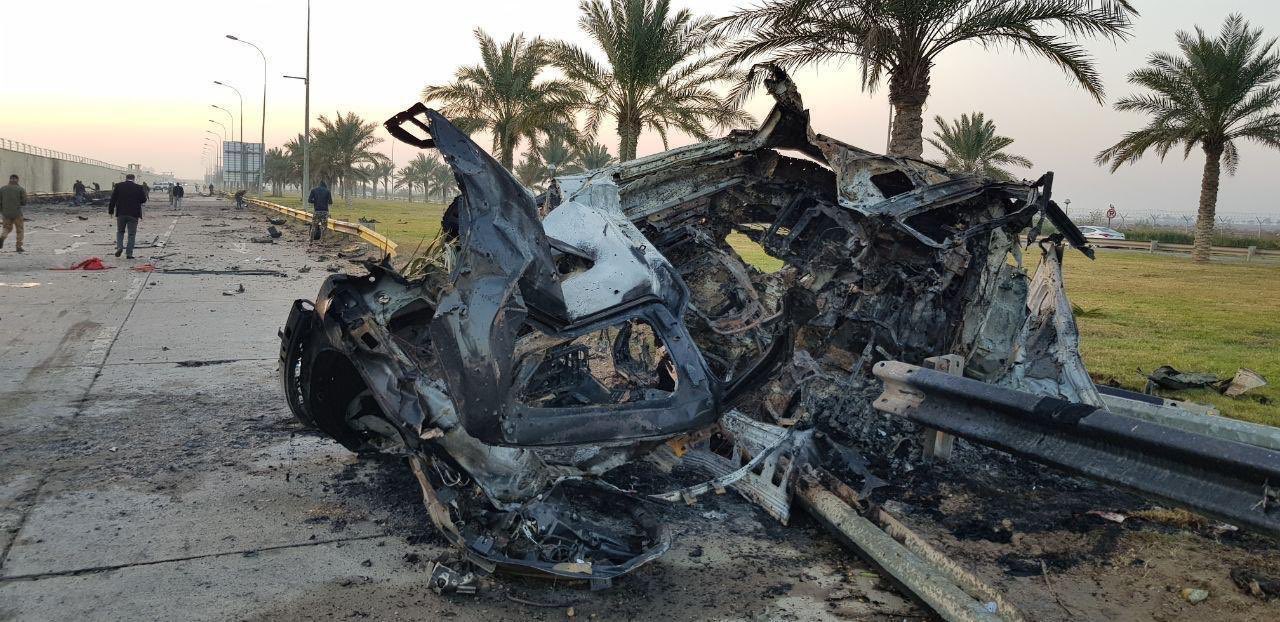
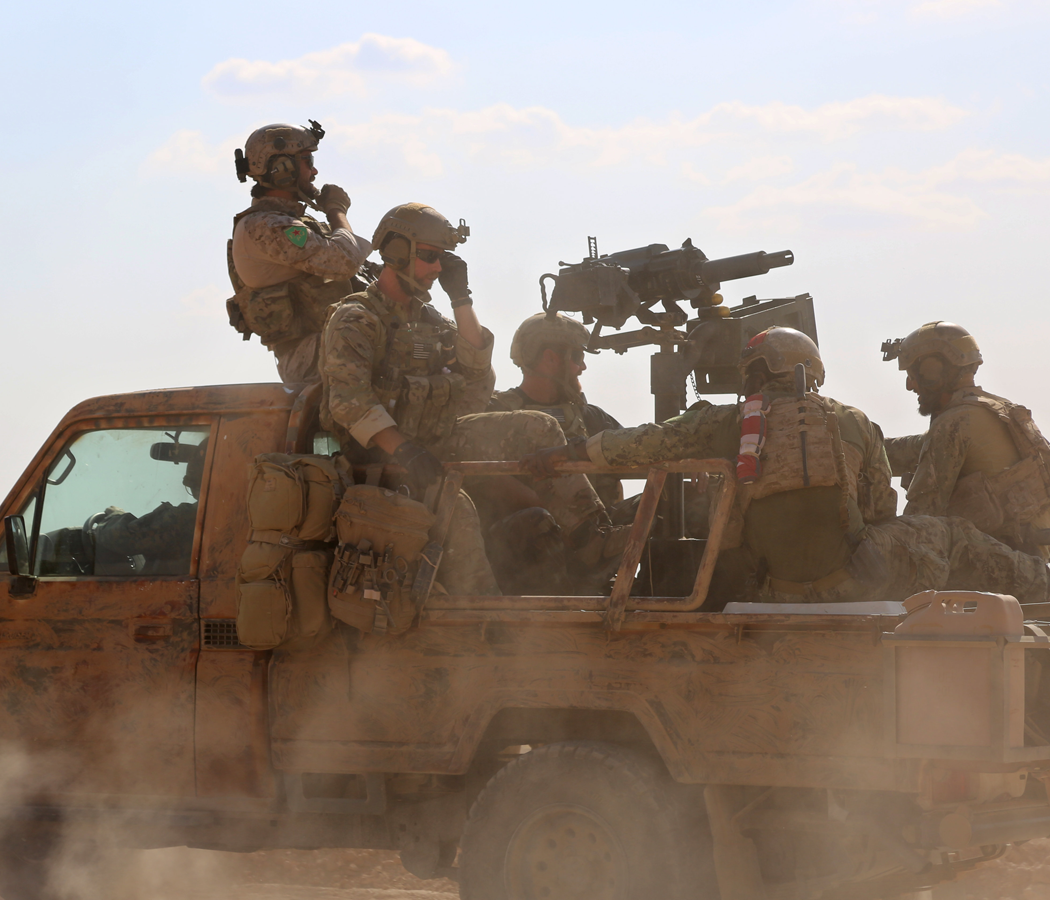
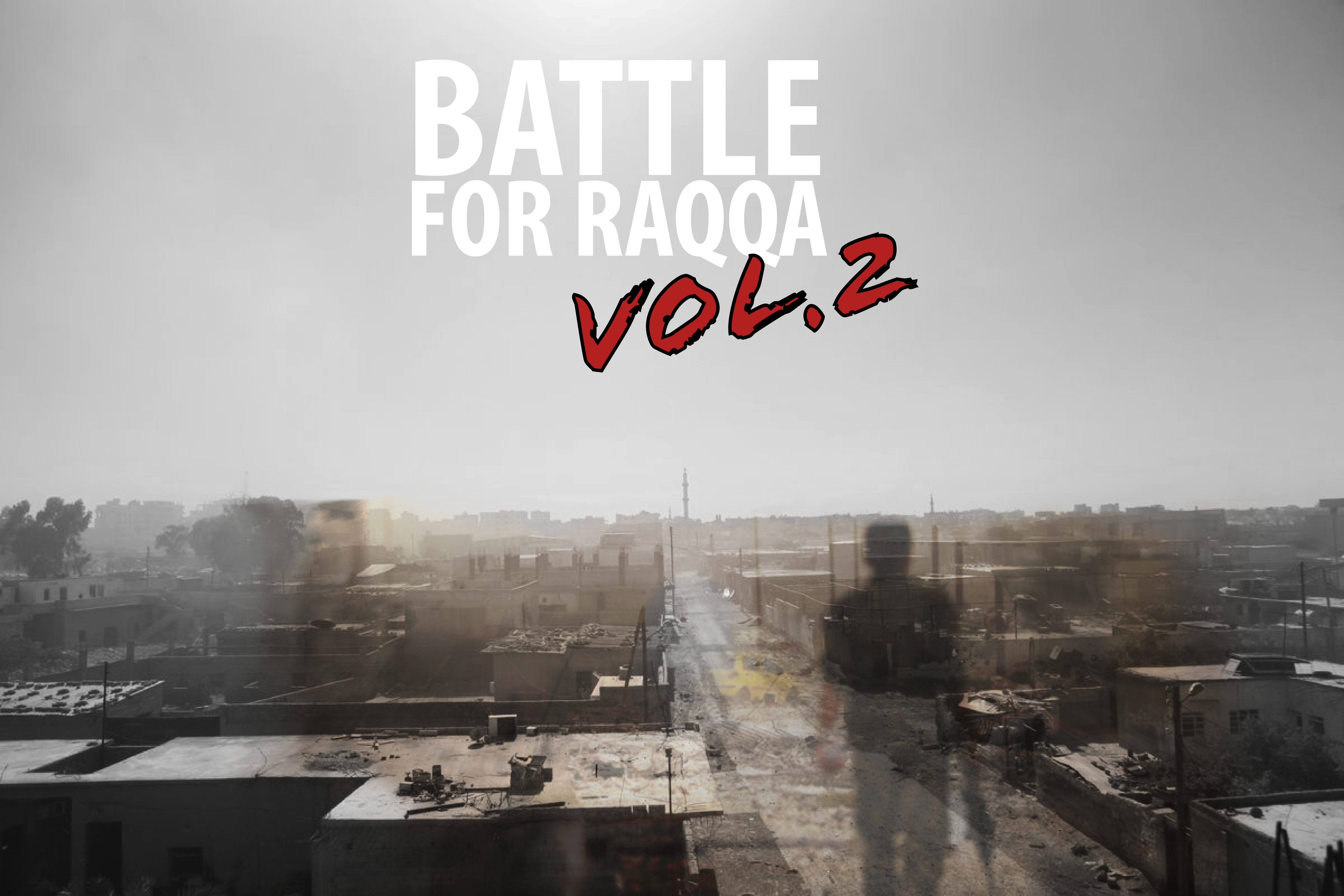
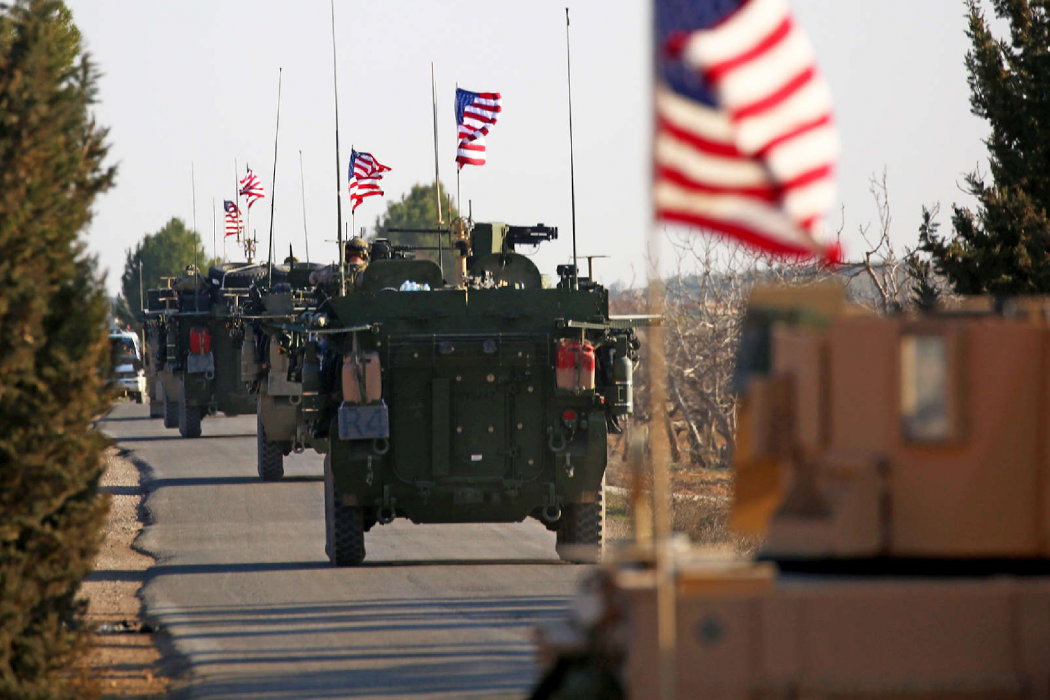
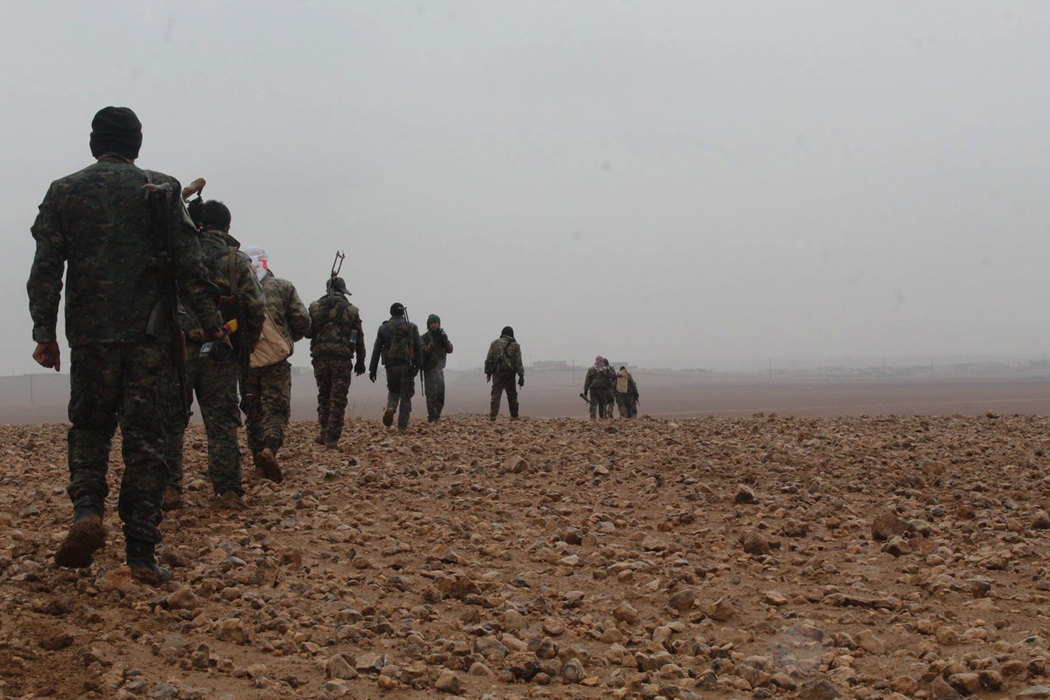
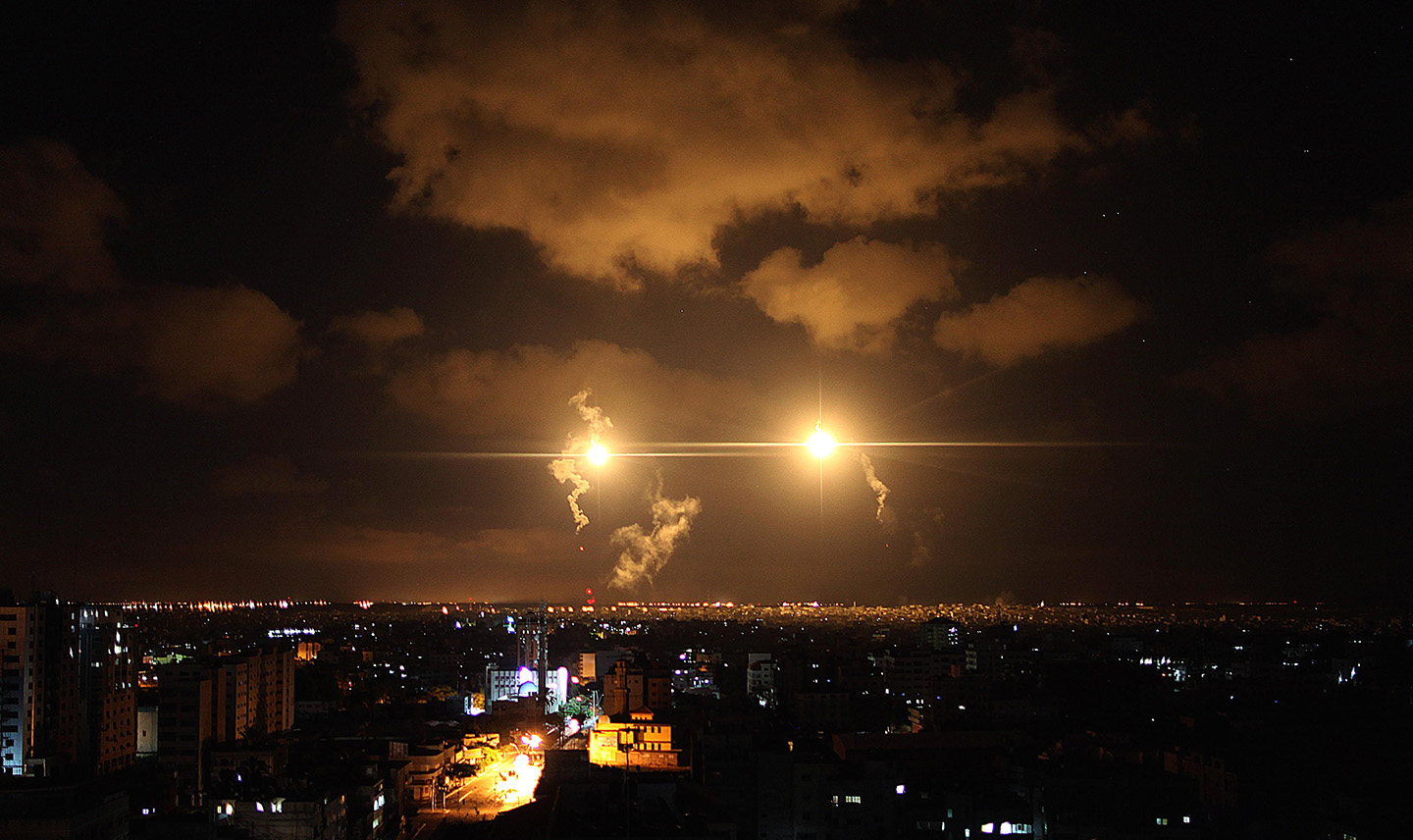
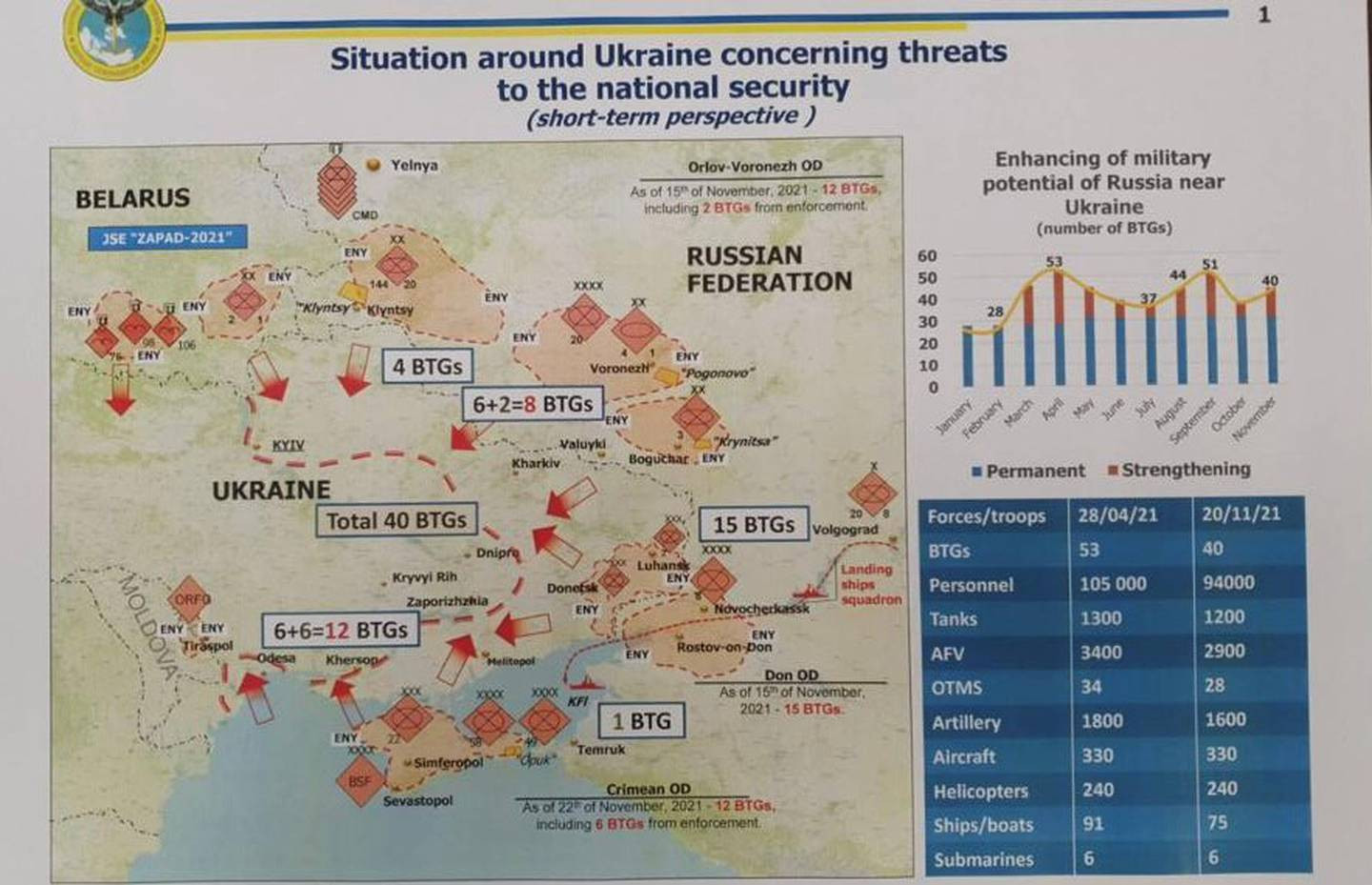

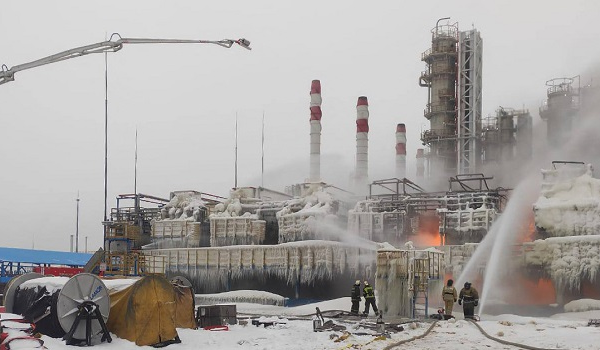

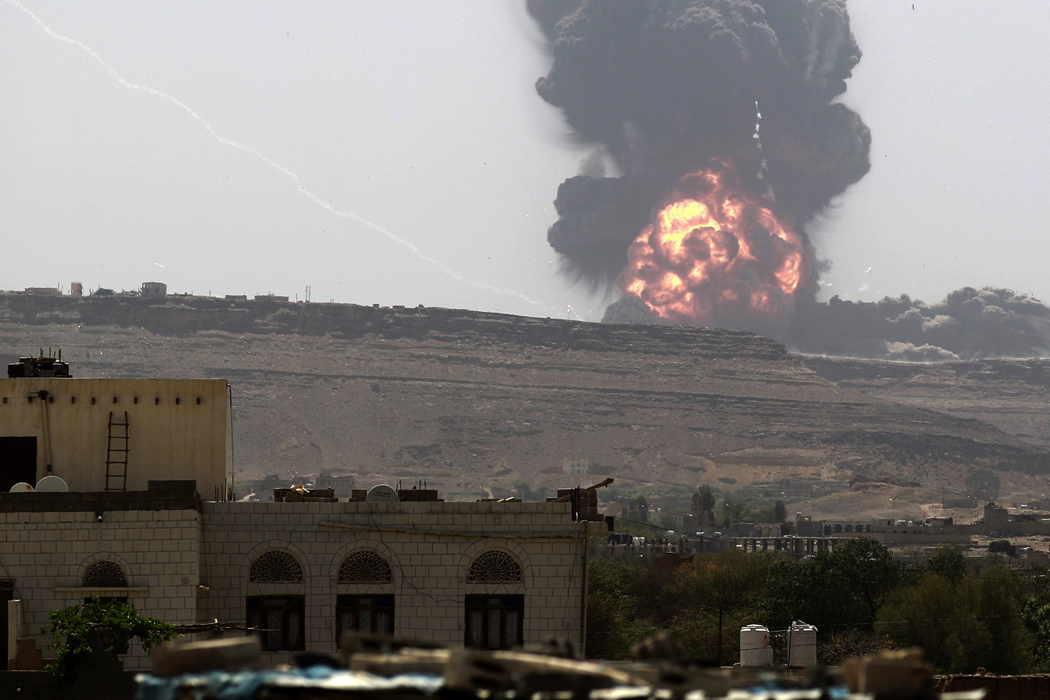
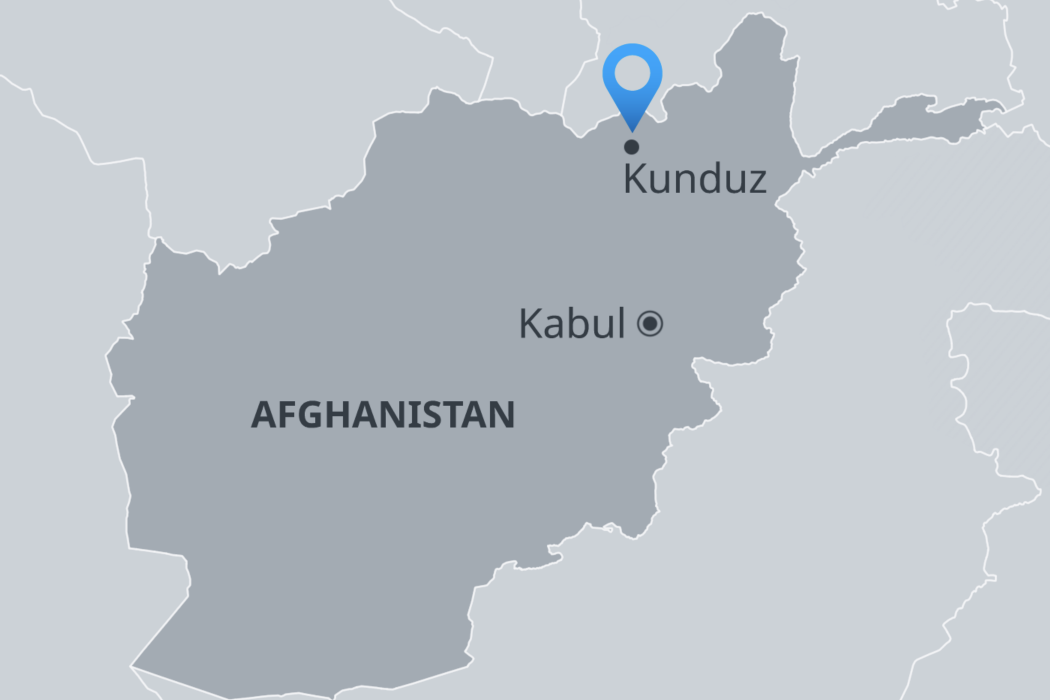
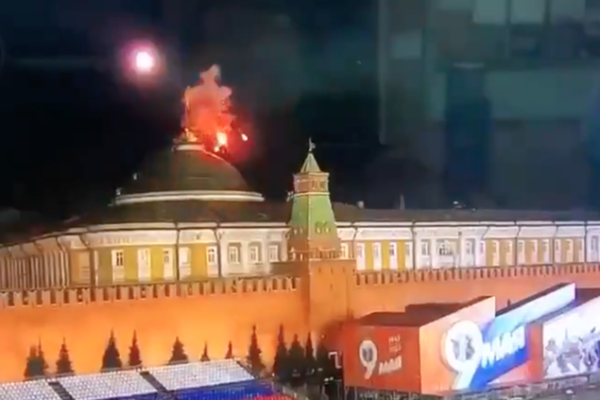


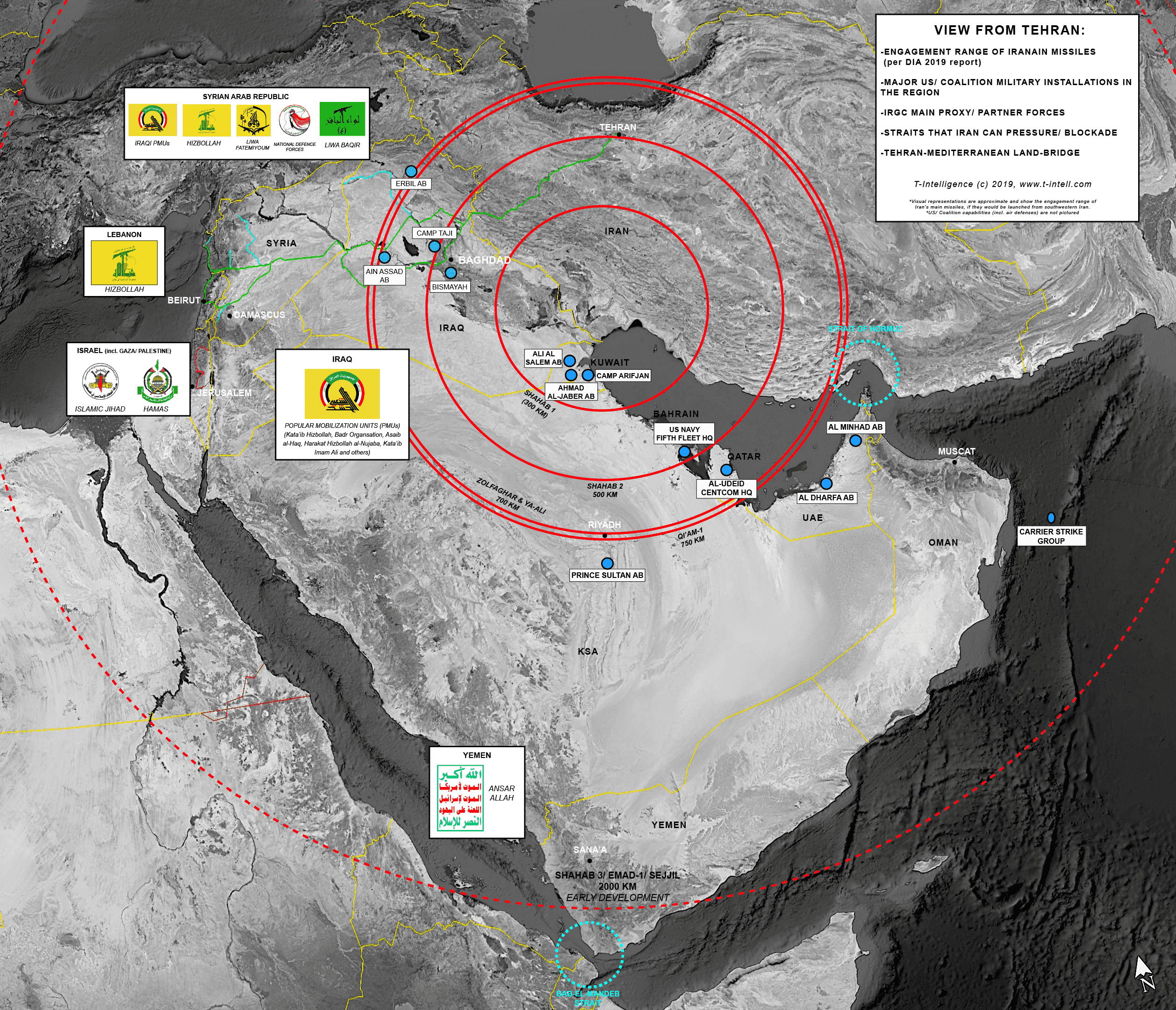
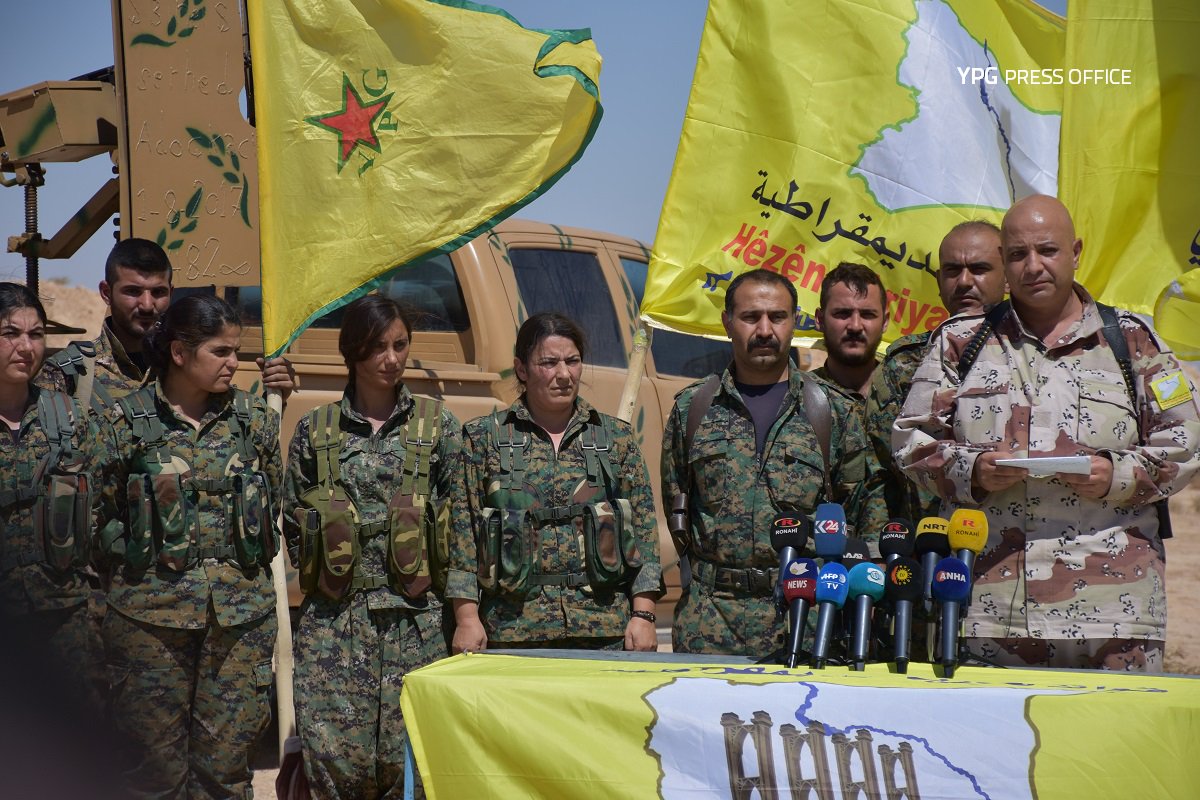
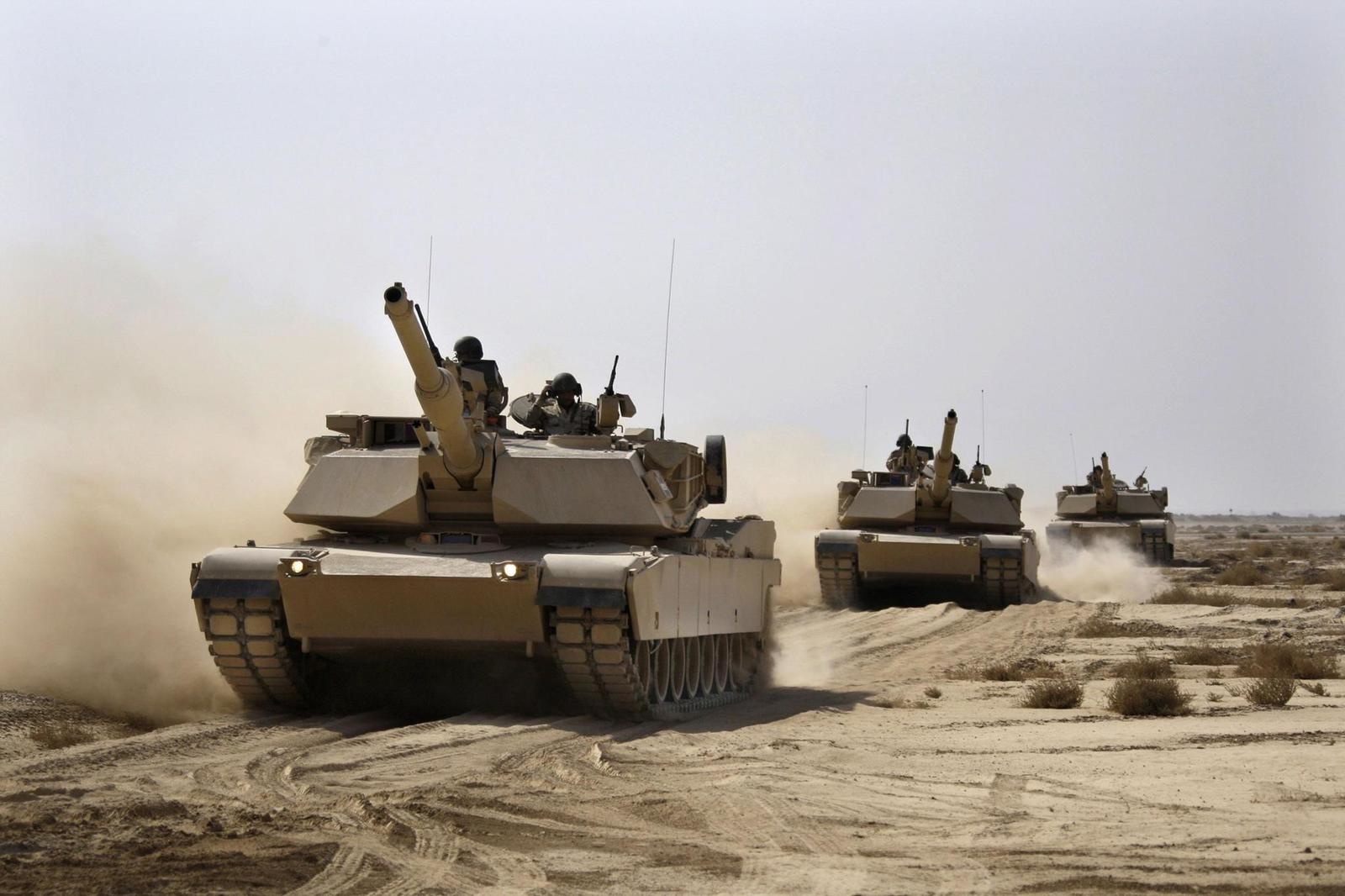
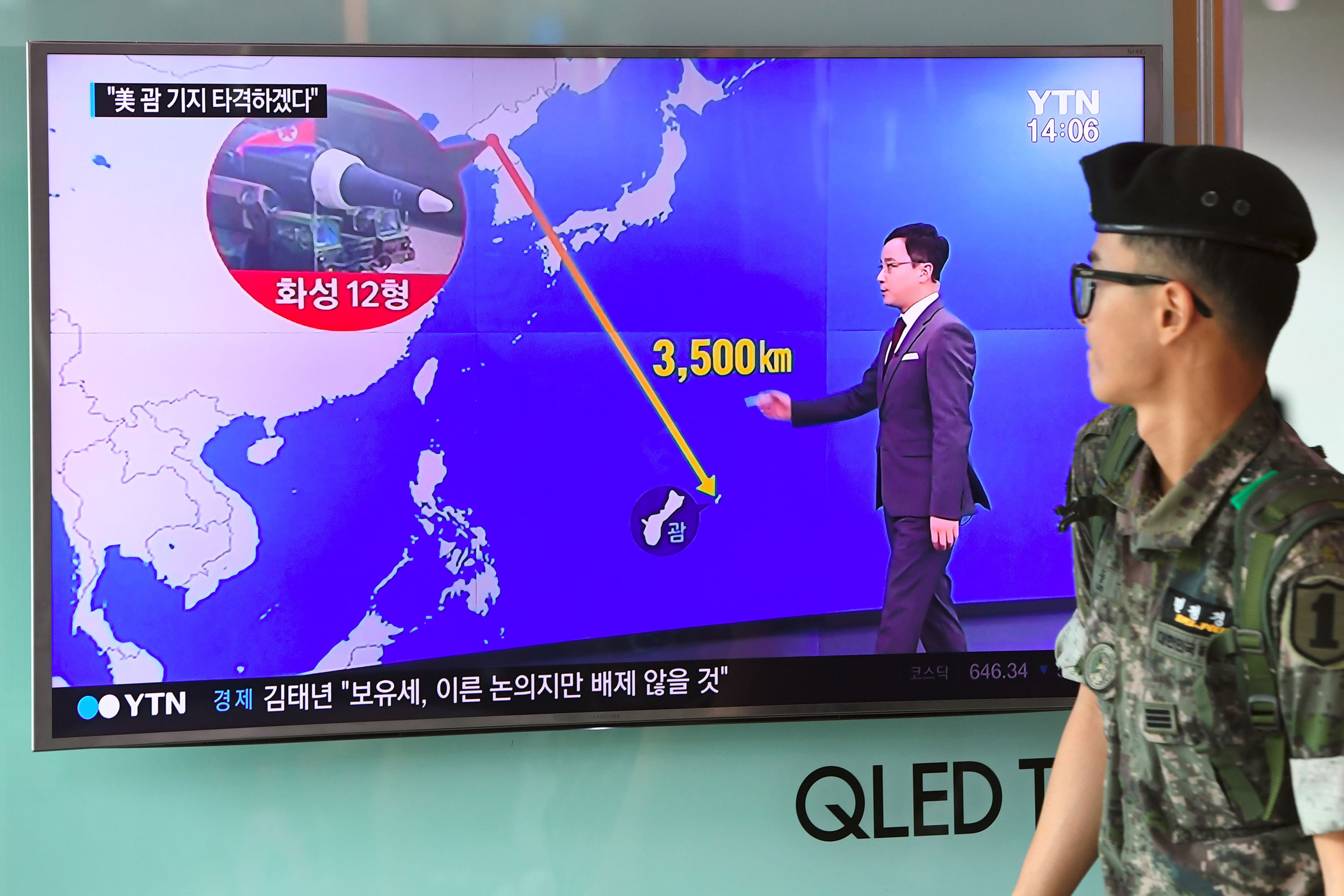
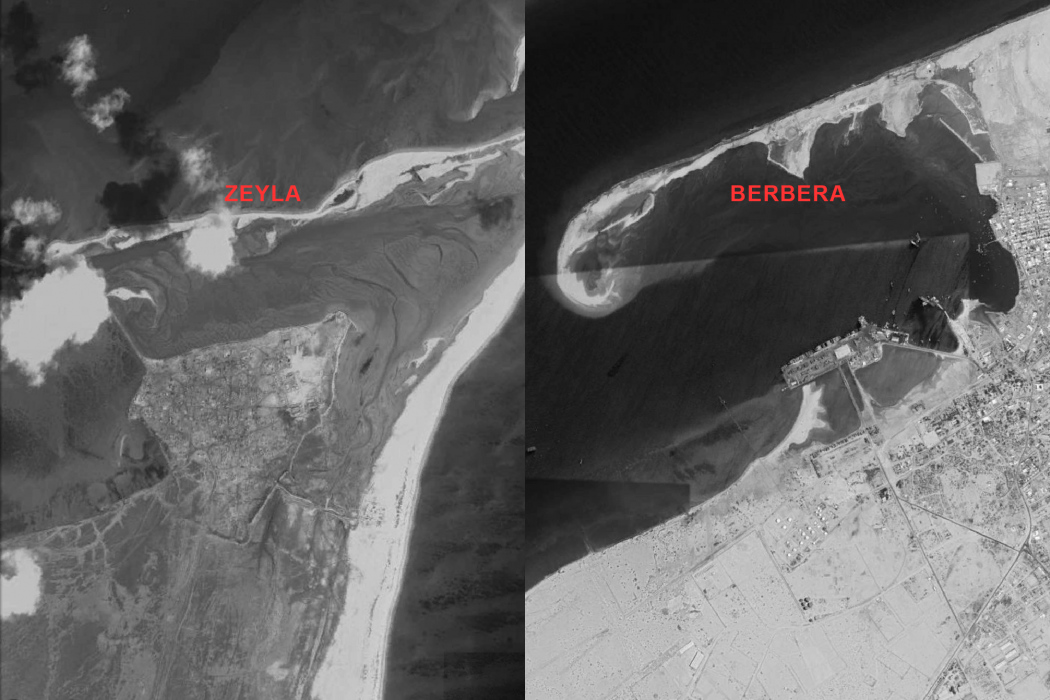
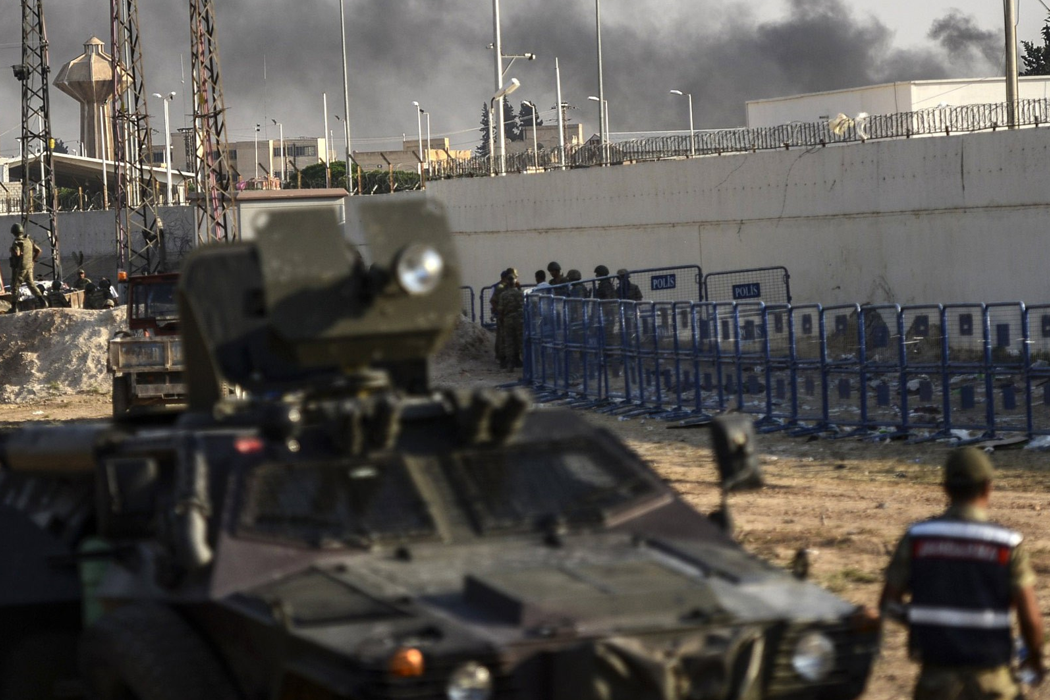
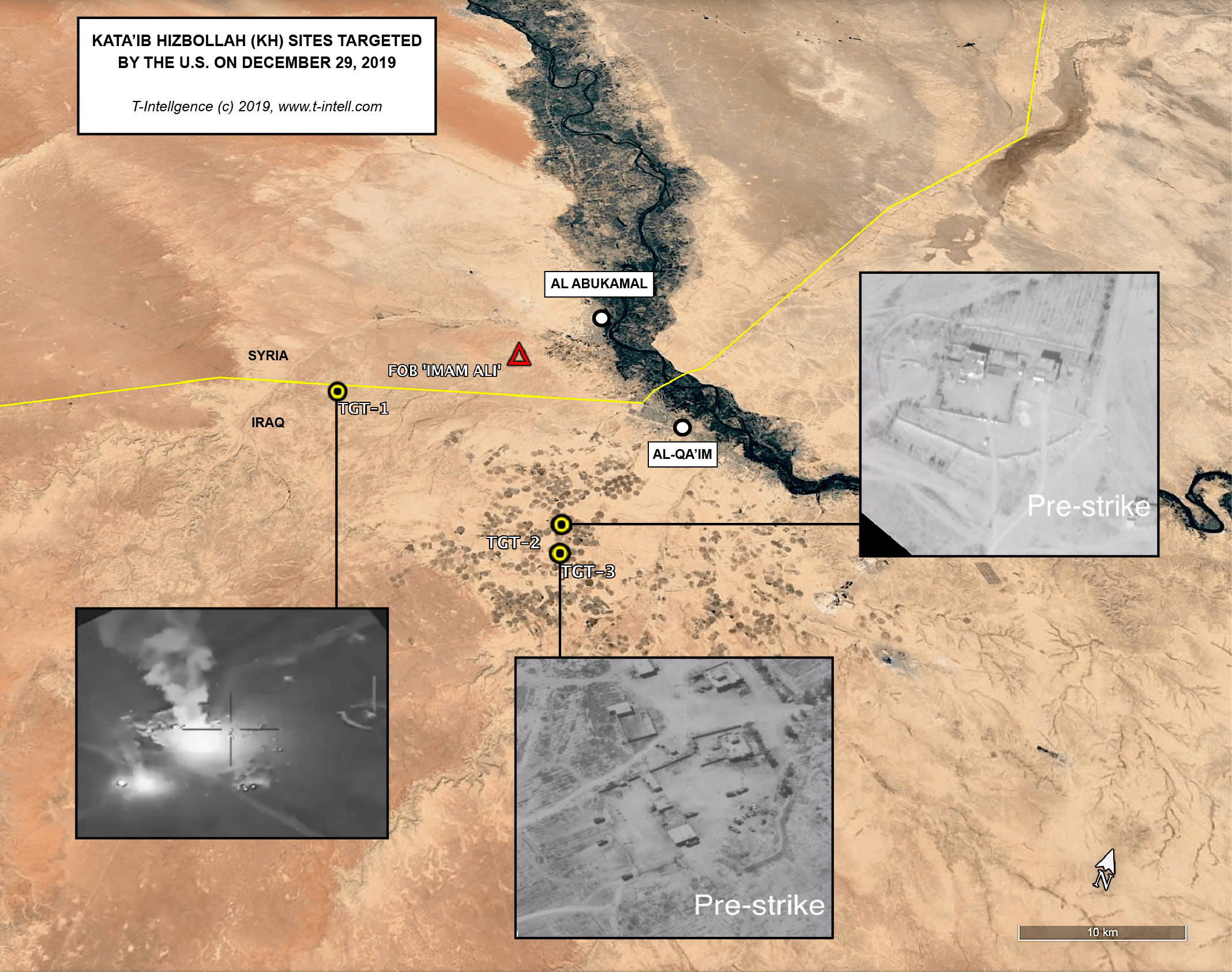
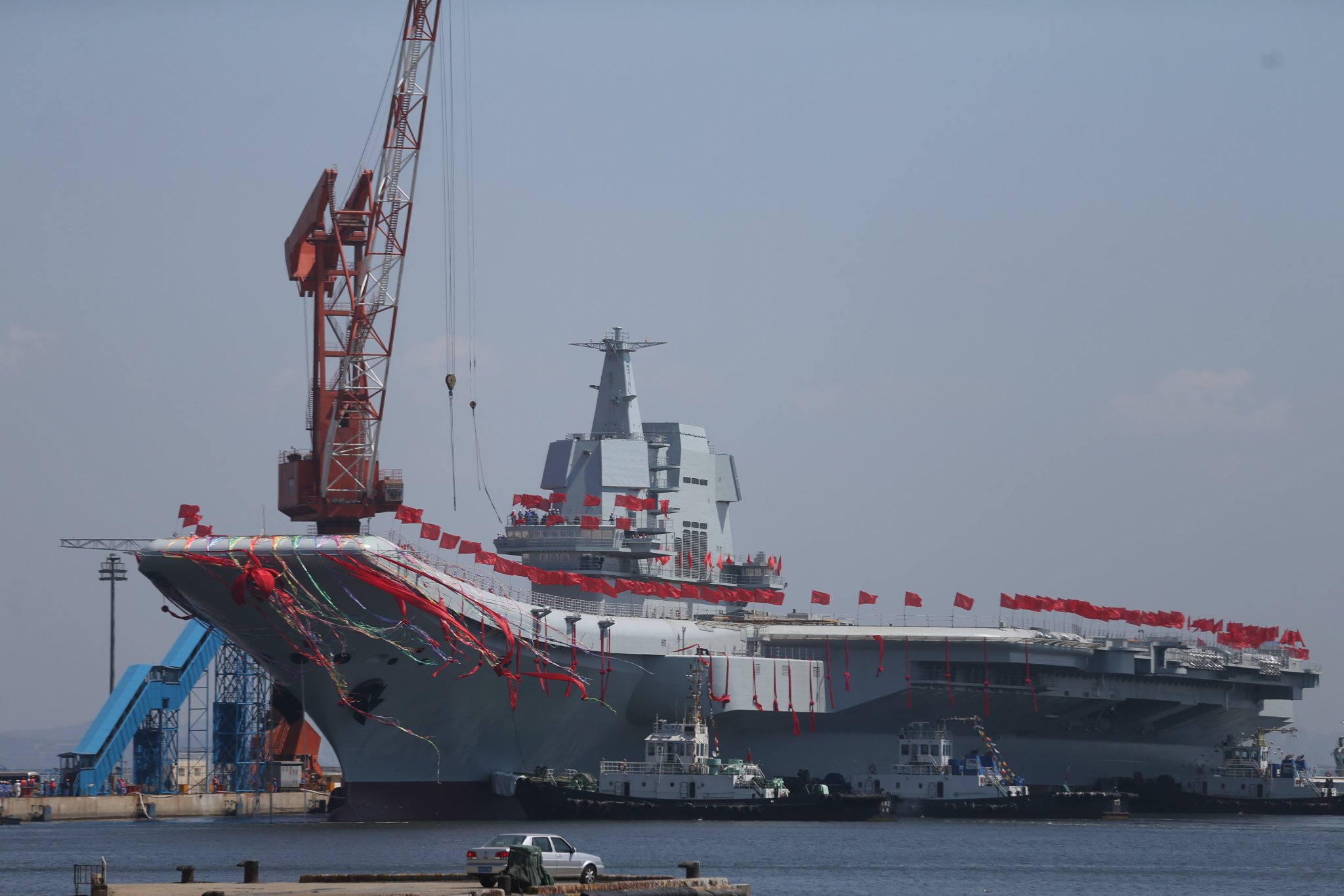
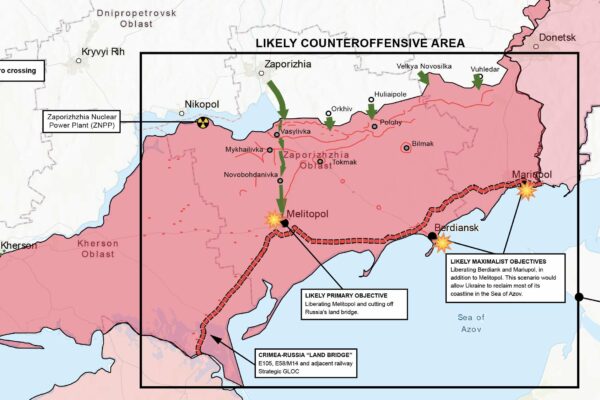
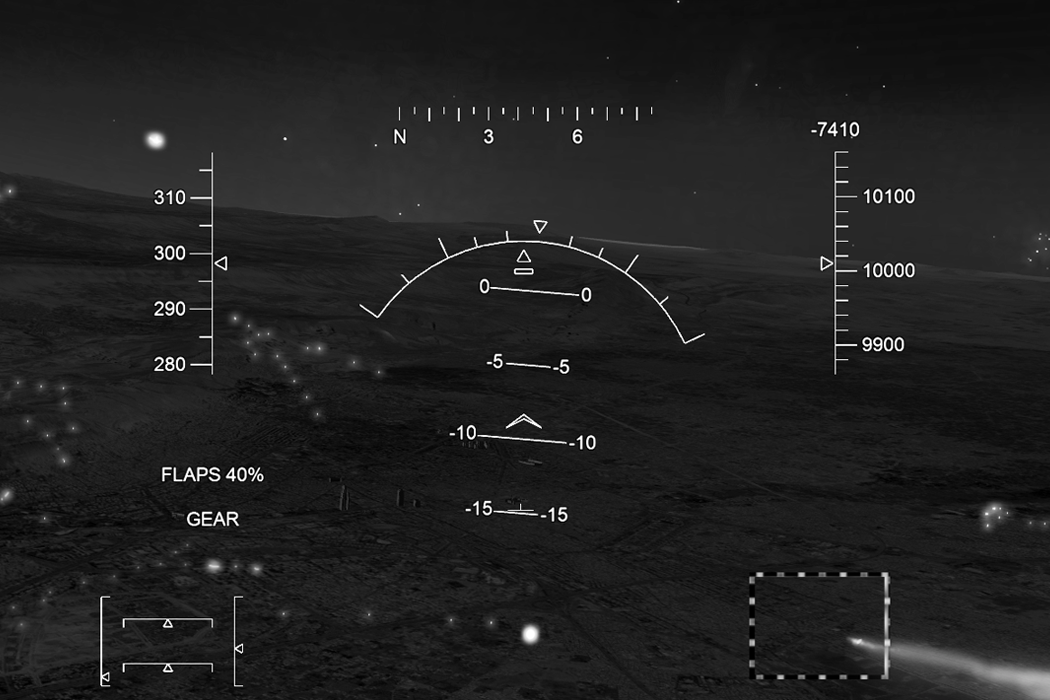

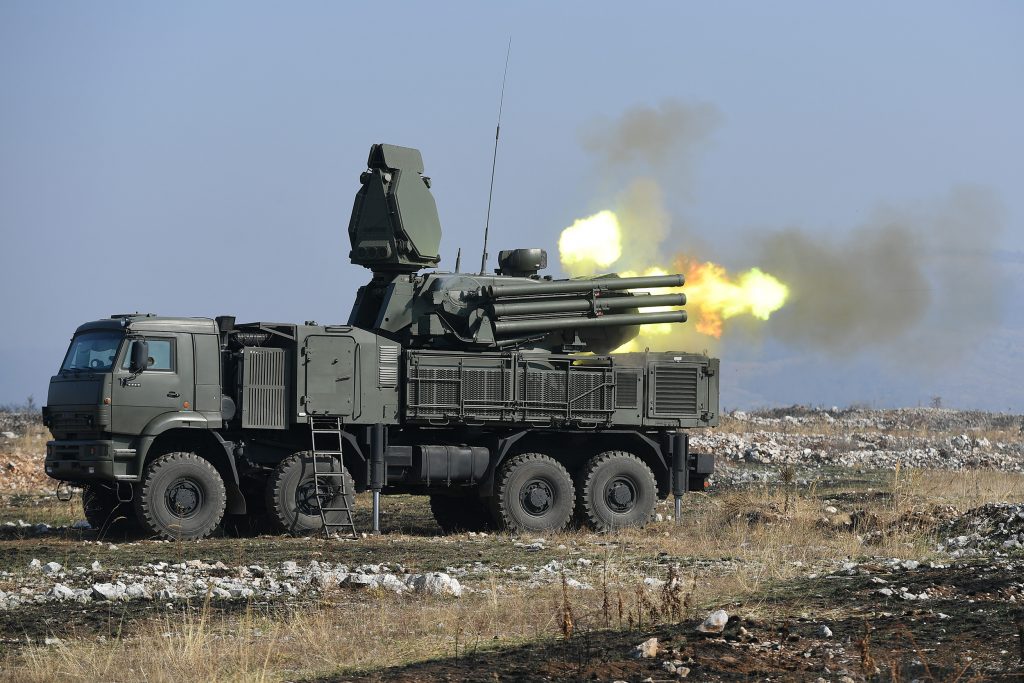
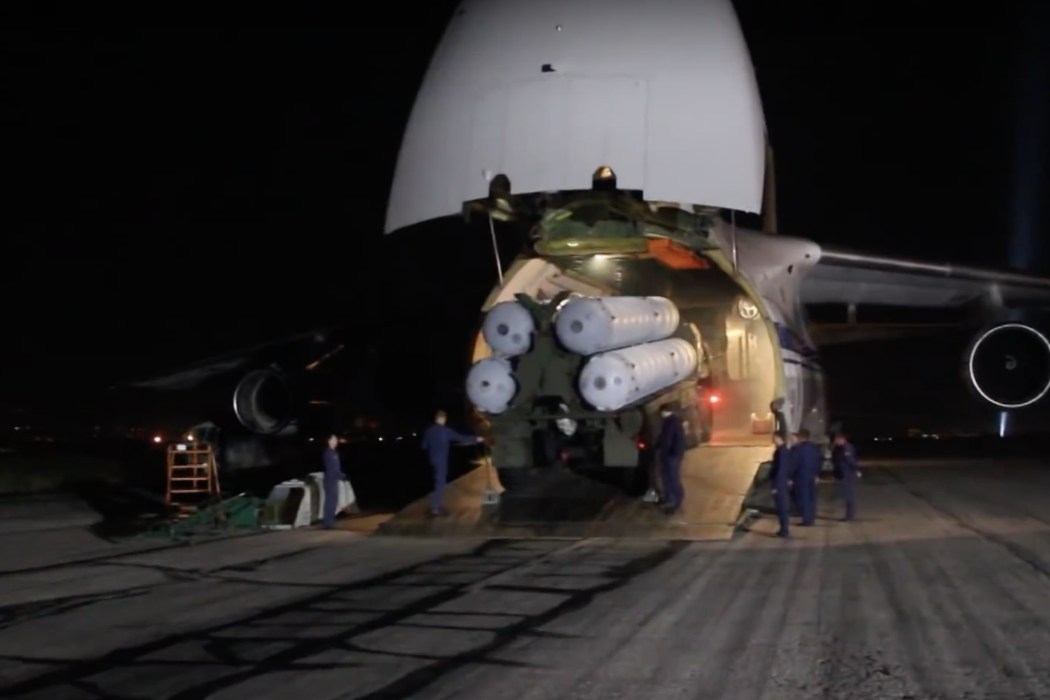

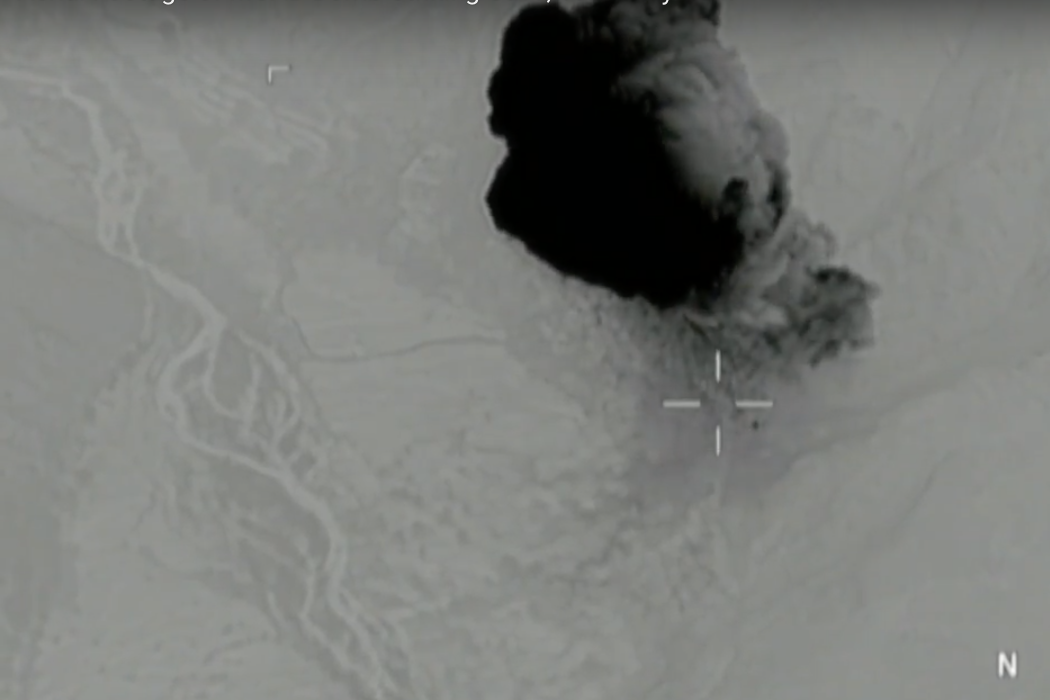


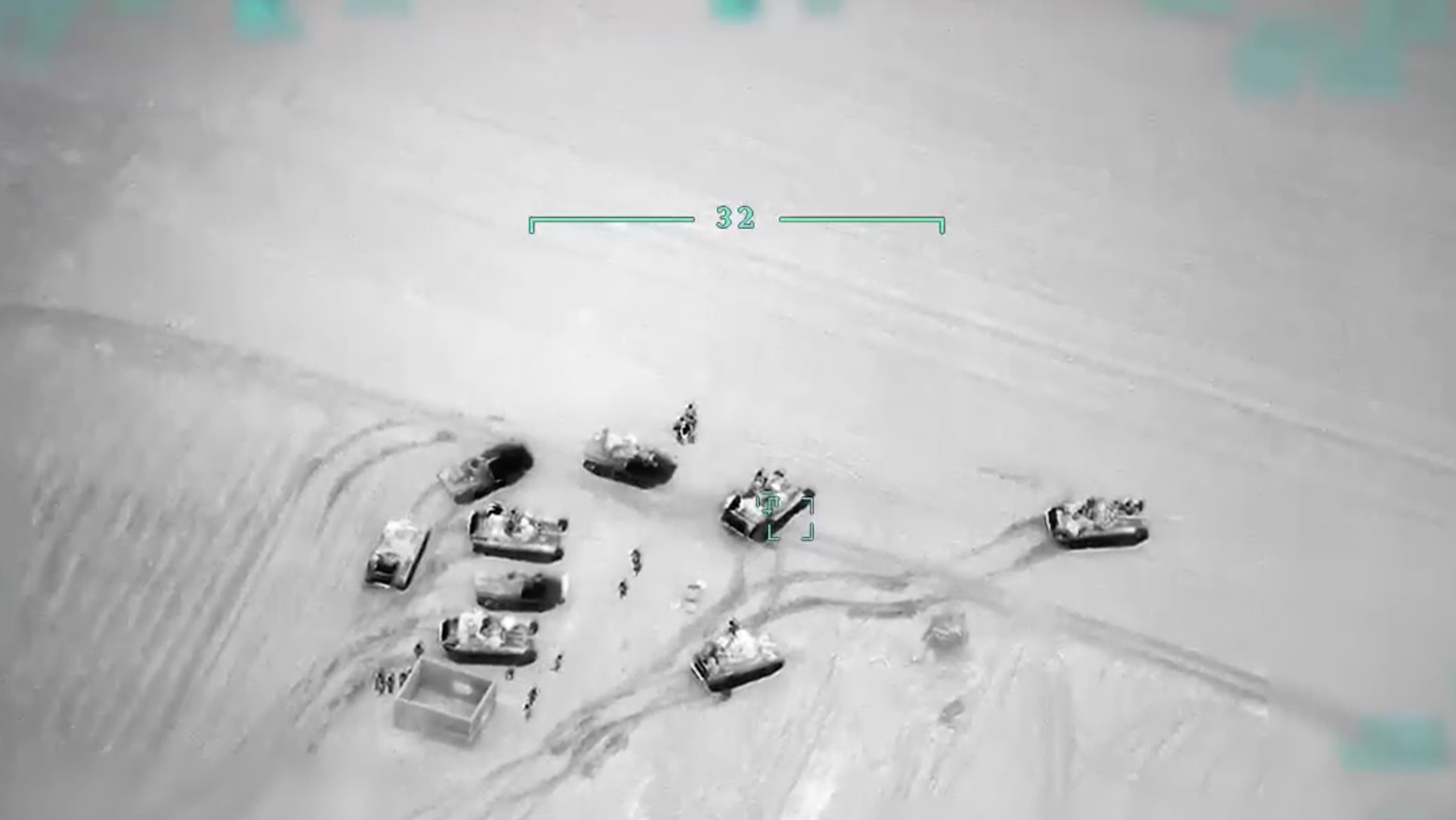
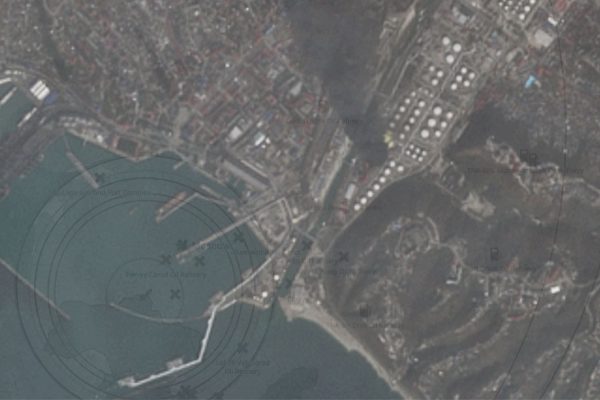
![Pride of Belarus: Baranovichi 61st Fighter Air Base [GEOINT]](https://t-intell.com/wp-content/uploads/2021/08/cover_article.jpg)
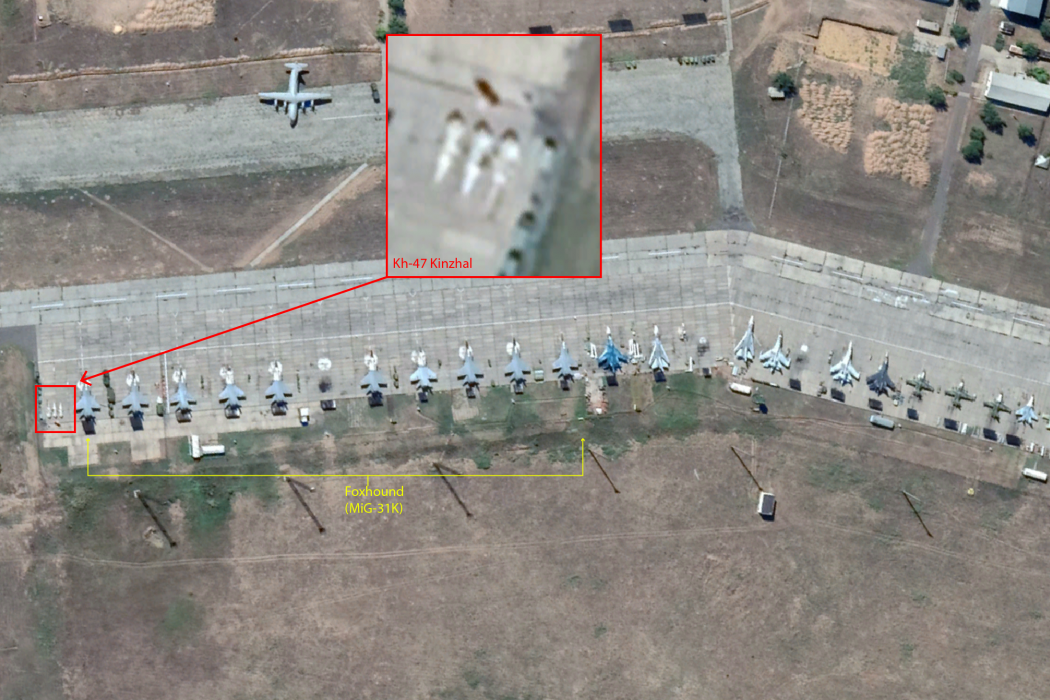

![This is How Iran Bombed Saudi Arabia [PRELIMINARY ASSESSMENT]](https://t-intell.com/wp-content/uploads/2019/09/map4cover-01-compressor.png)
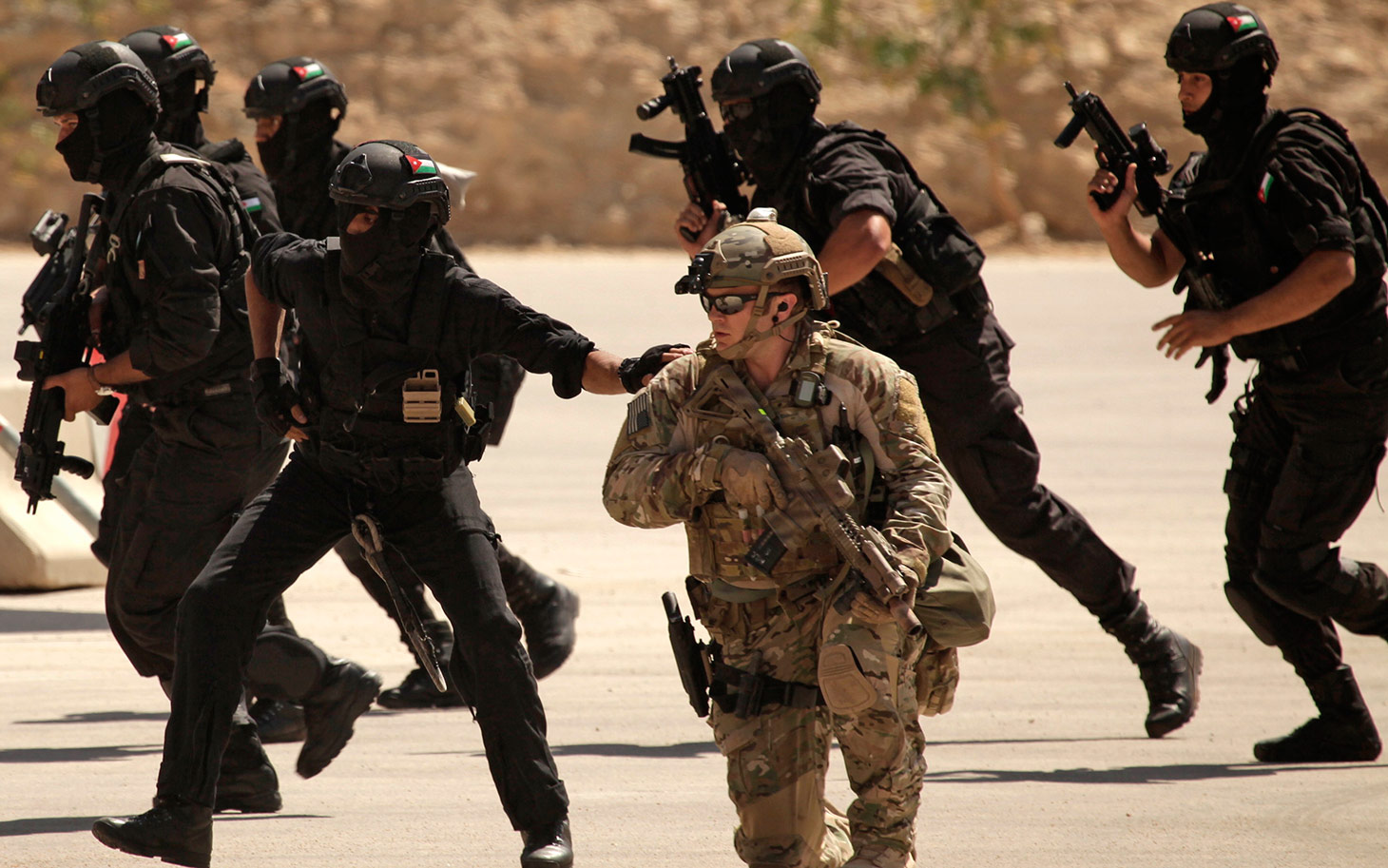

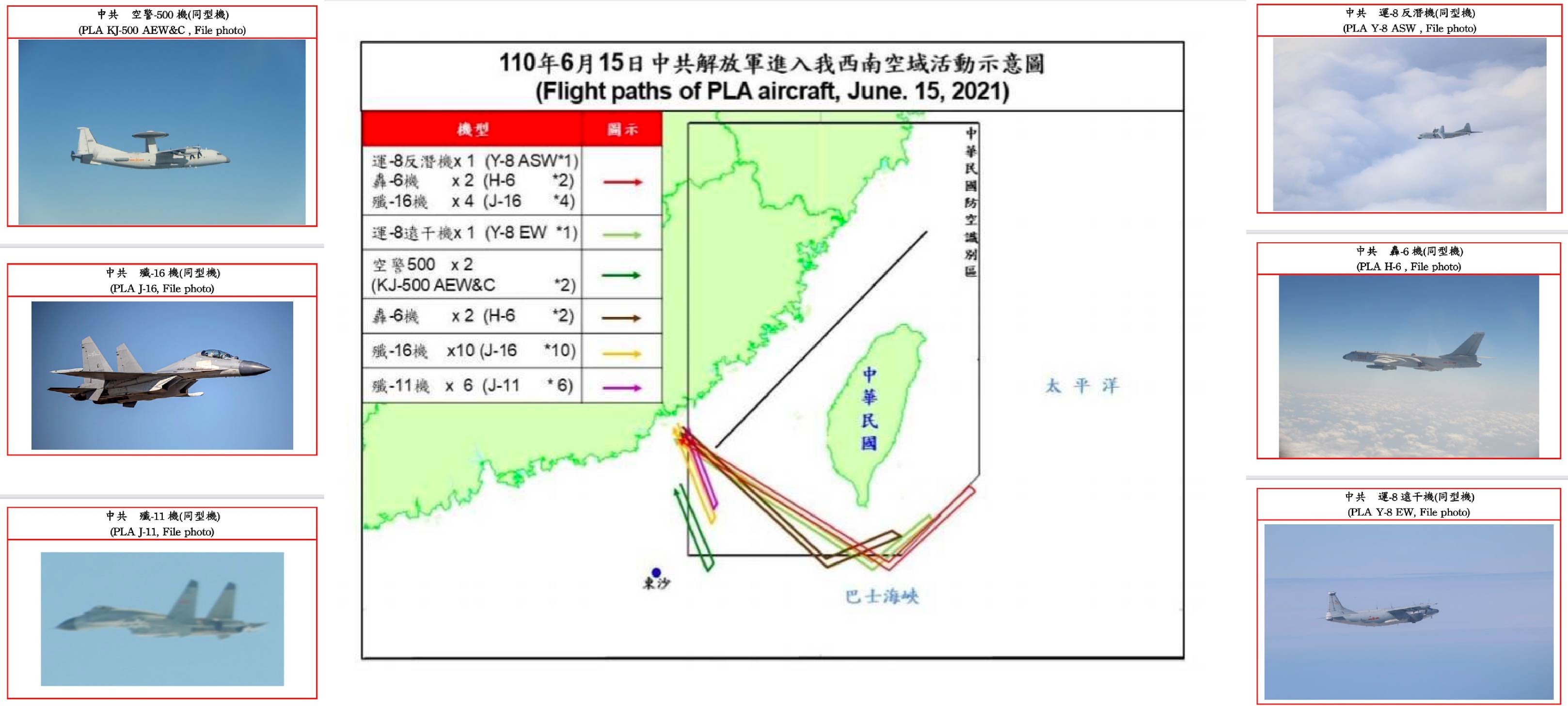

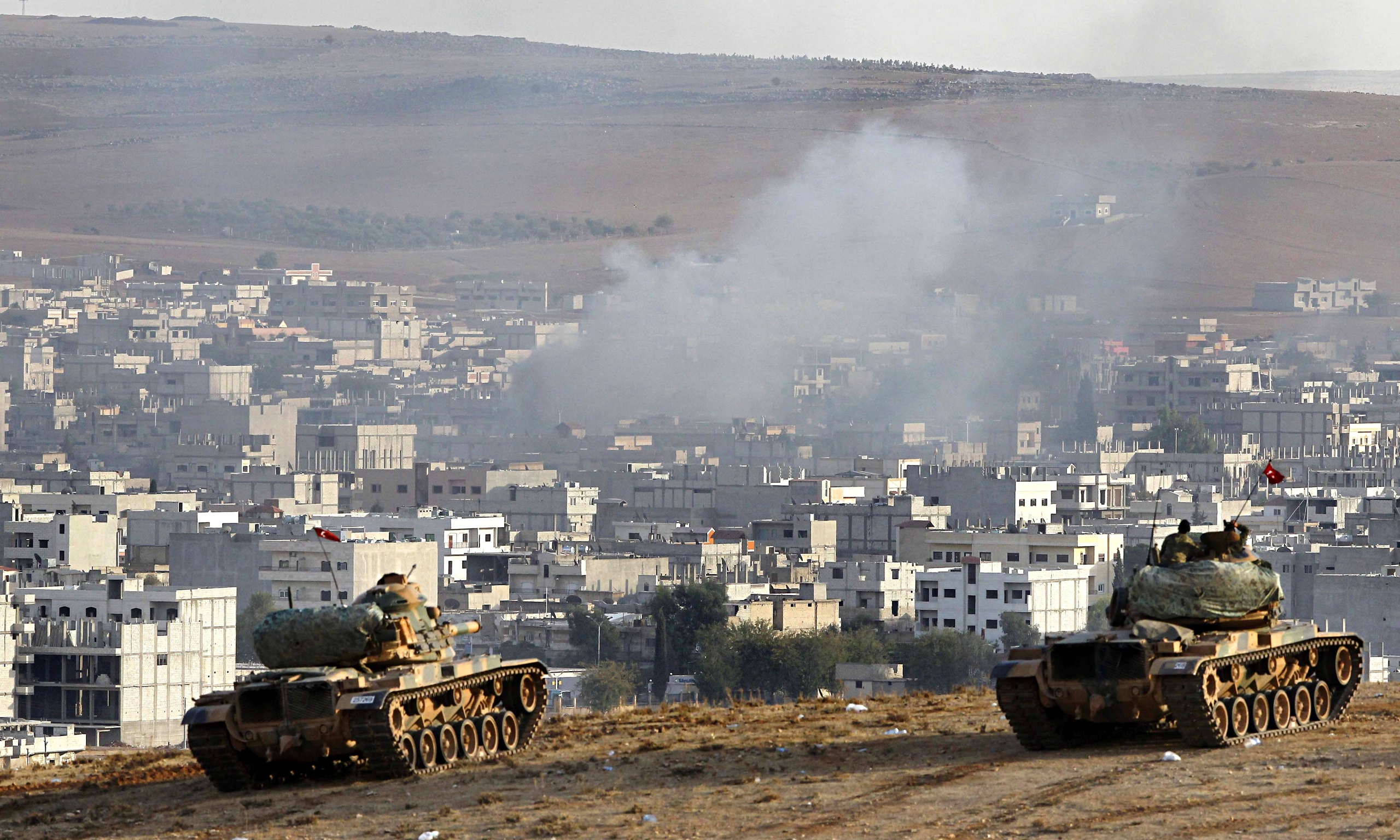

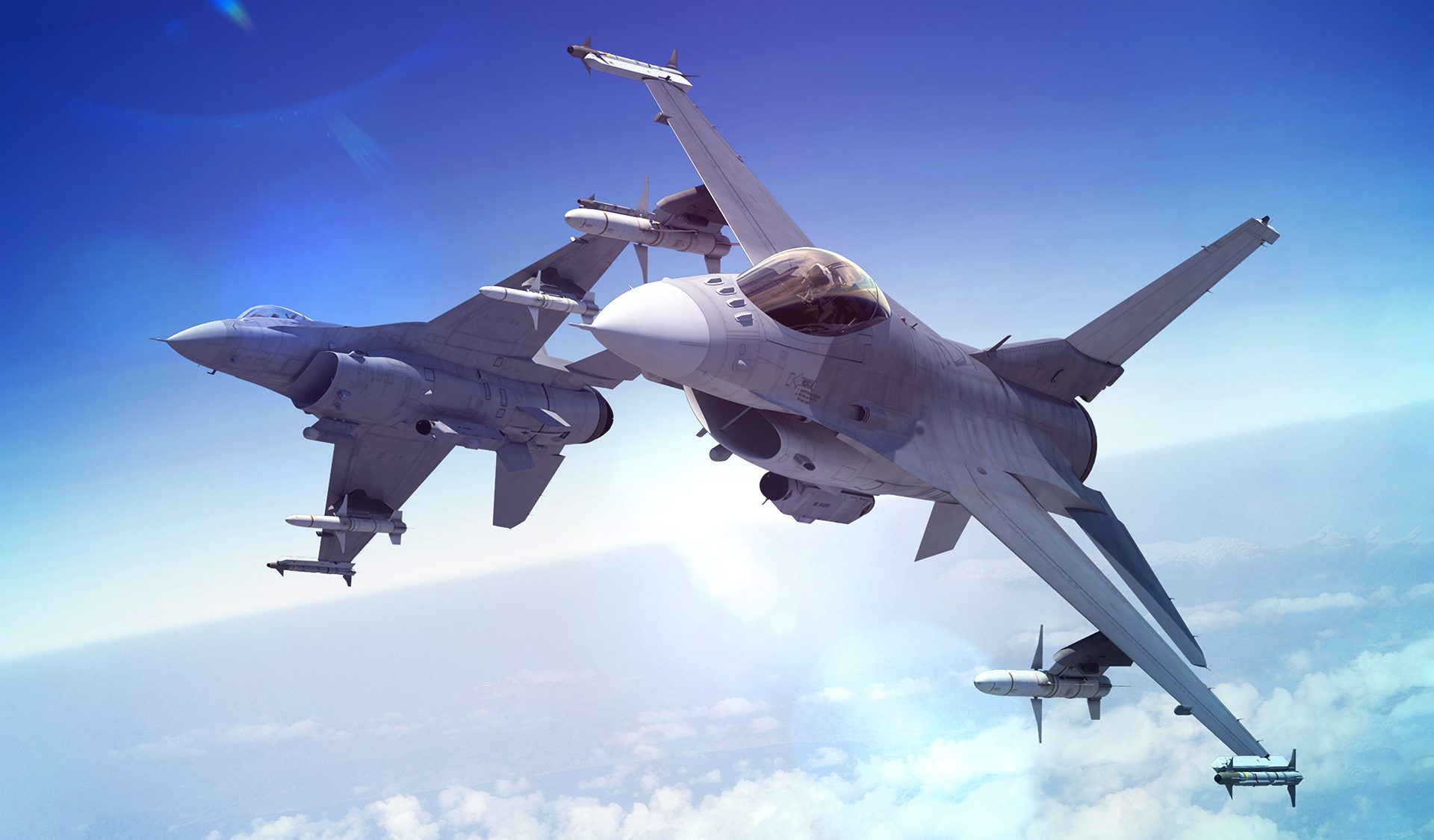

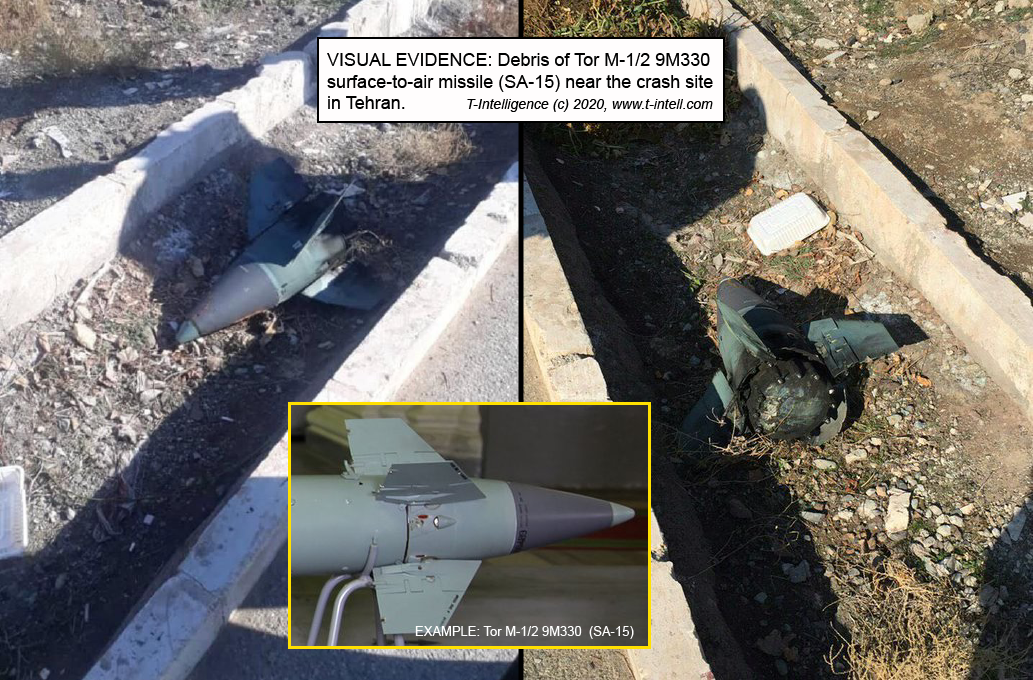
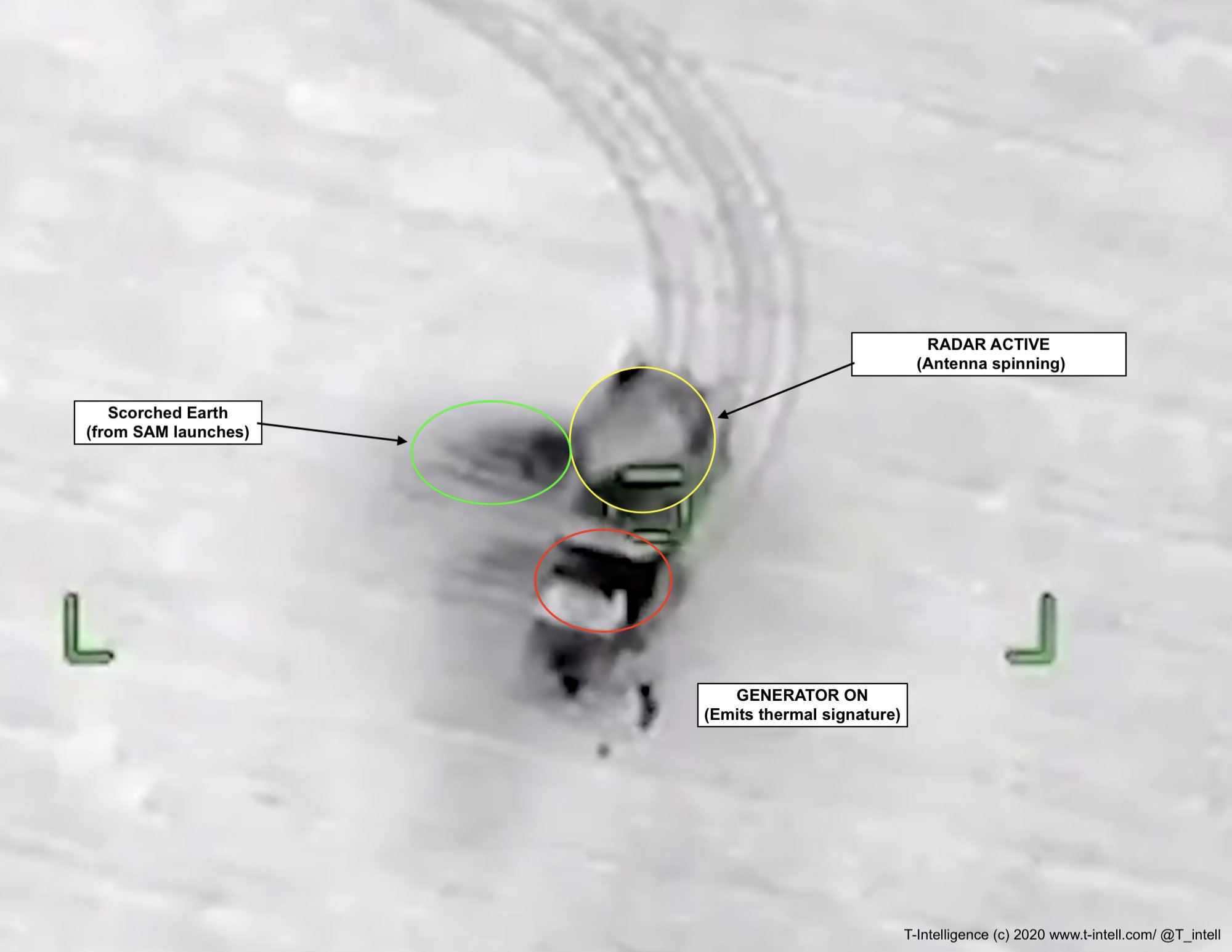
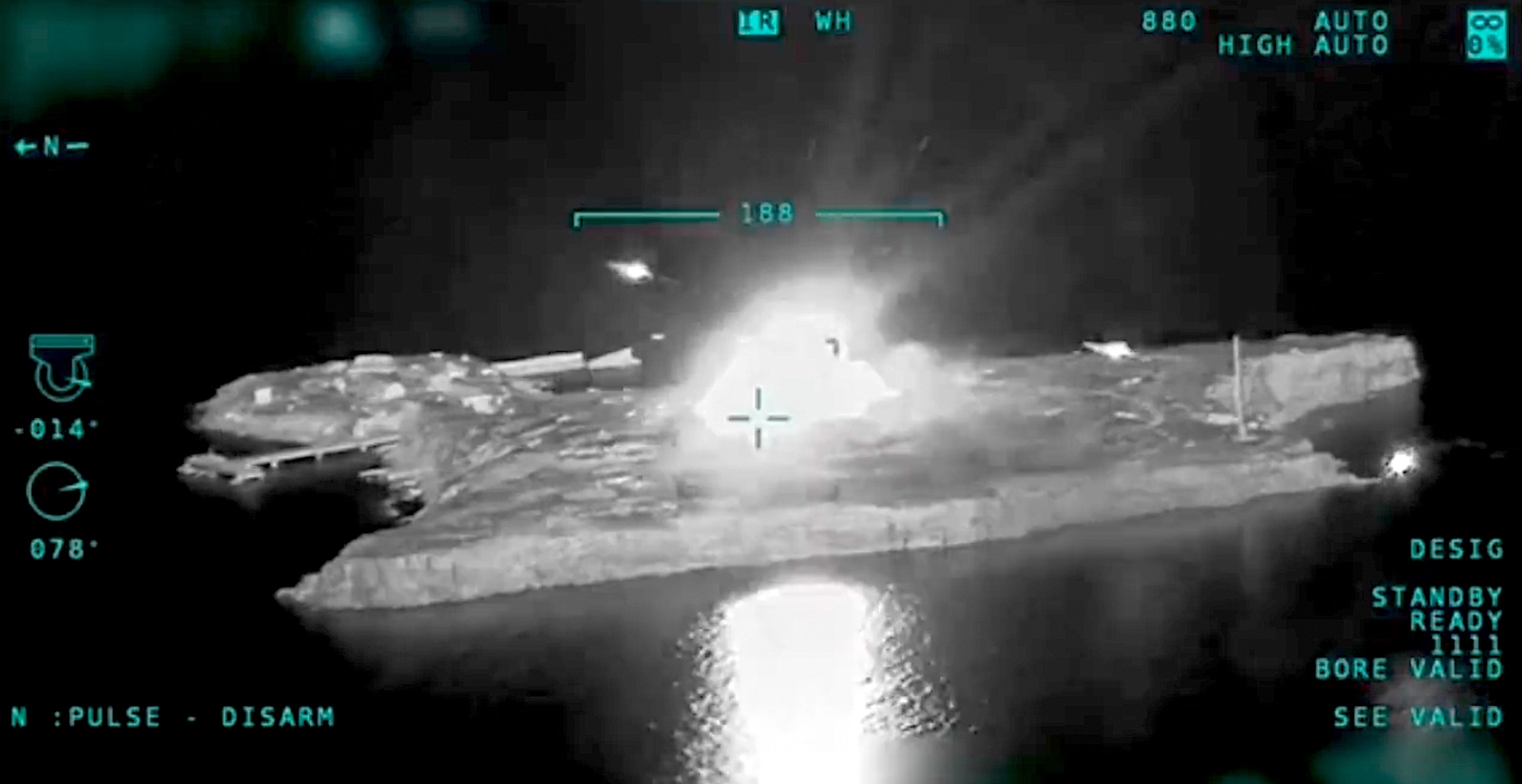



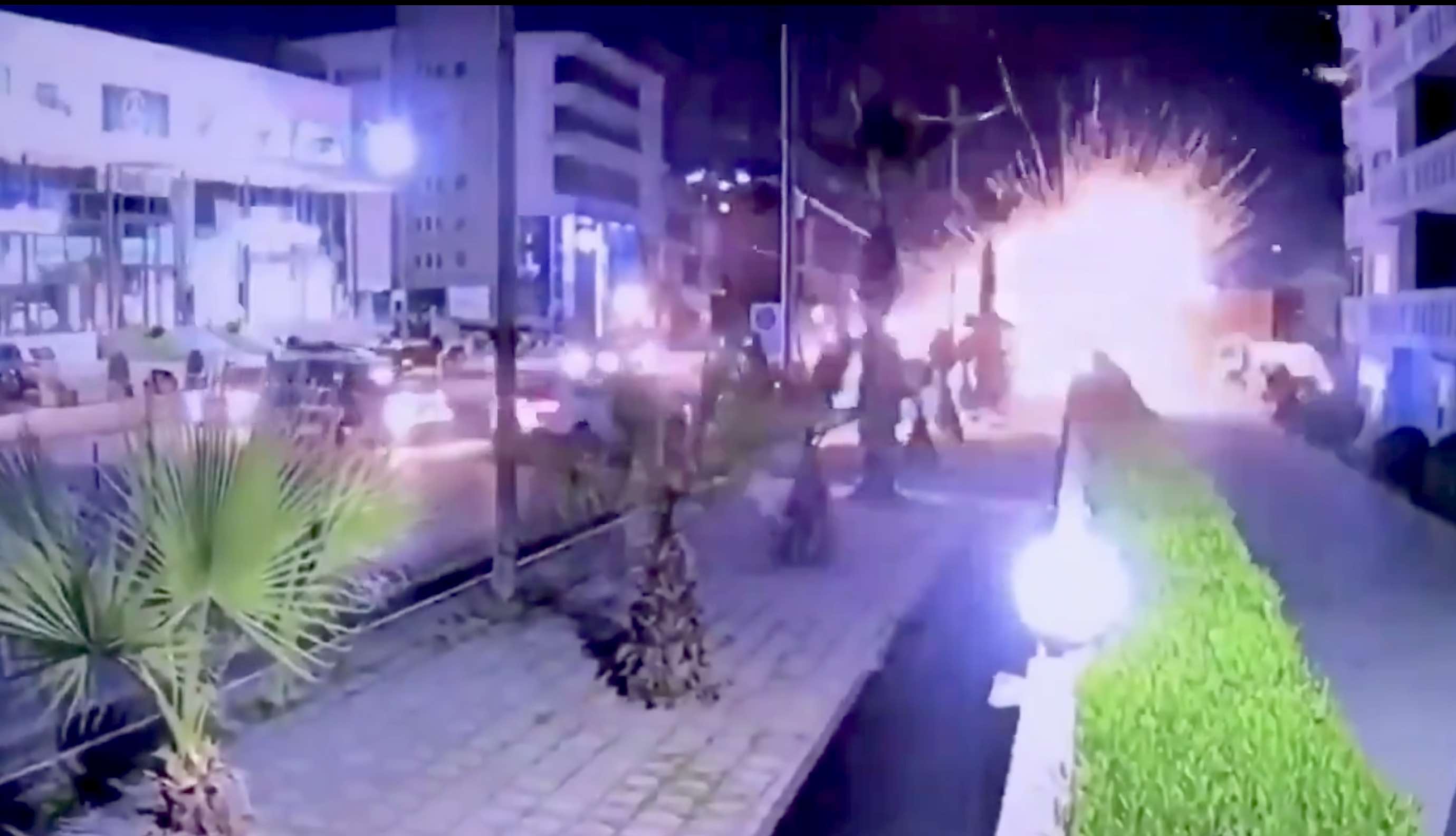
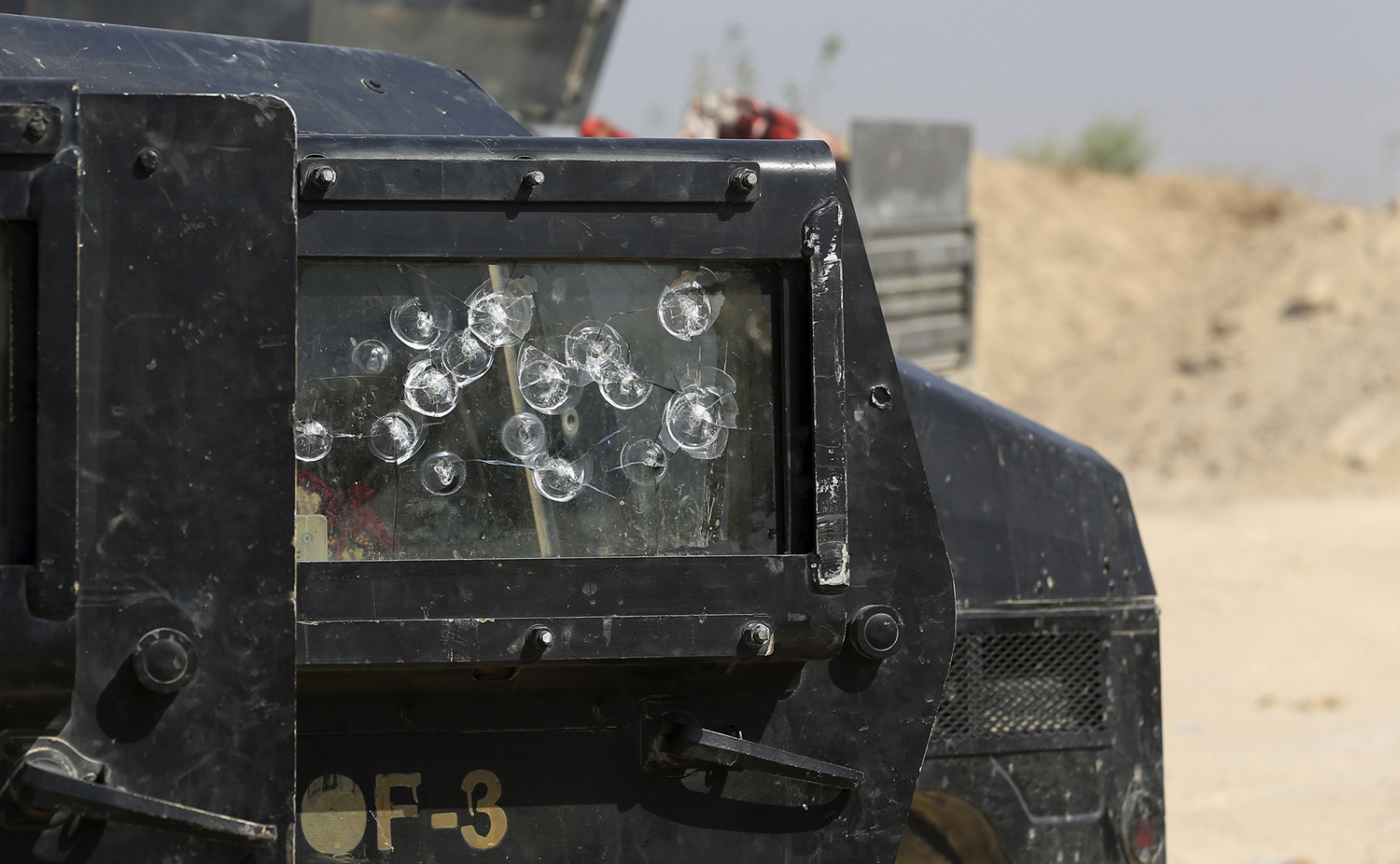

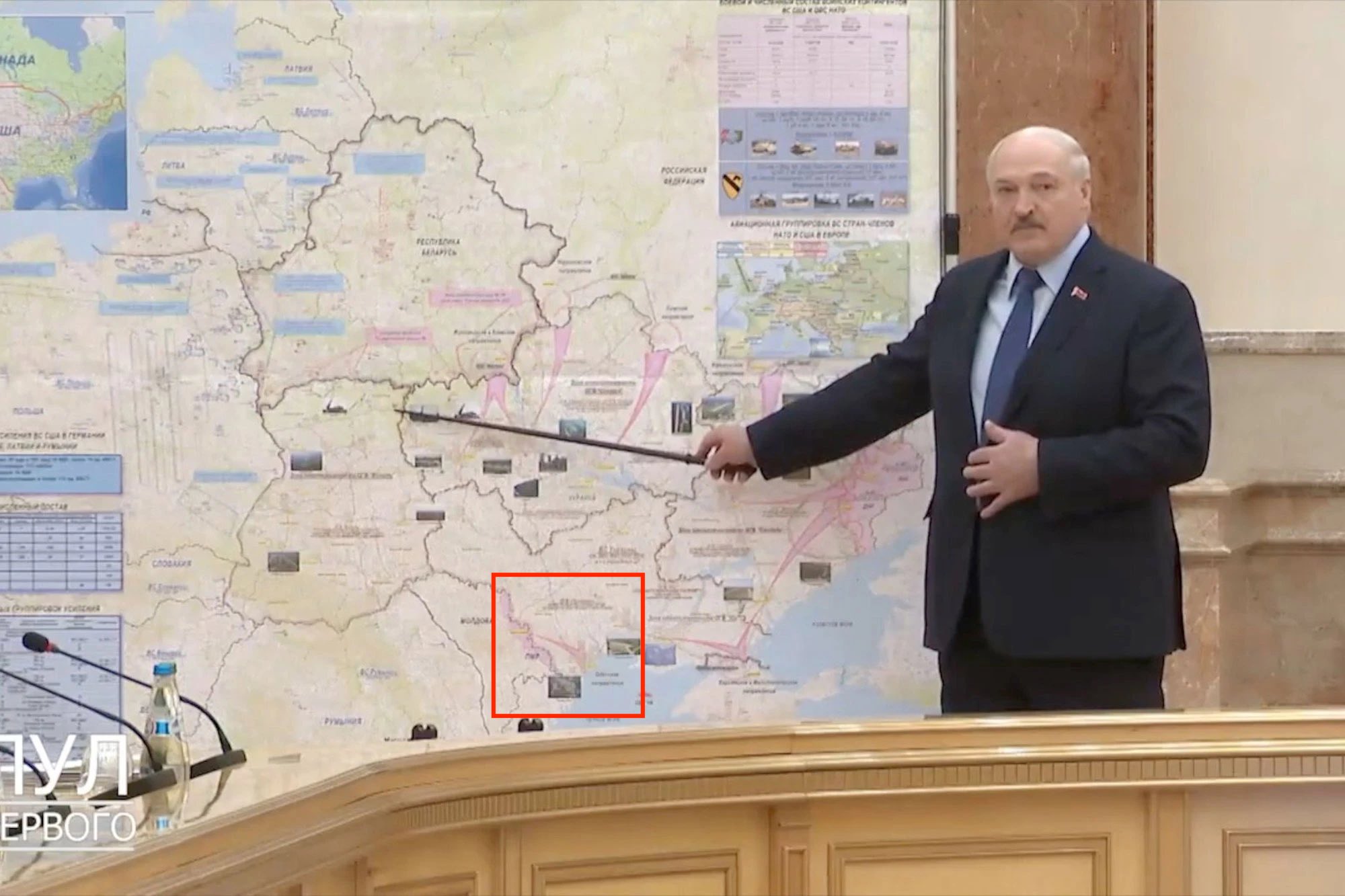
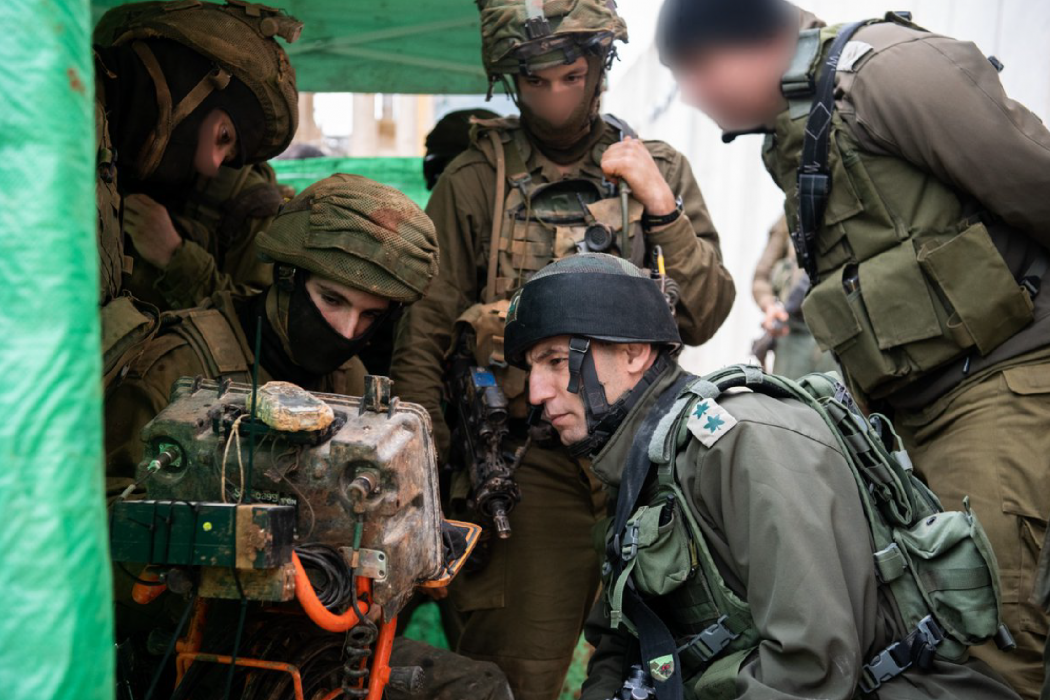

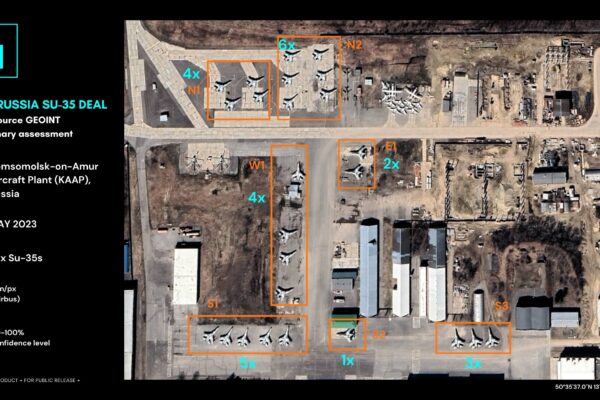
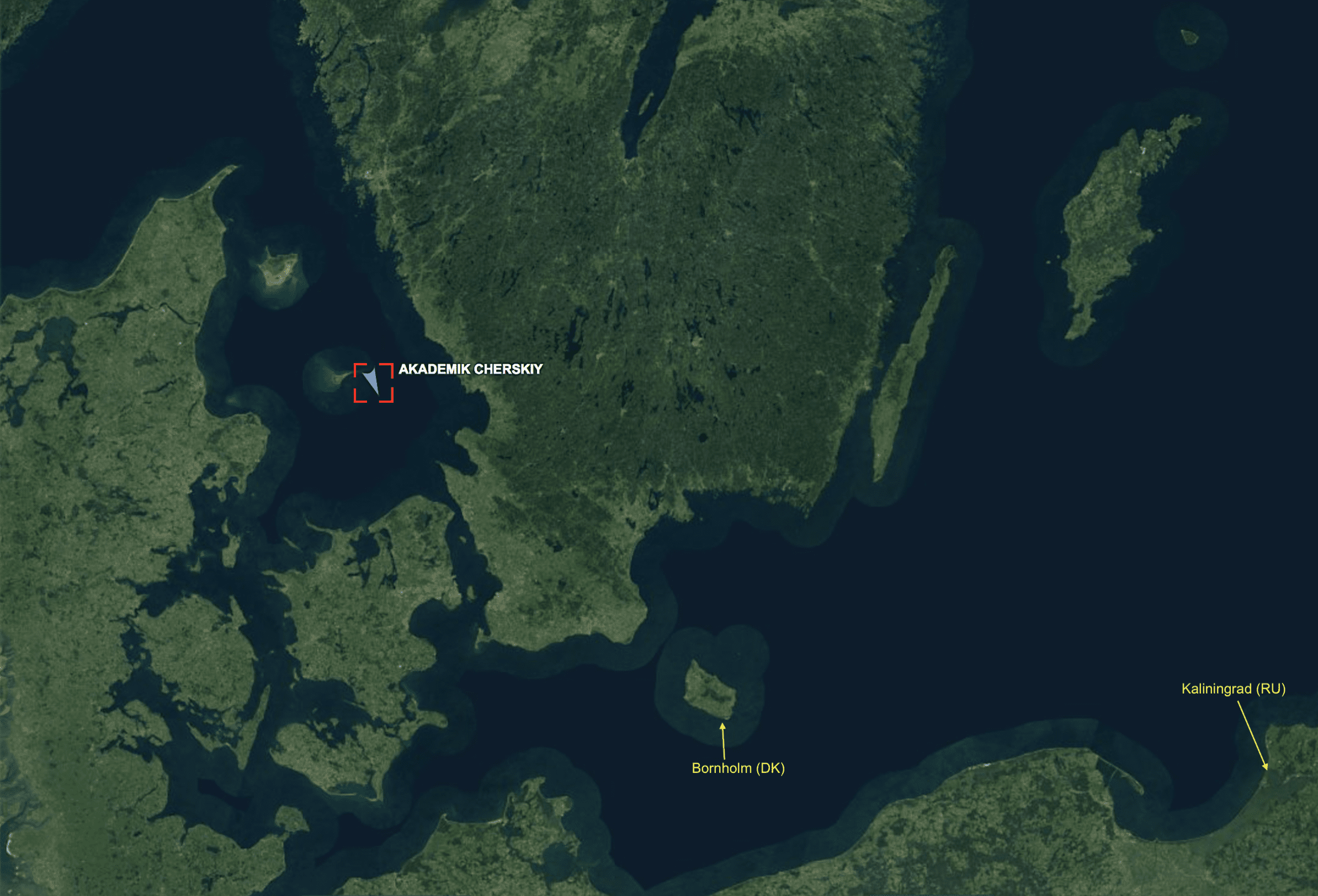
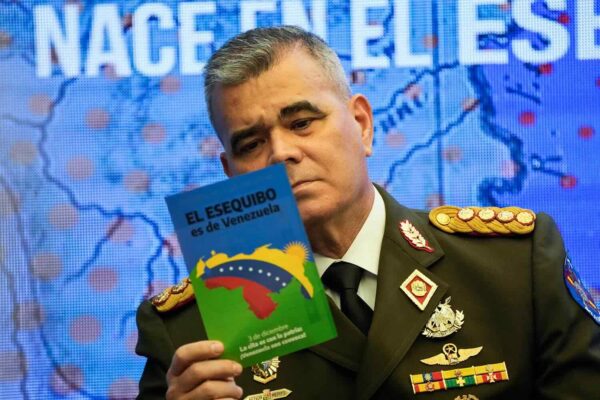
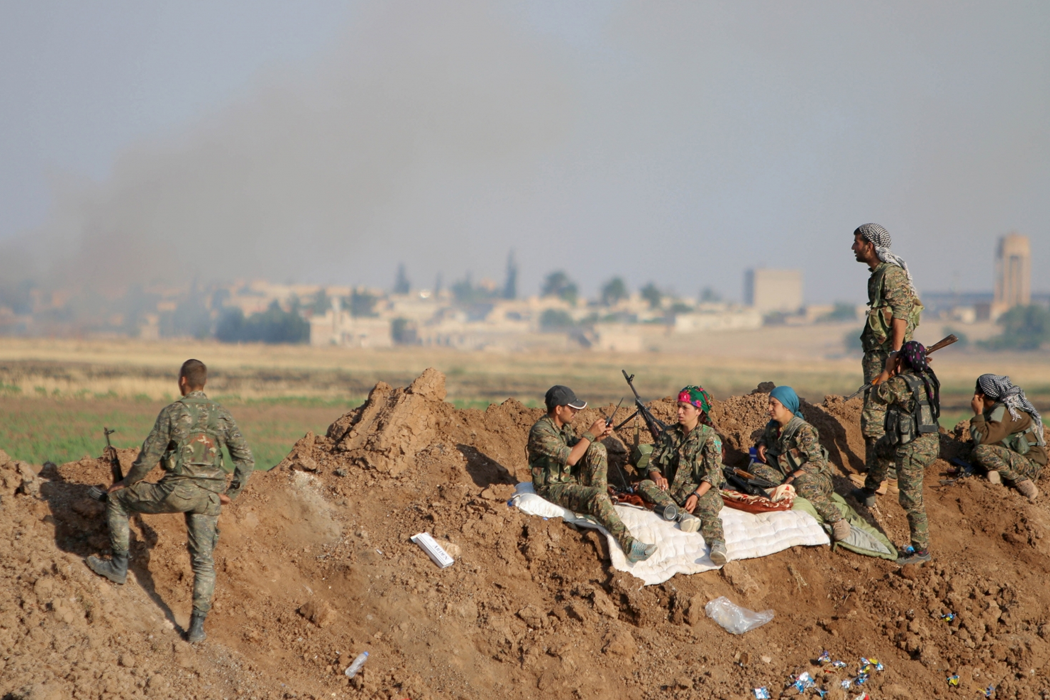
![[UPDATED] Saudis To Retaliate After Iranian-Backed Drone Attack](https://t-intell.com/wp-content/uploads/2019/09/copy-compressor.png)

